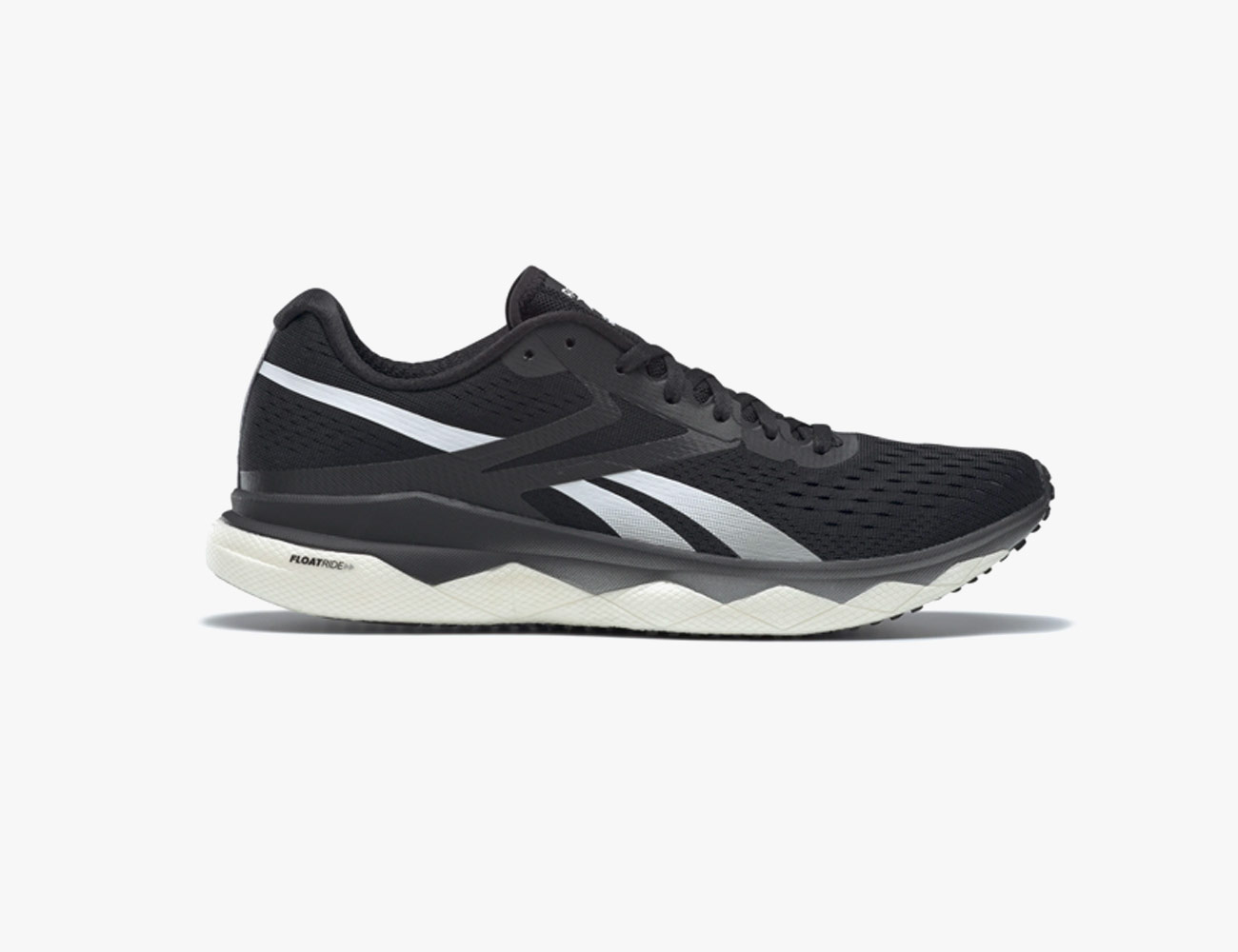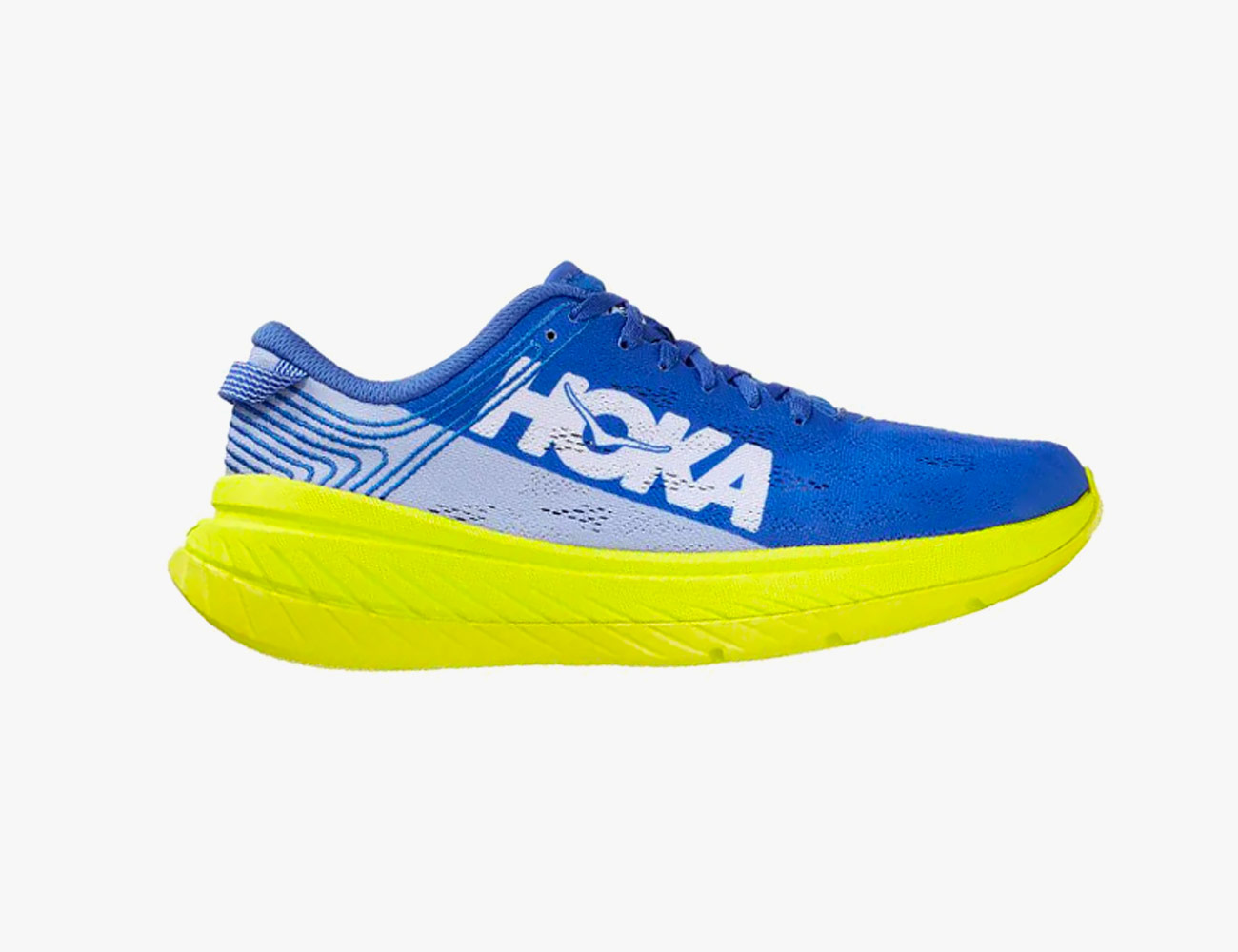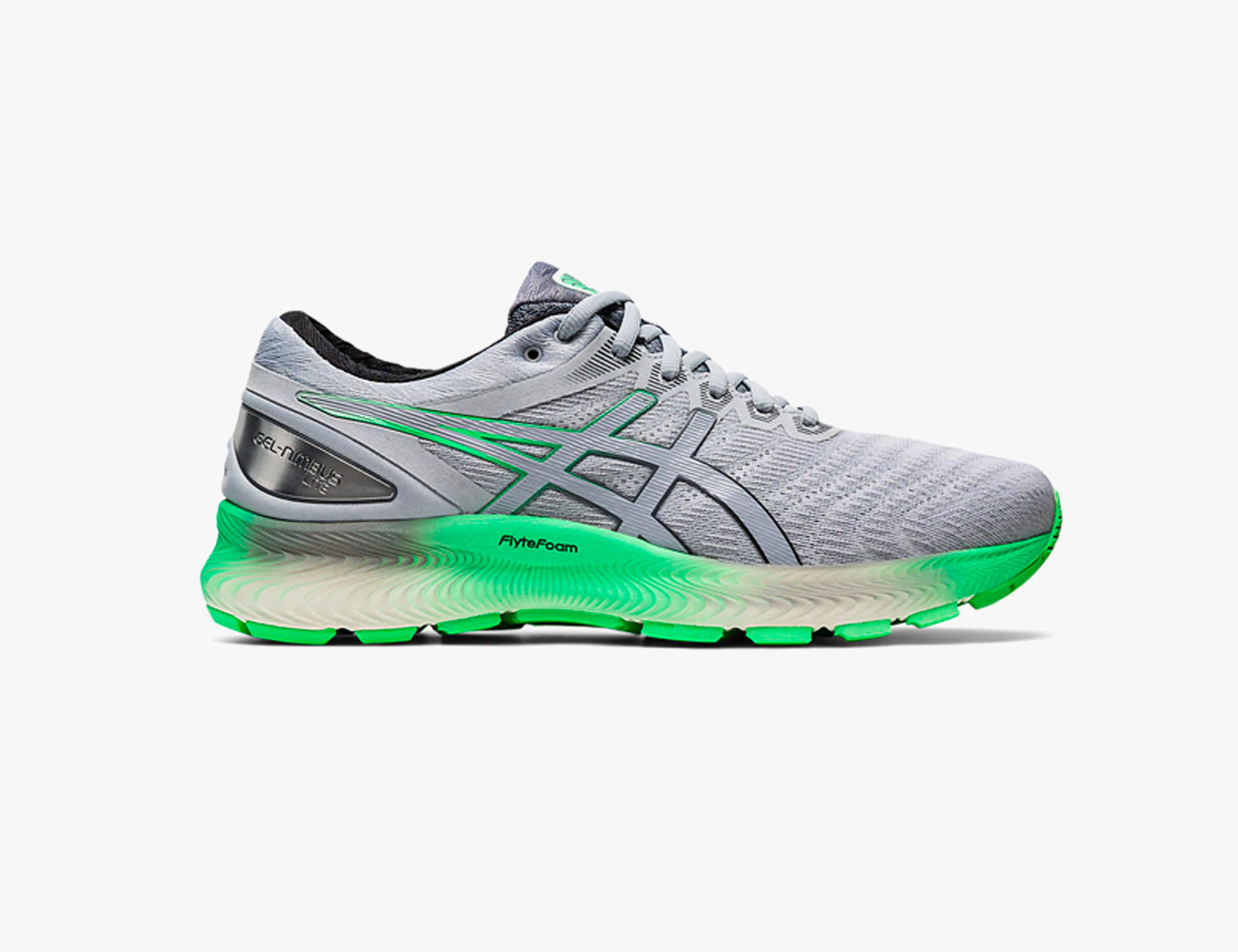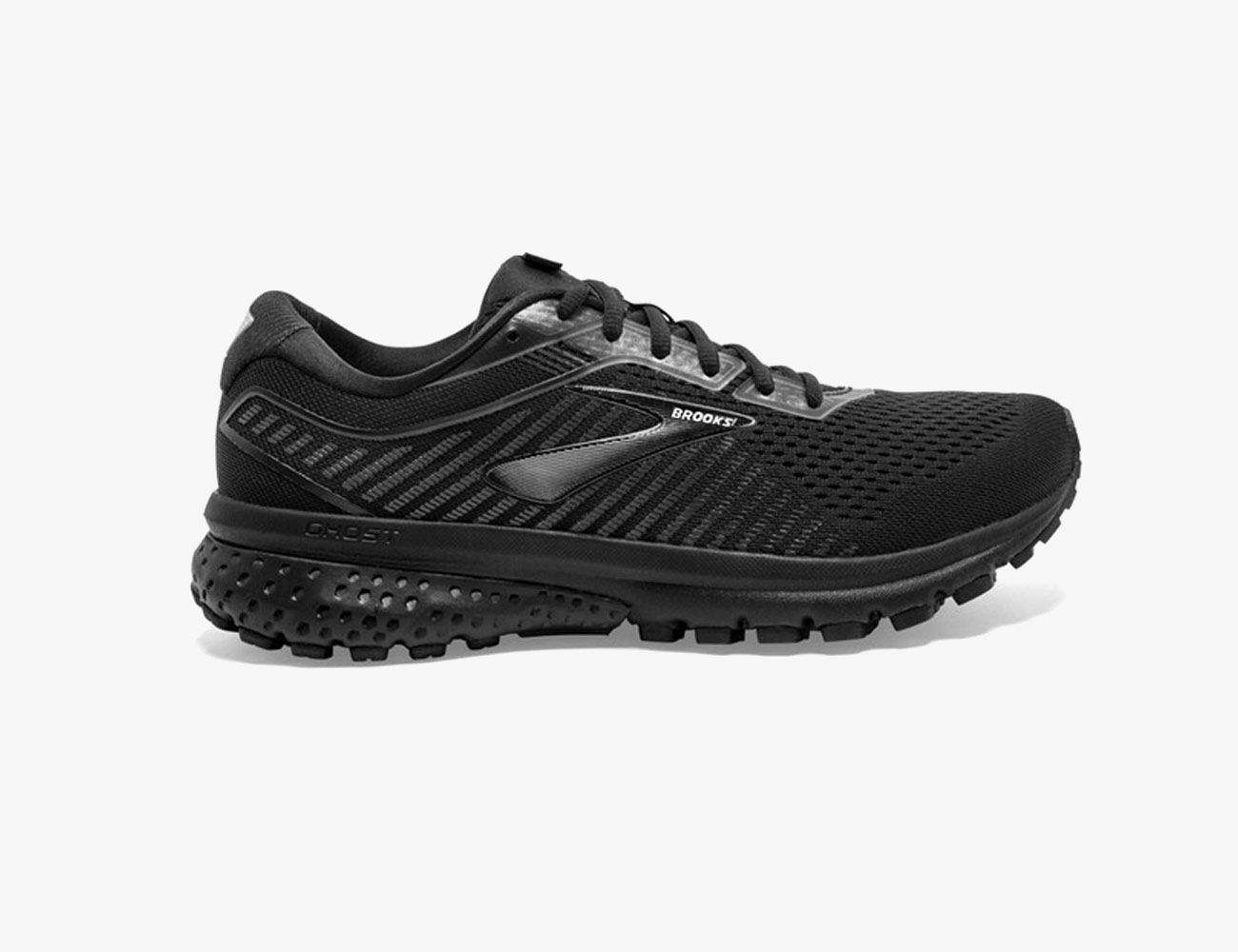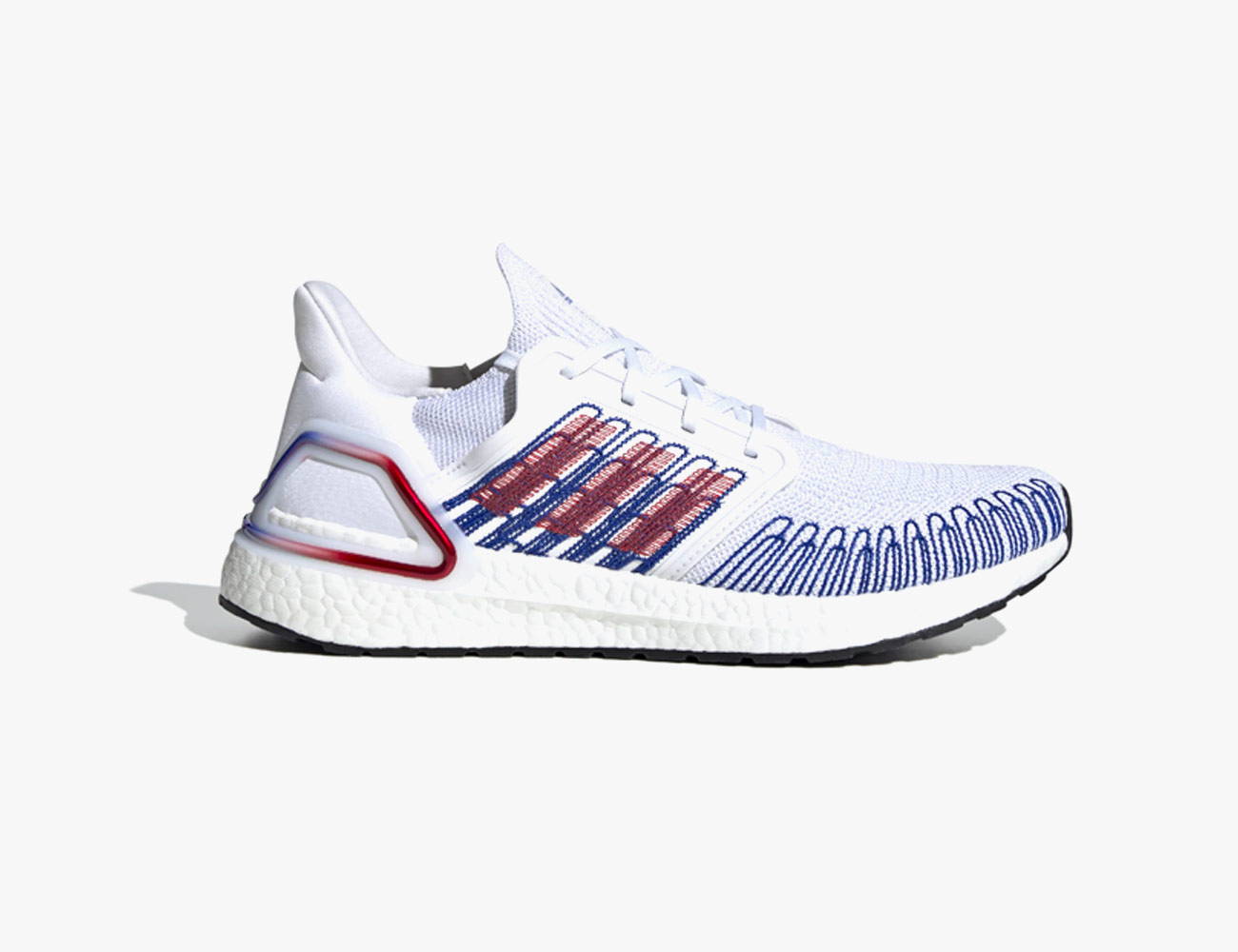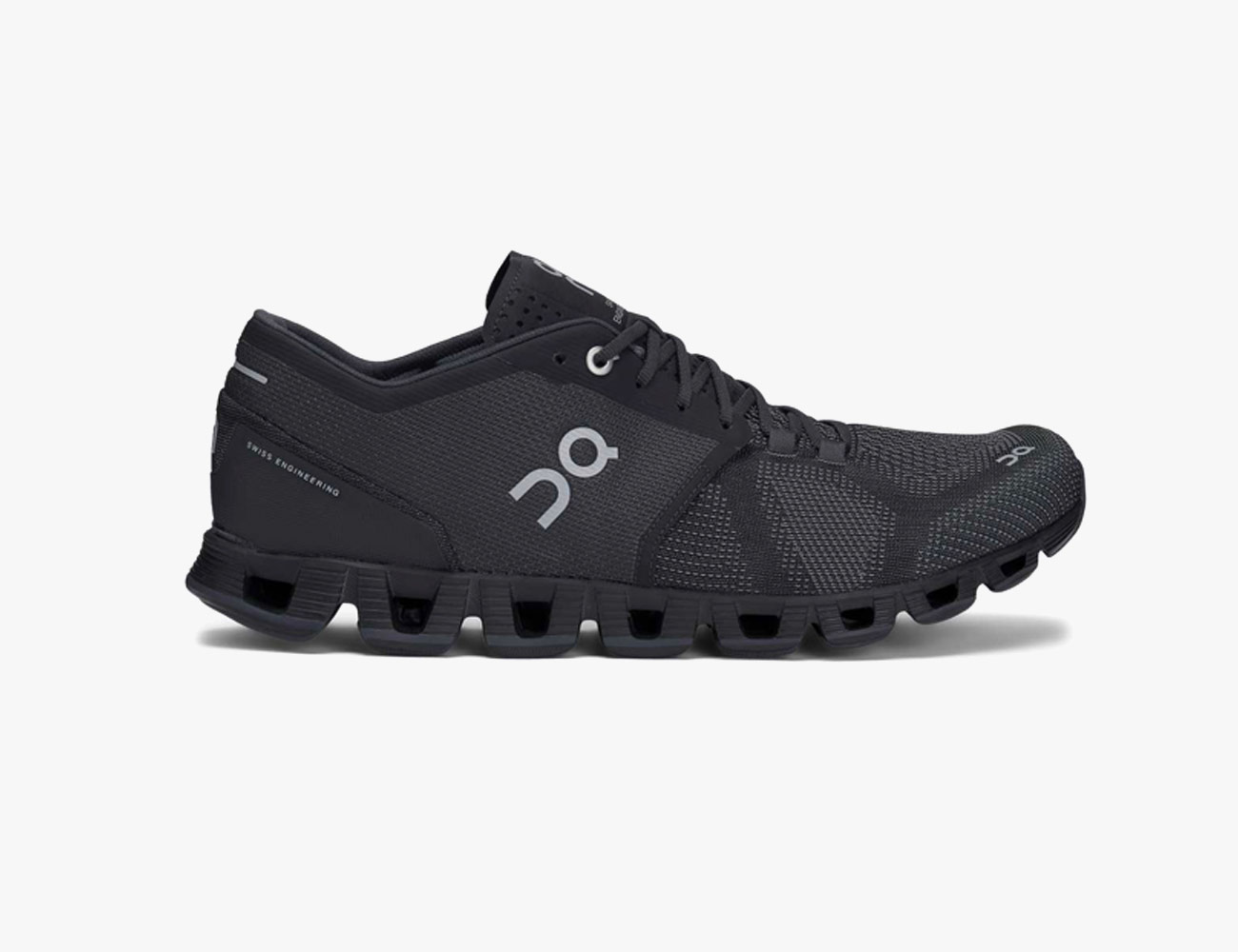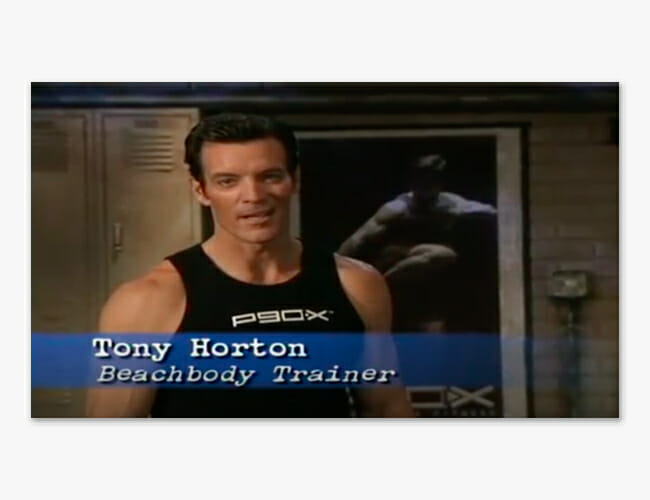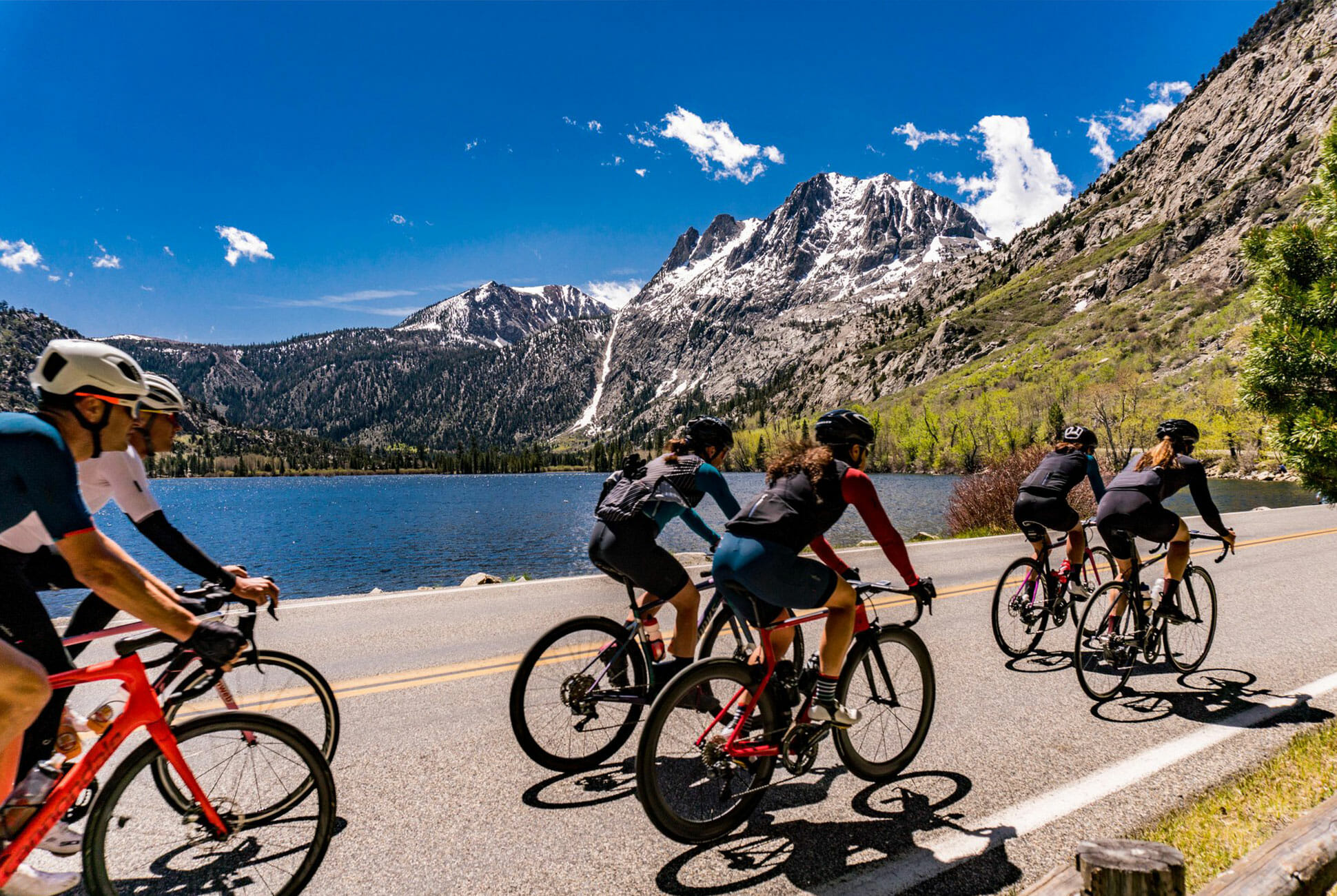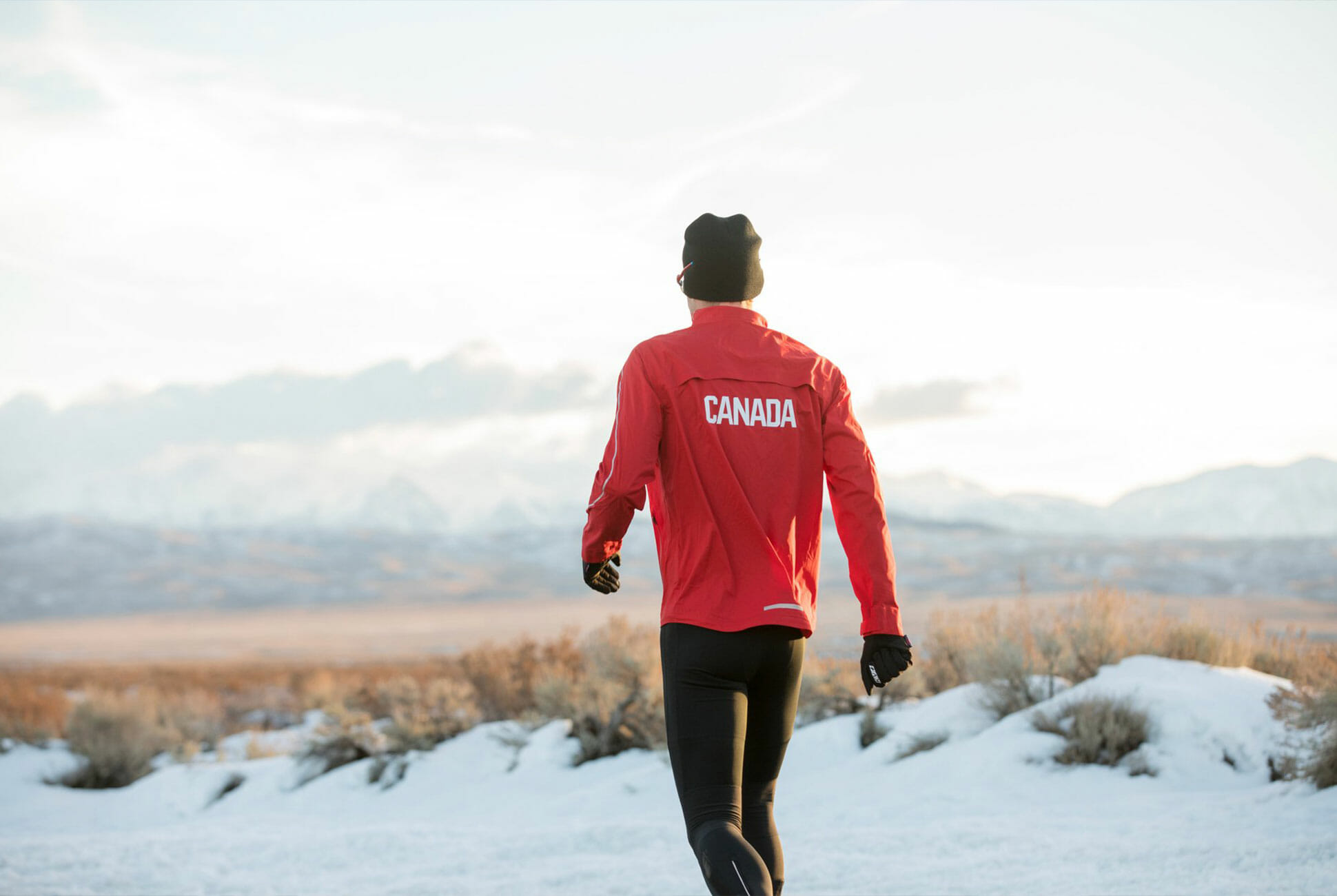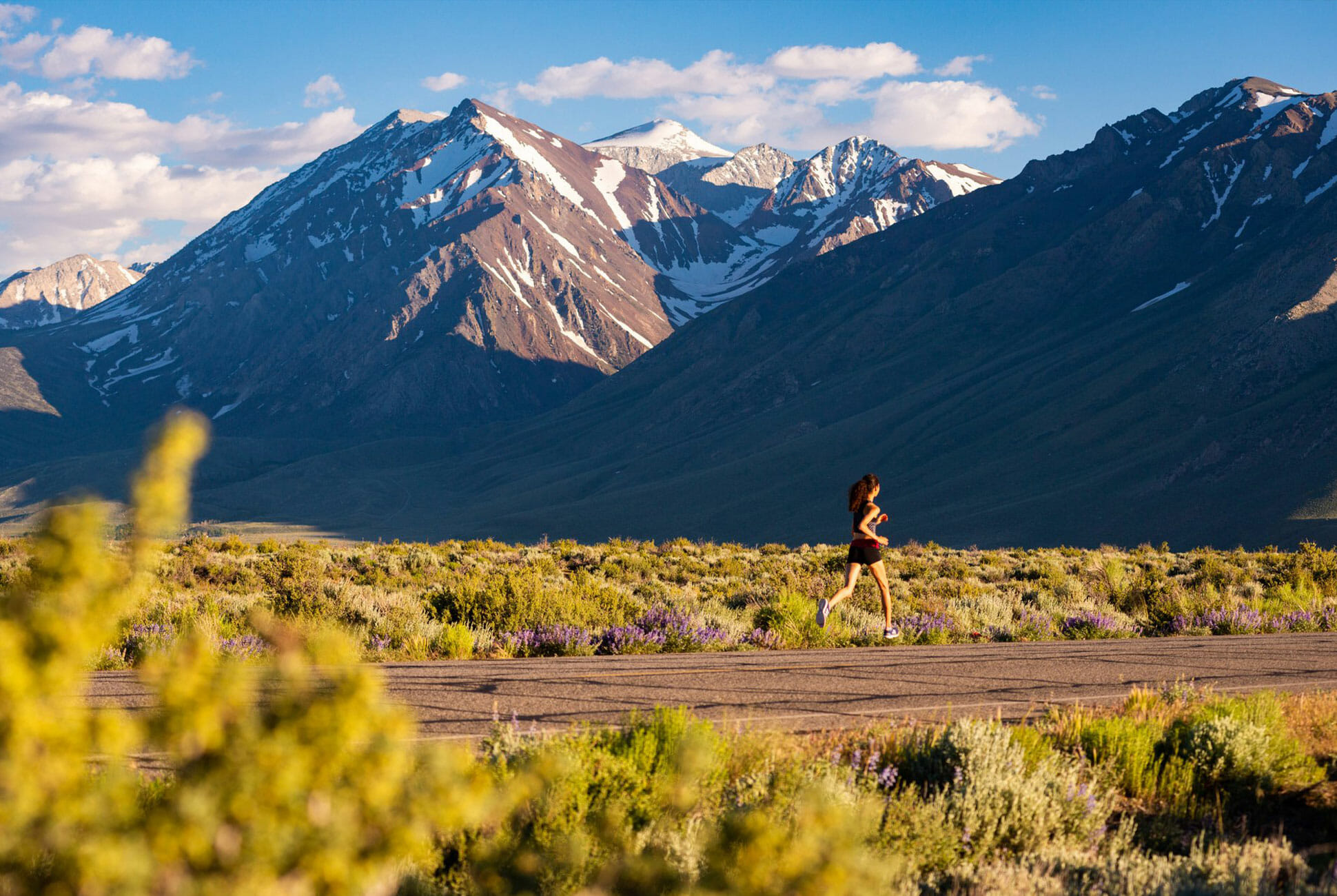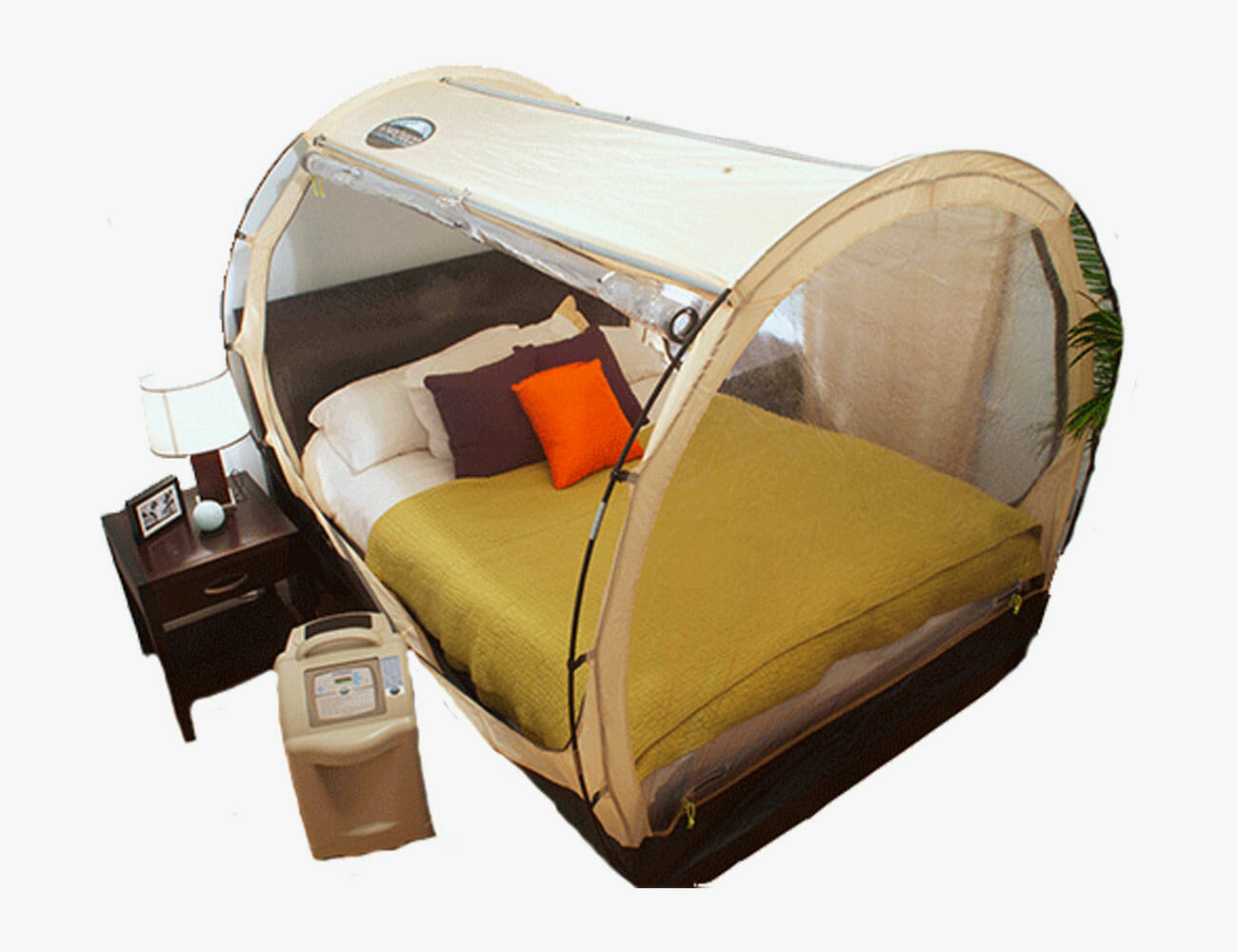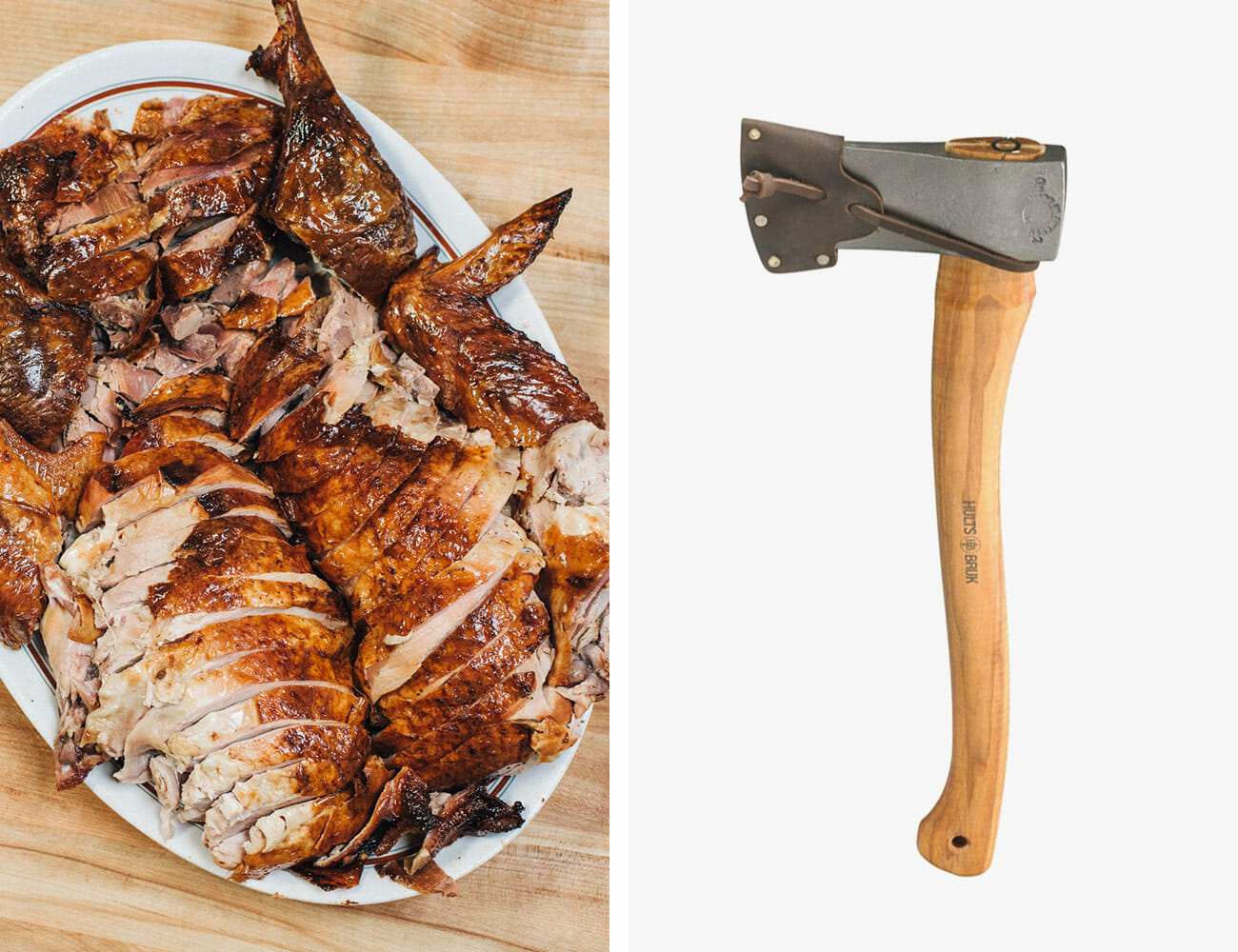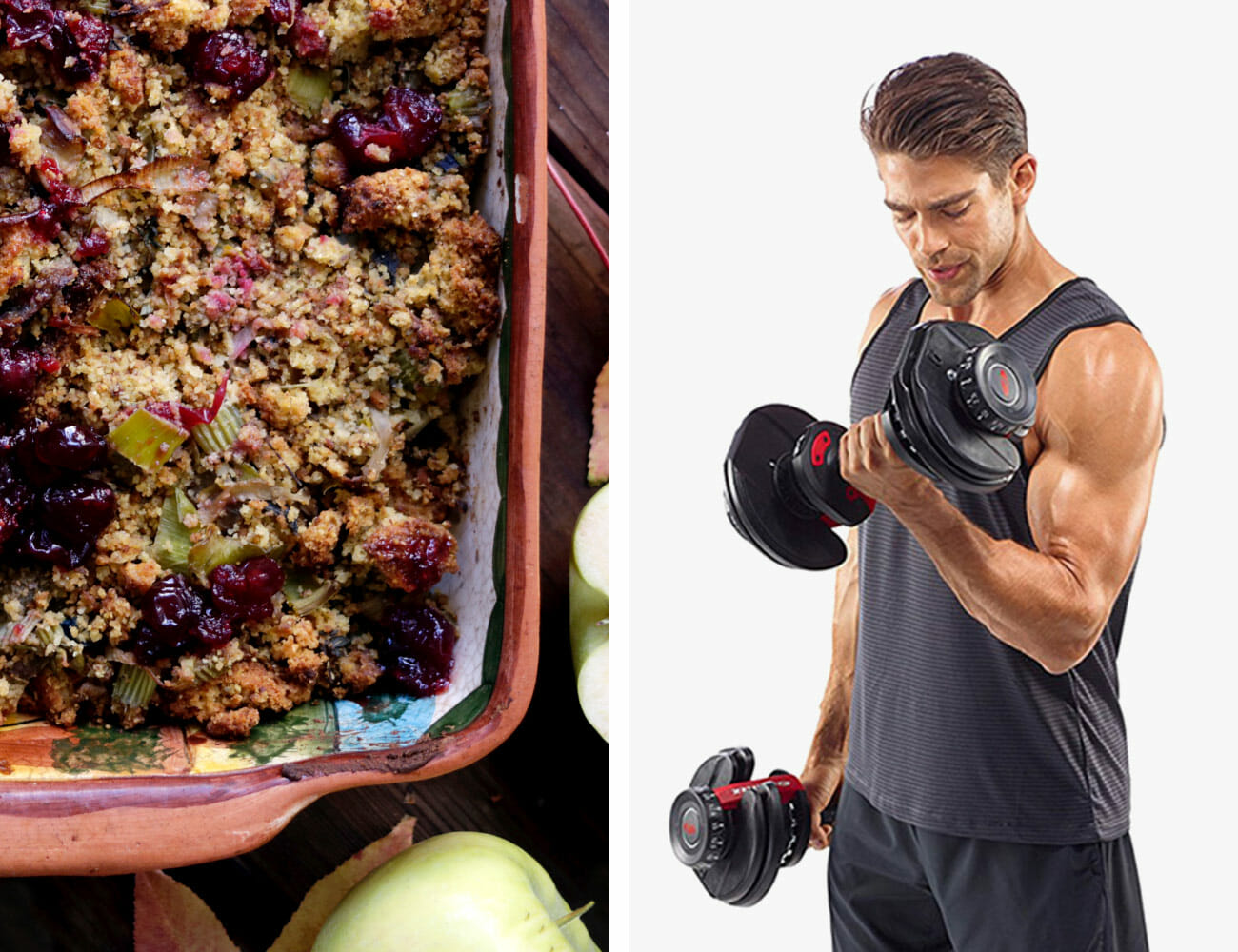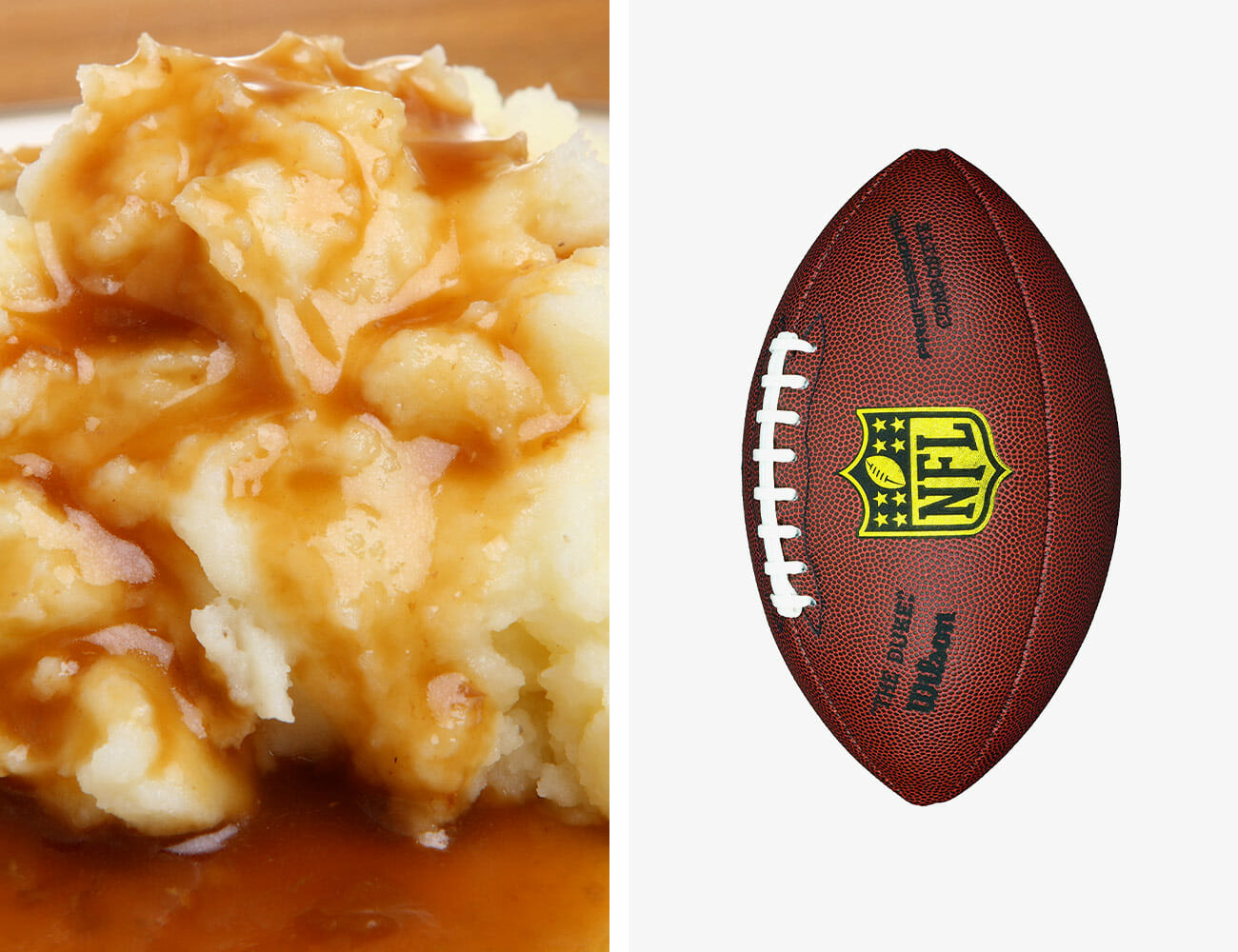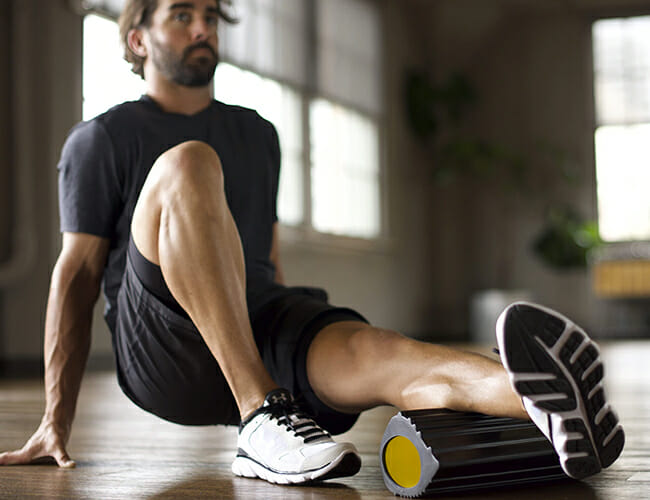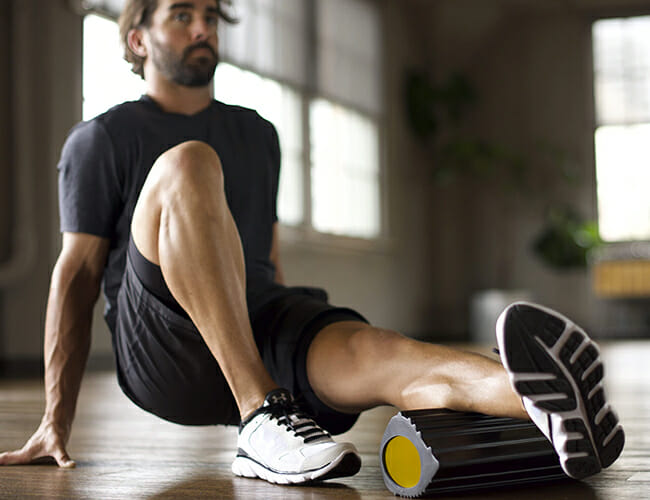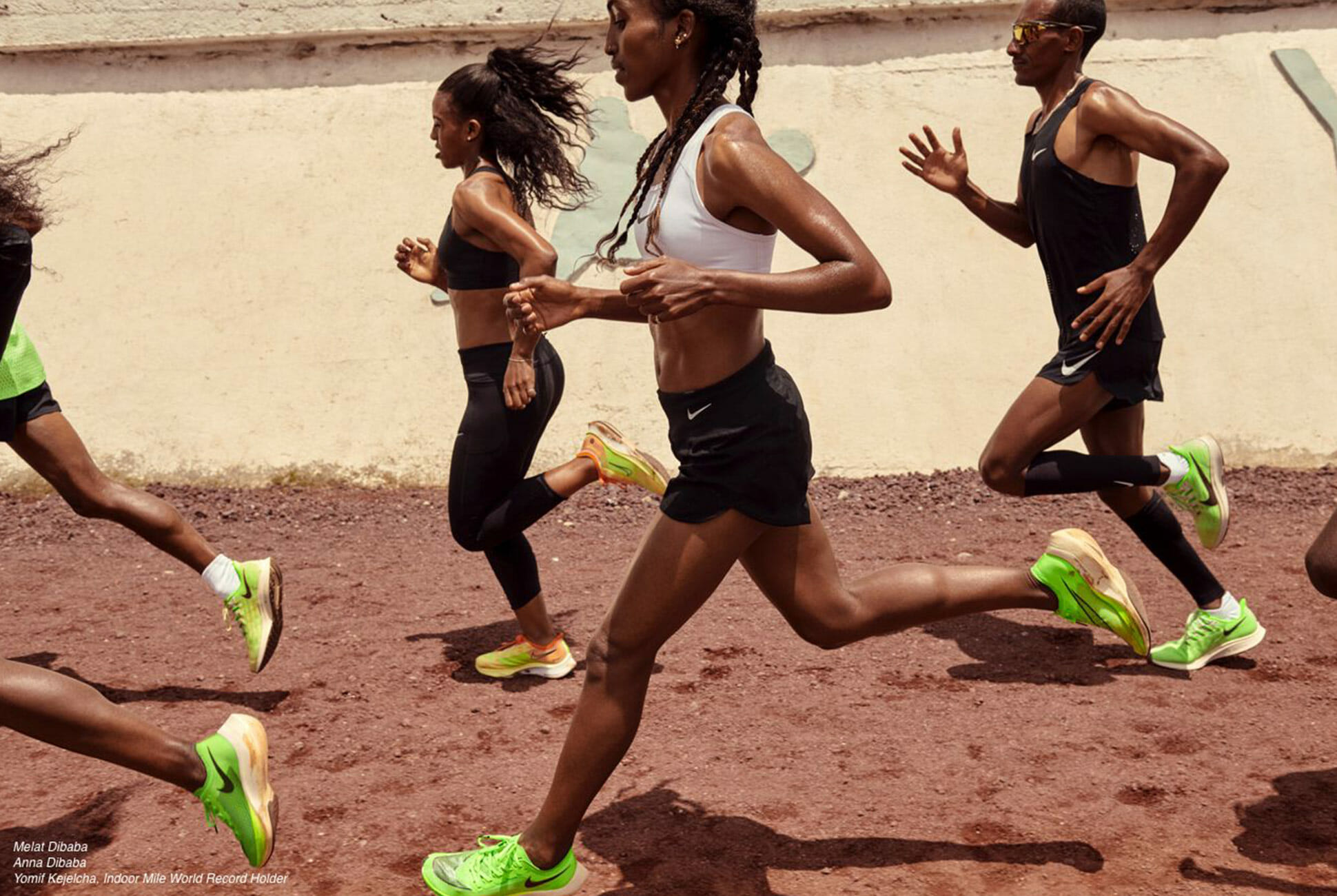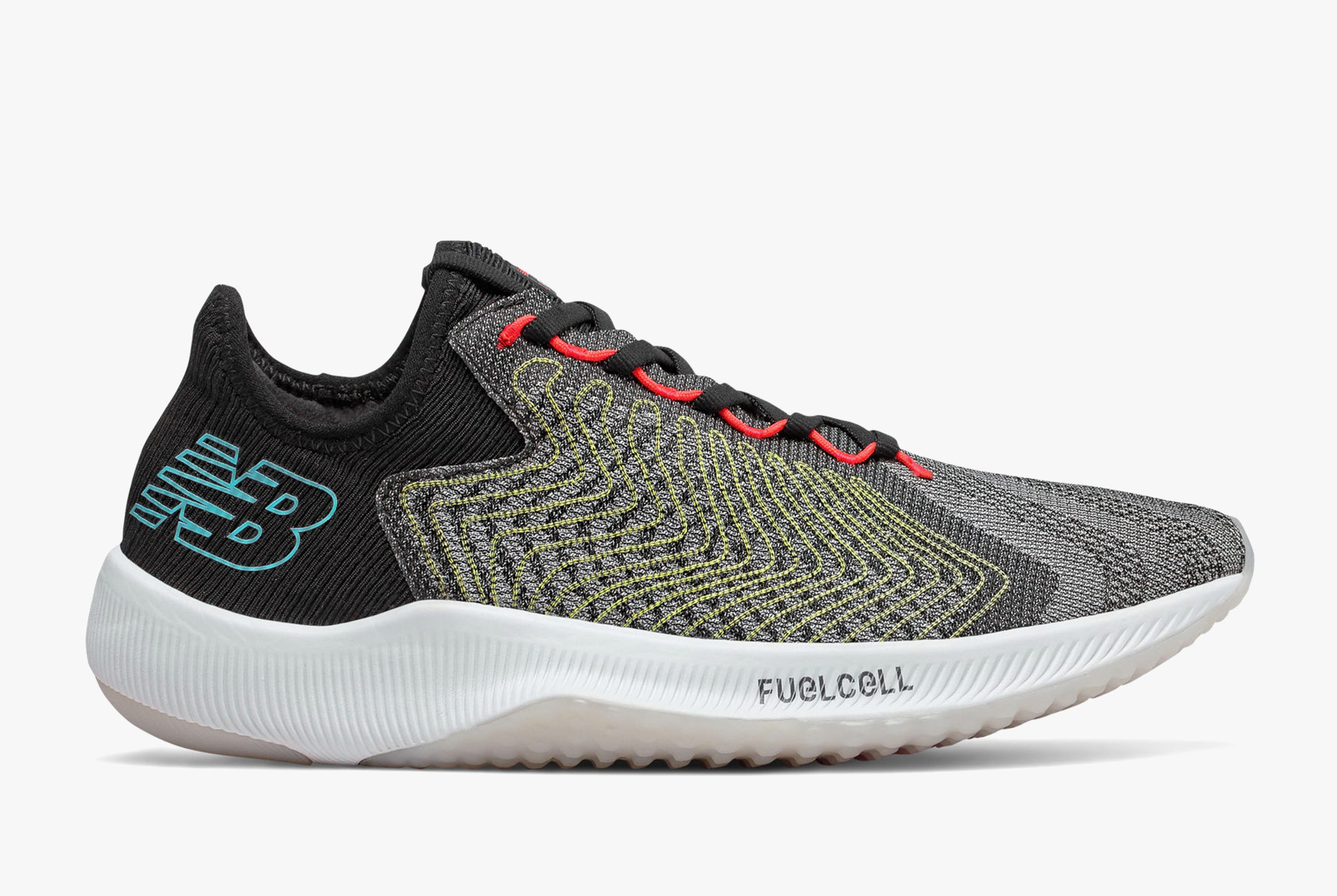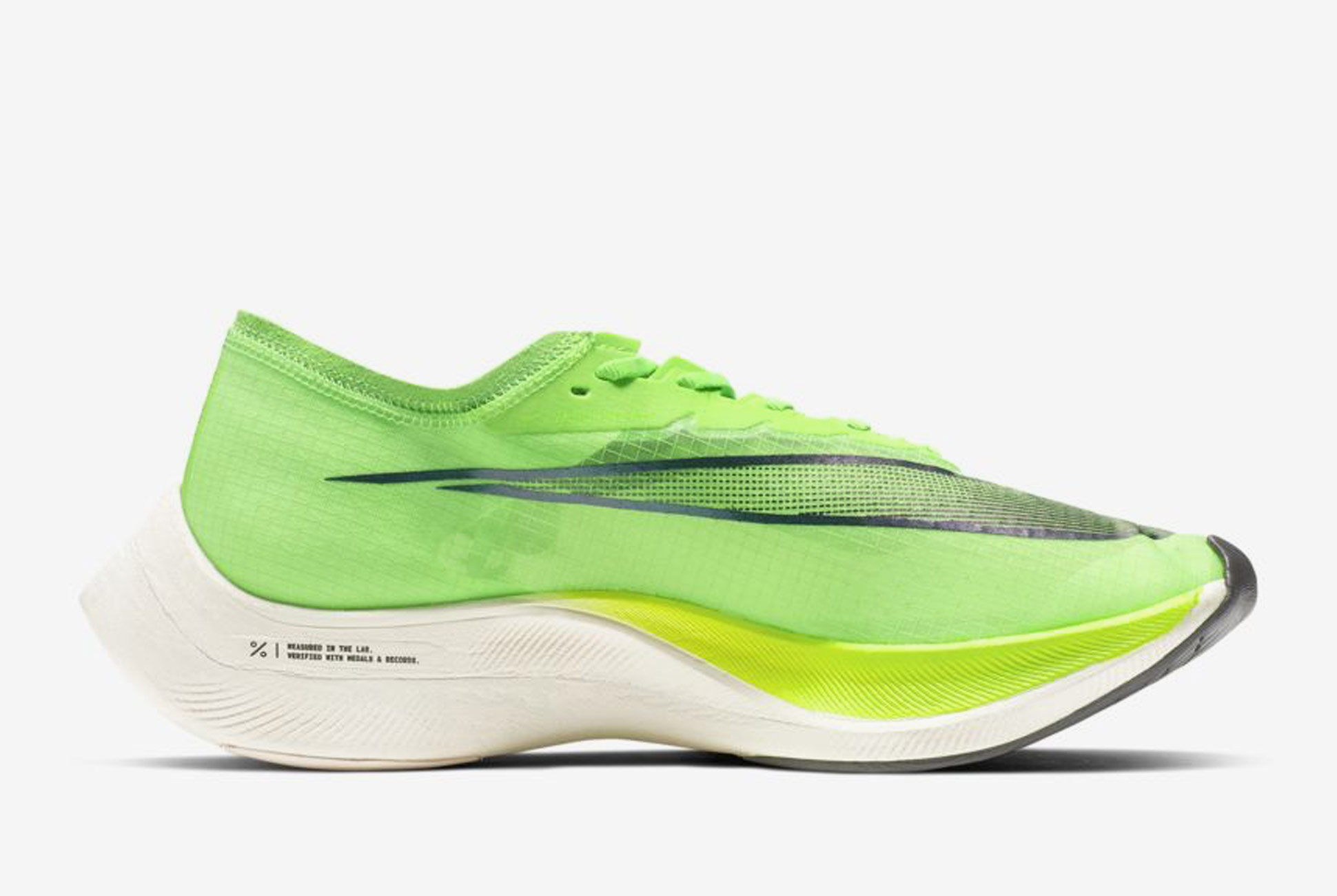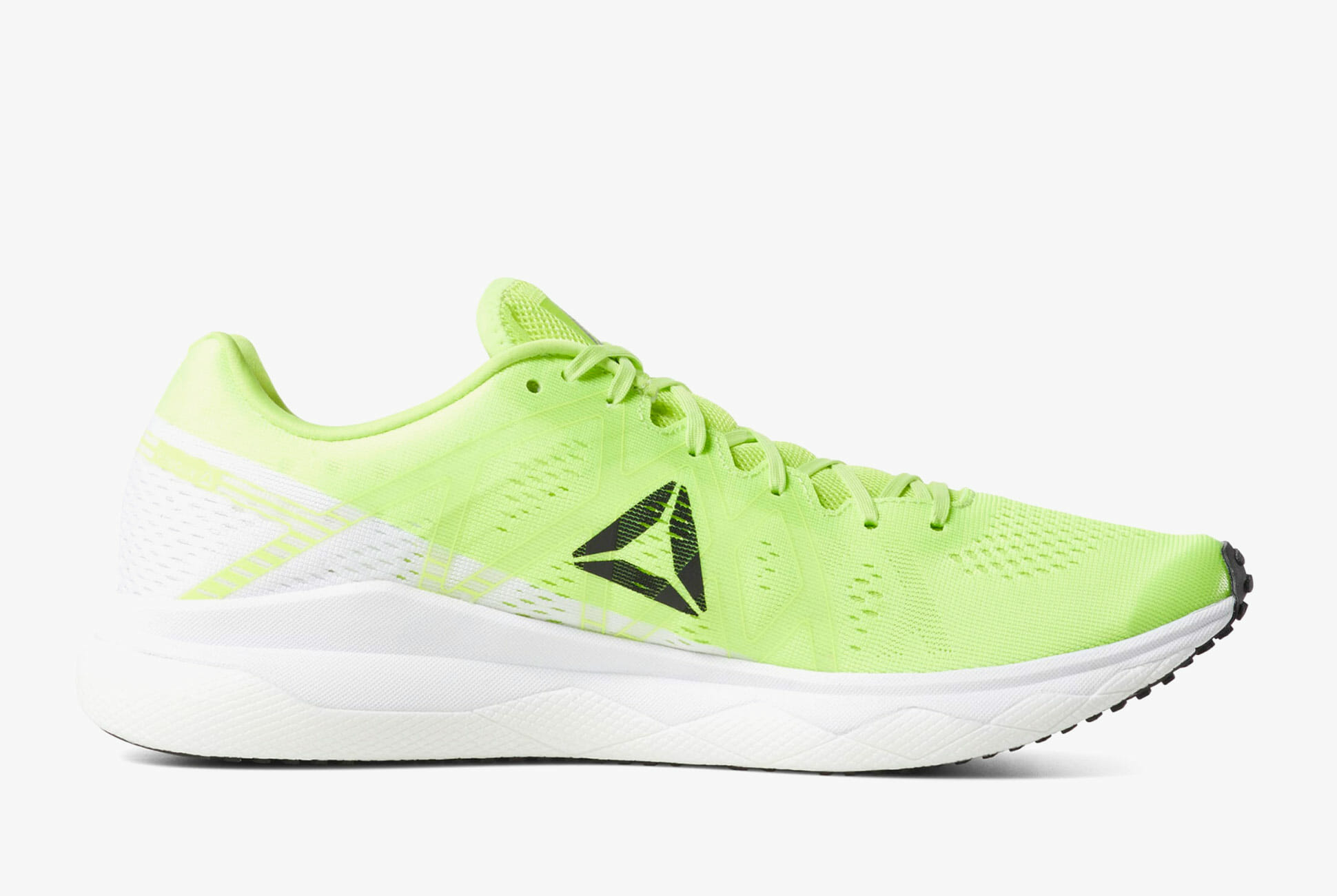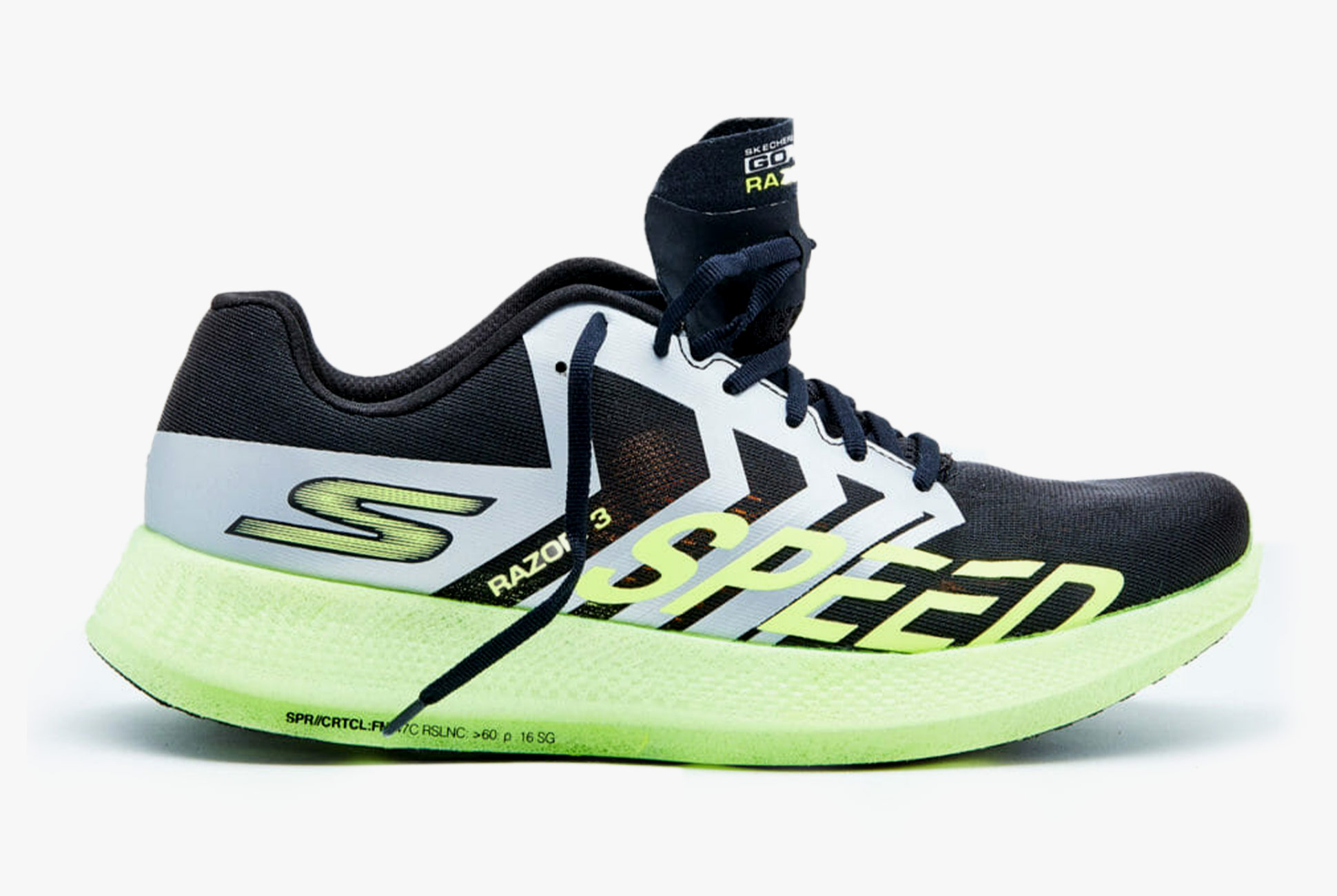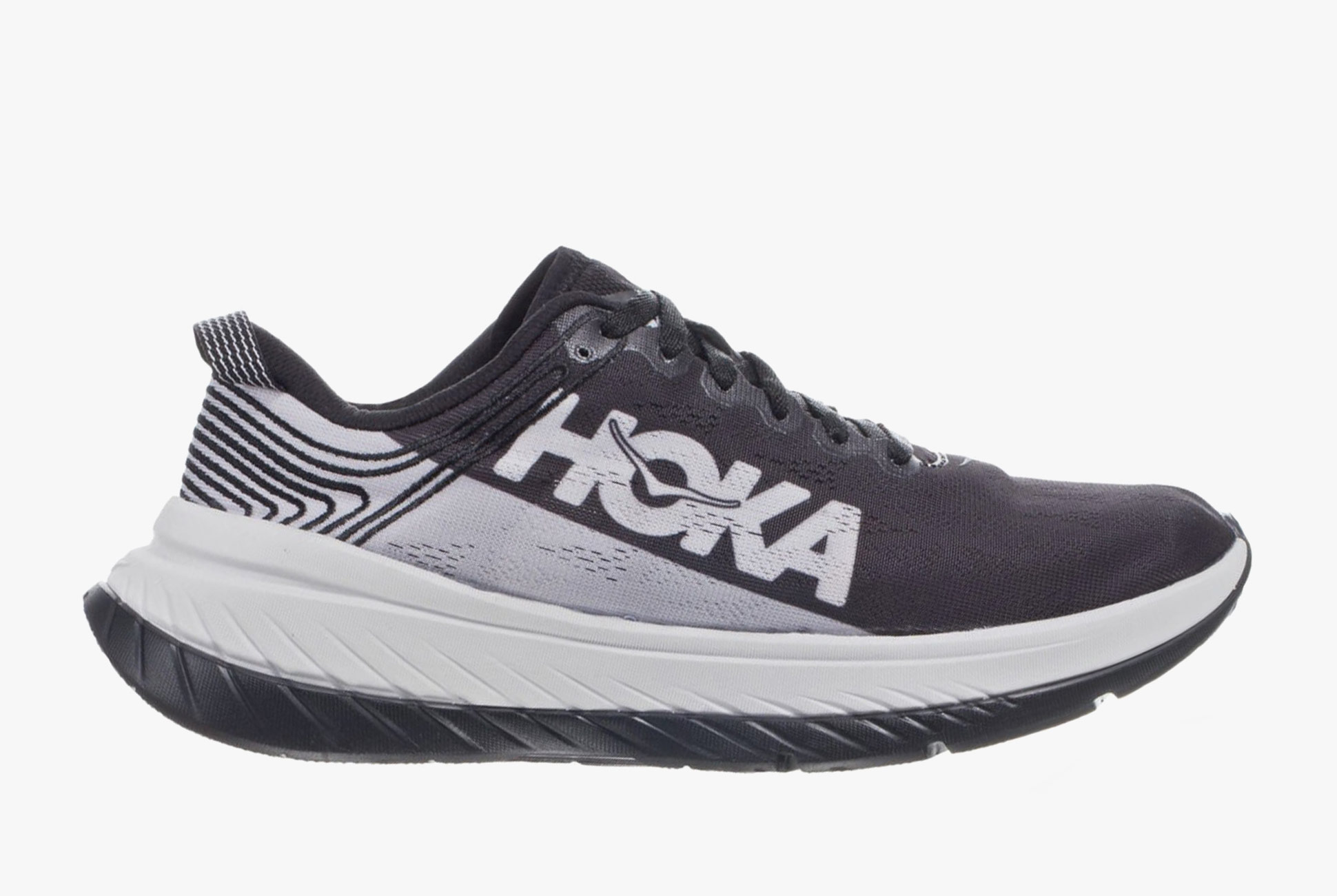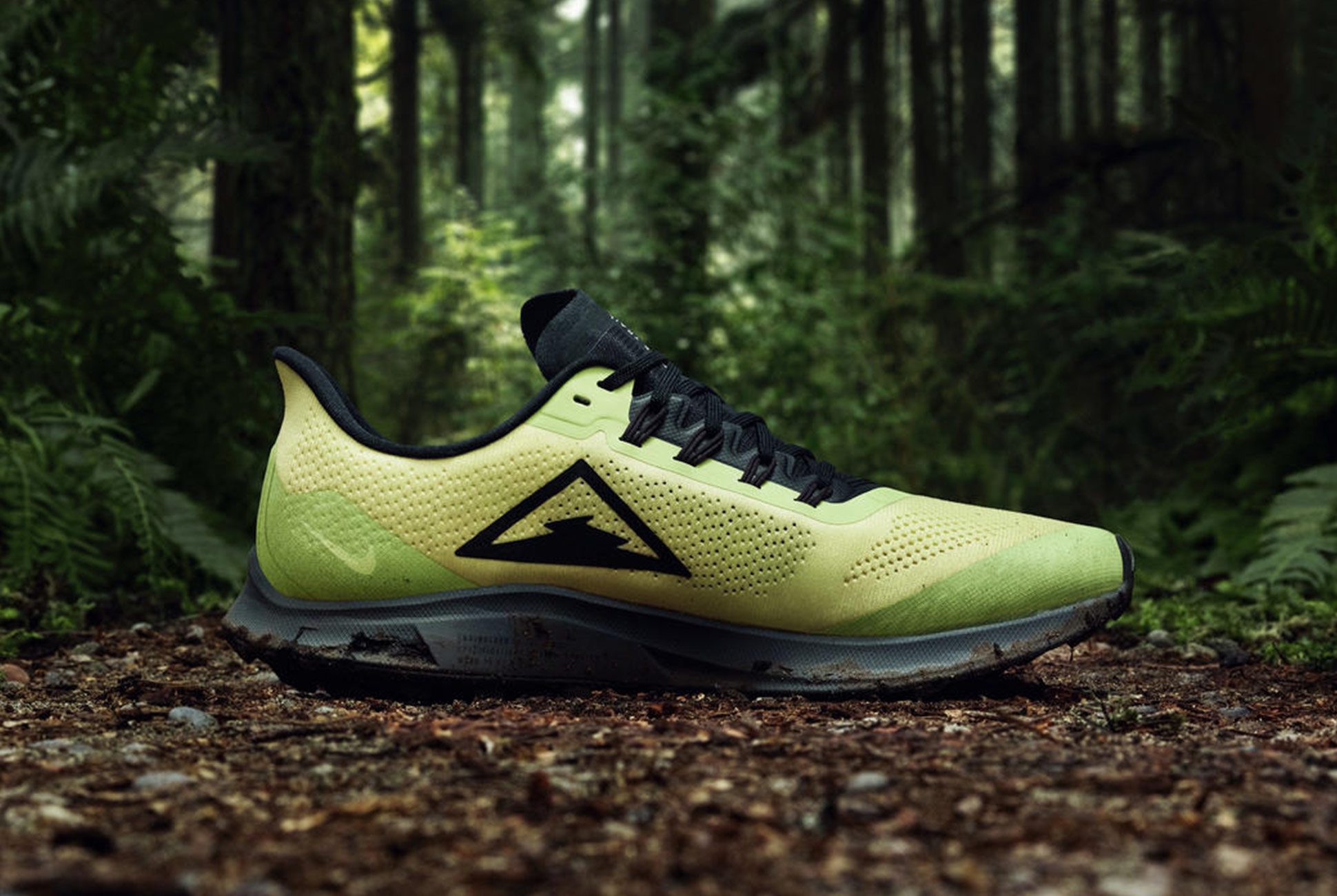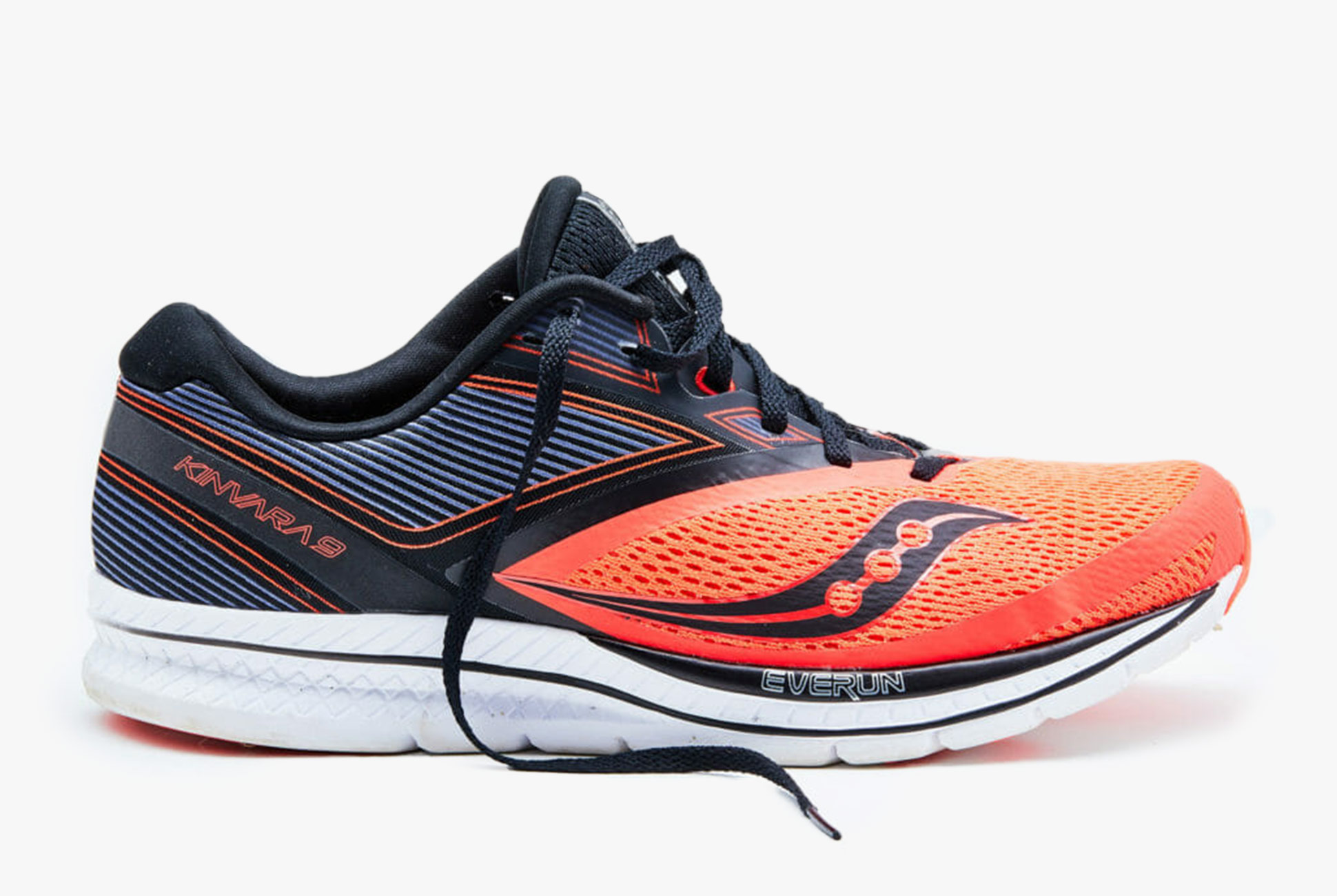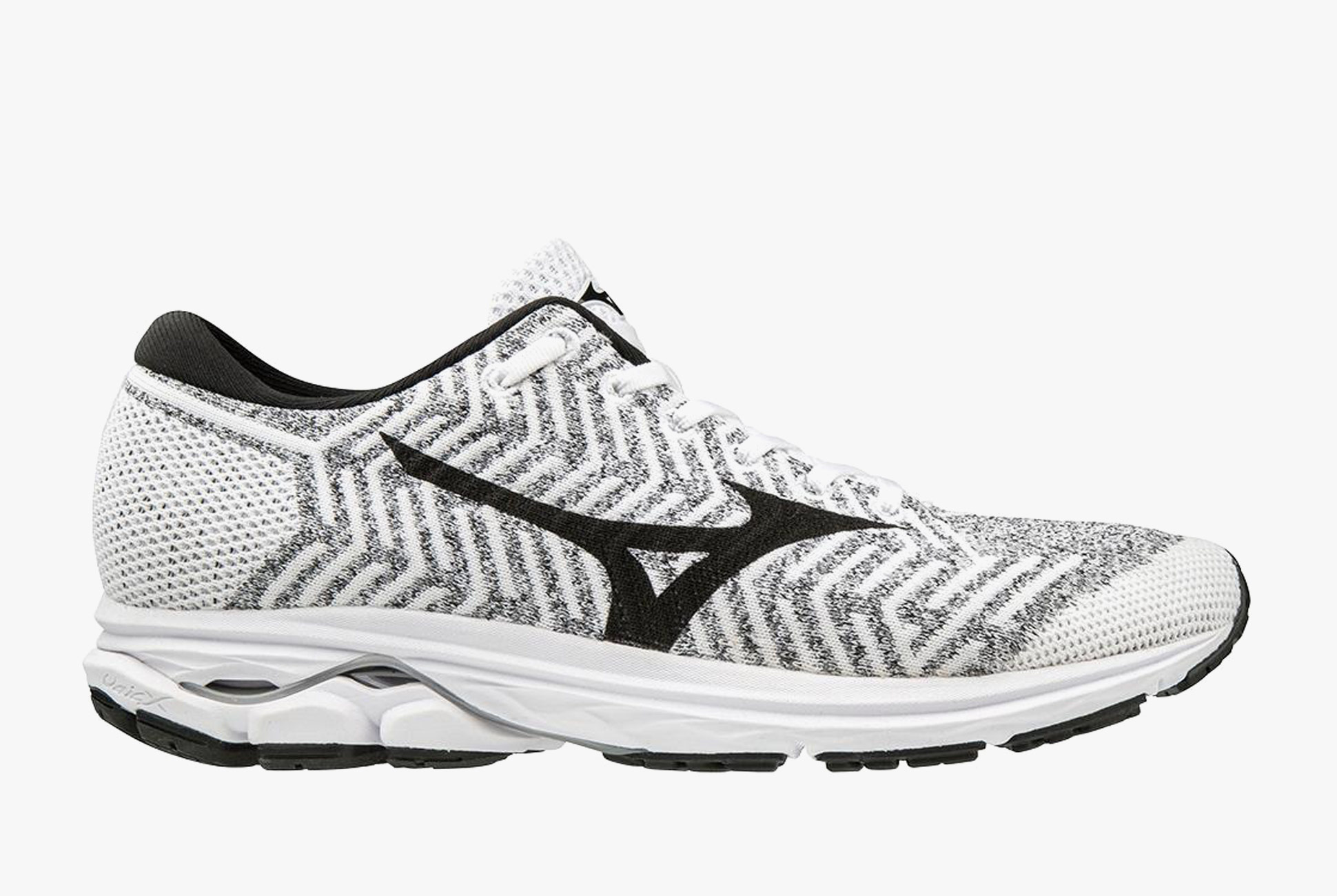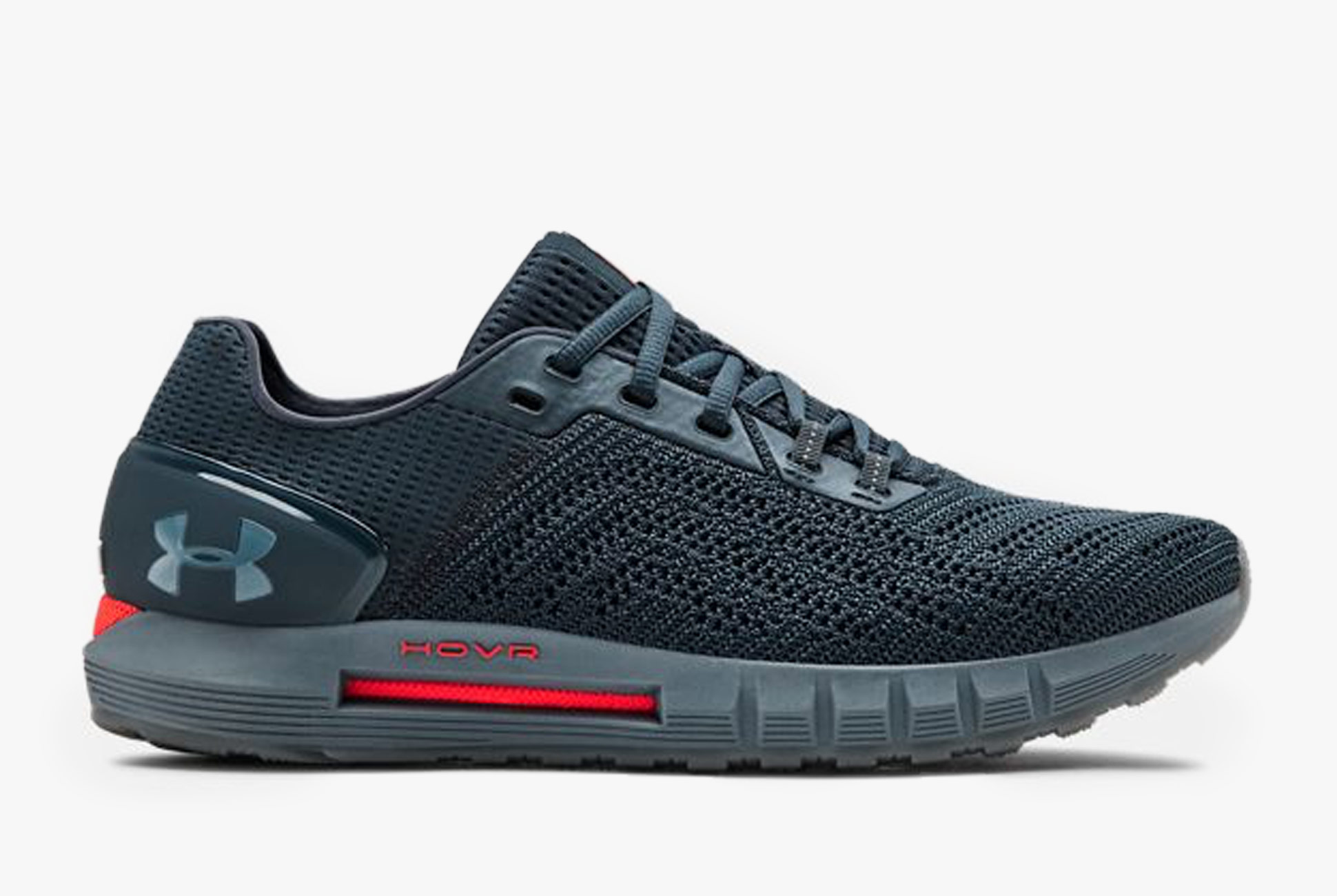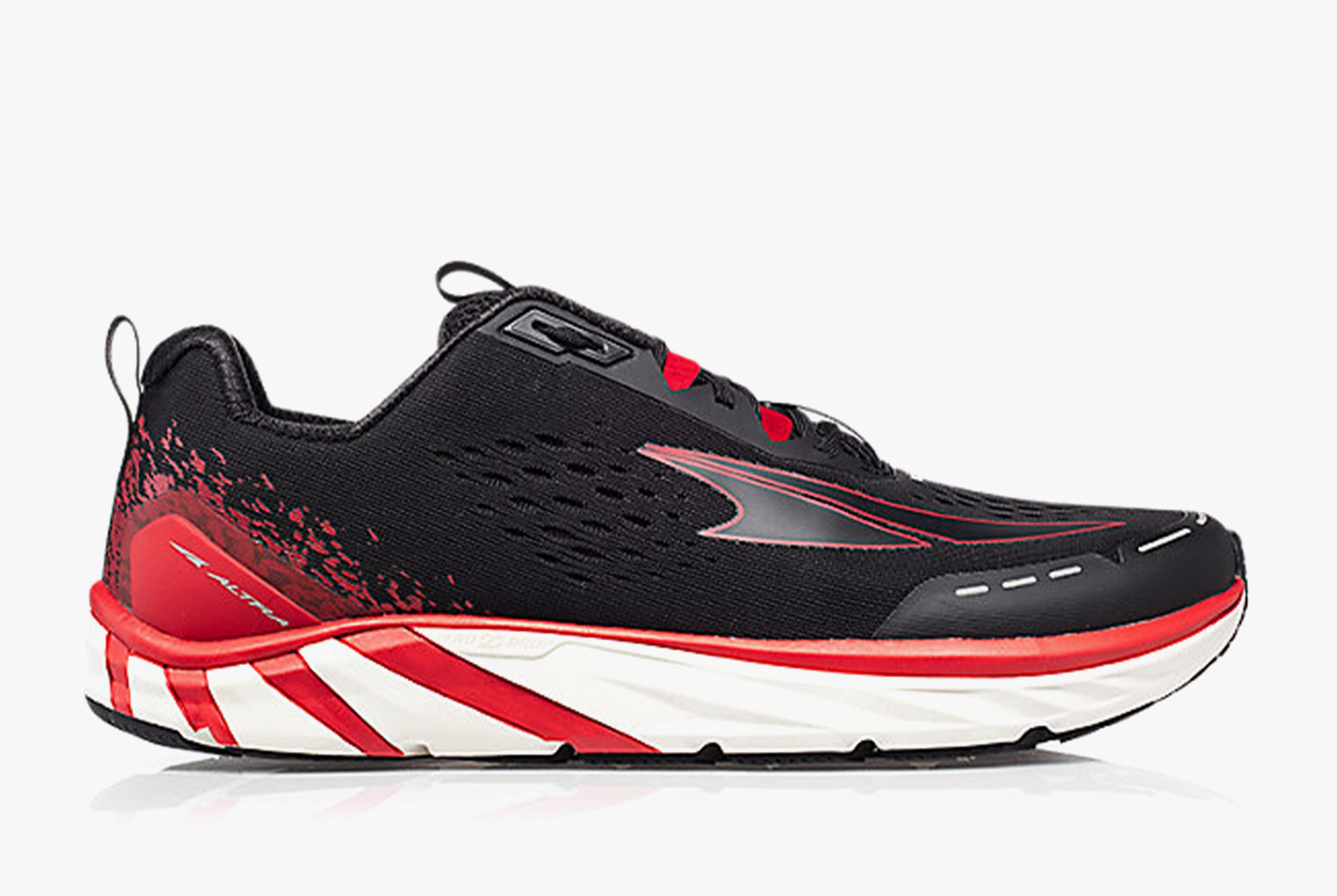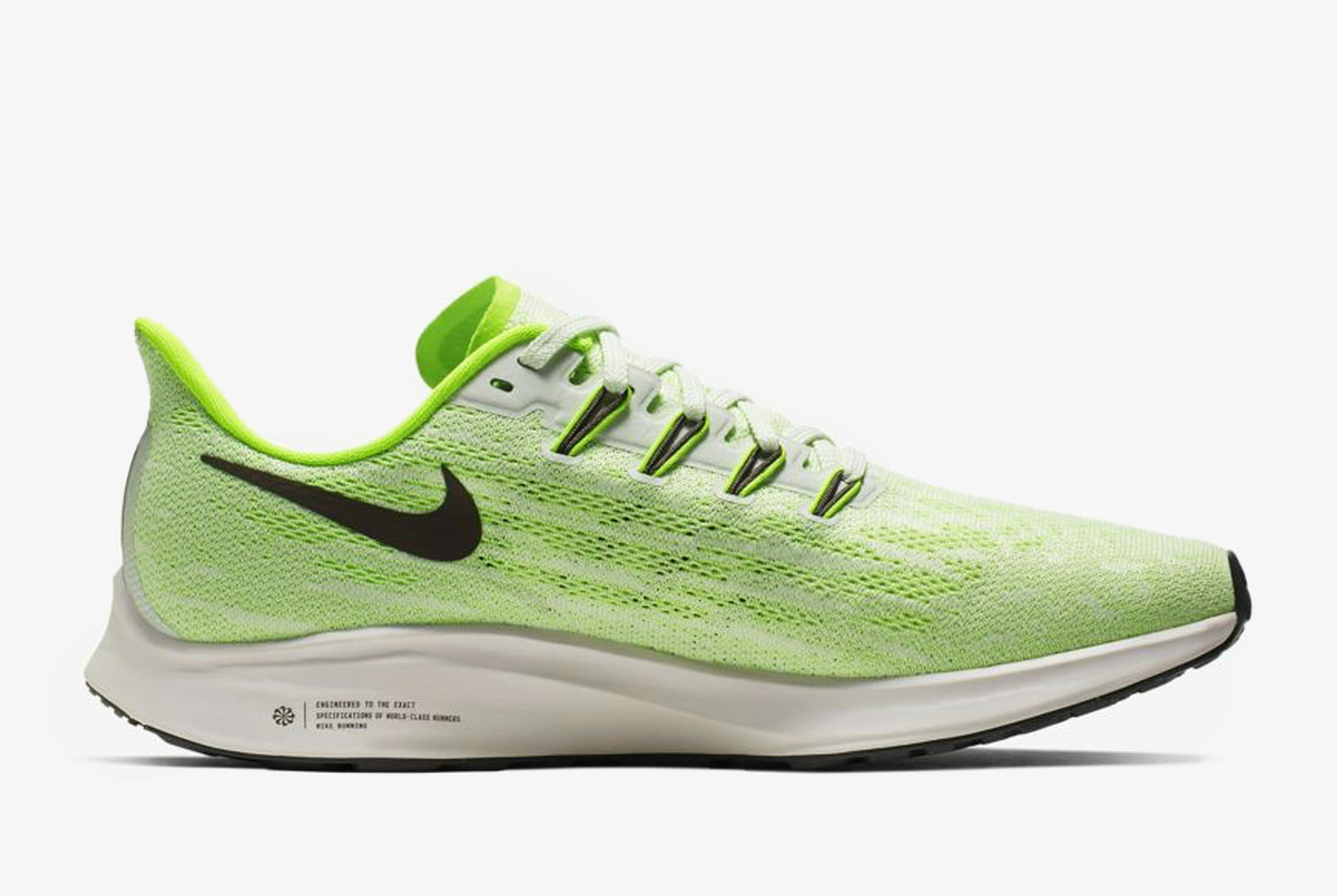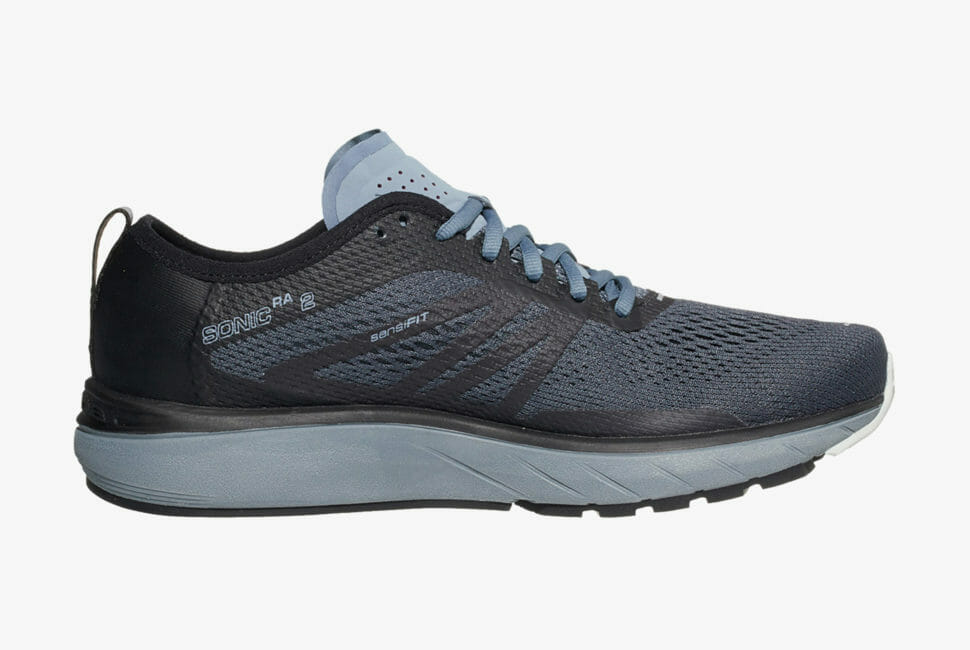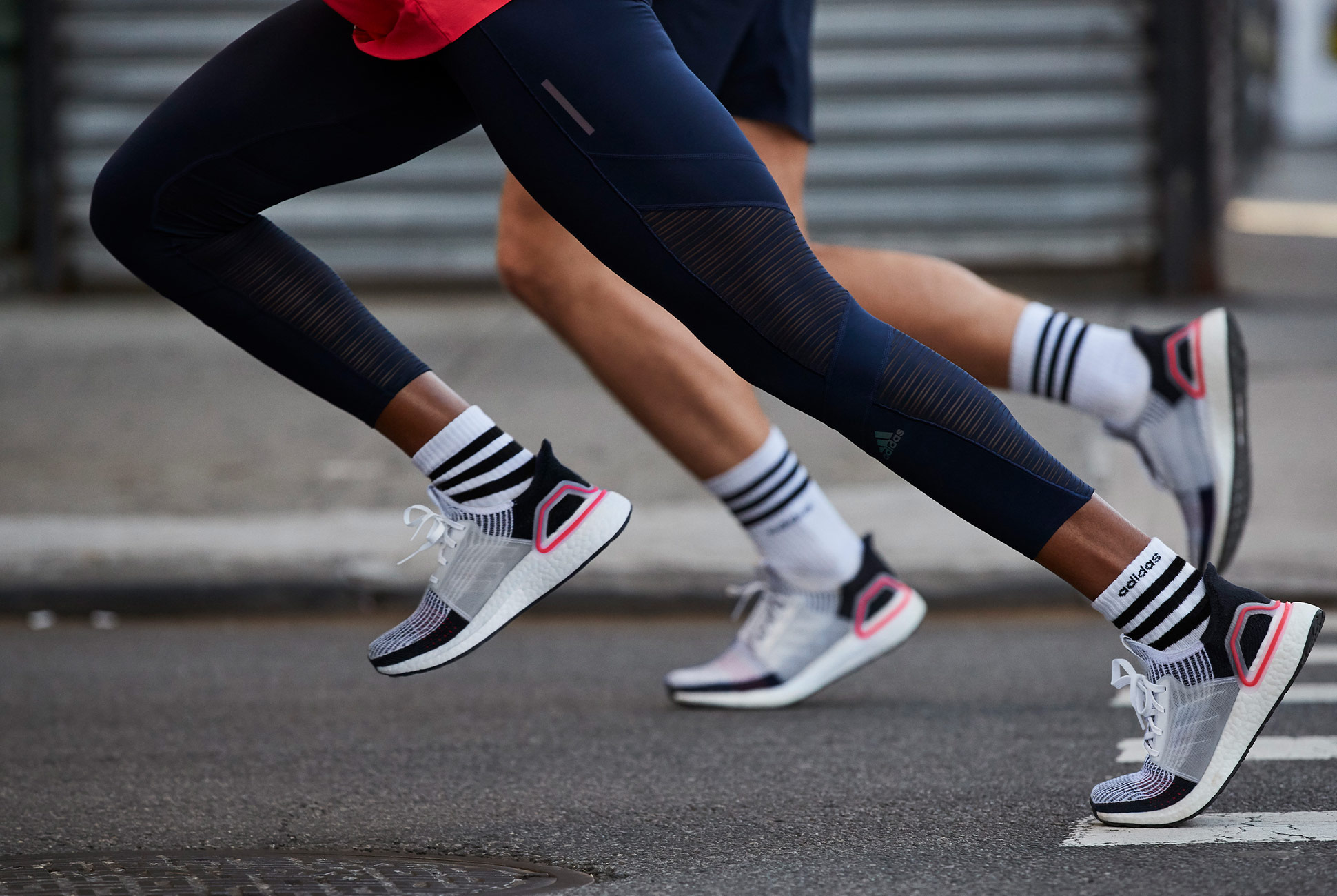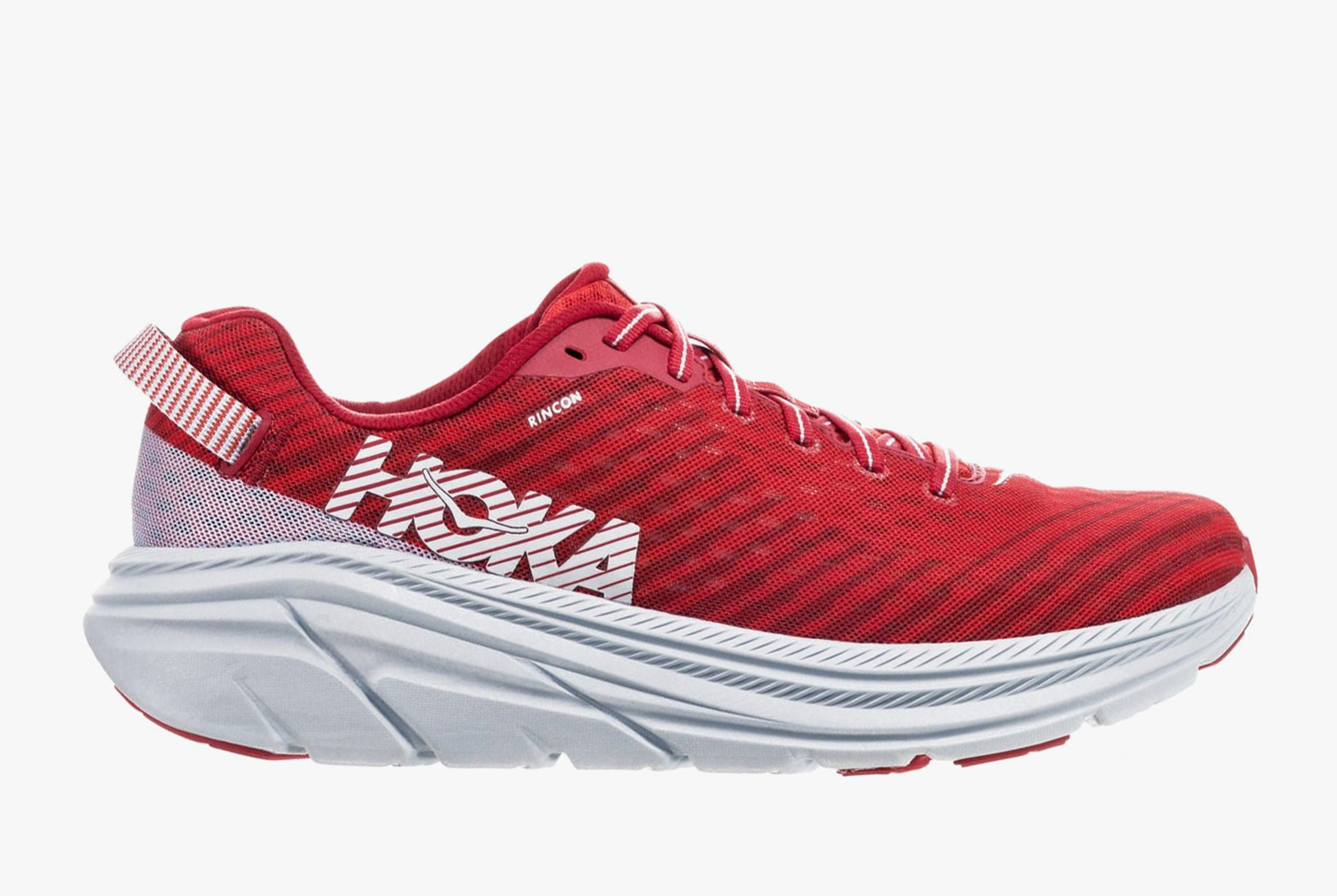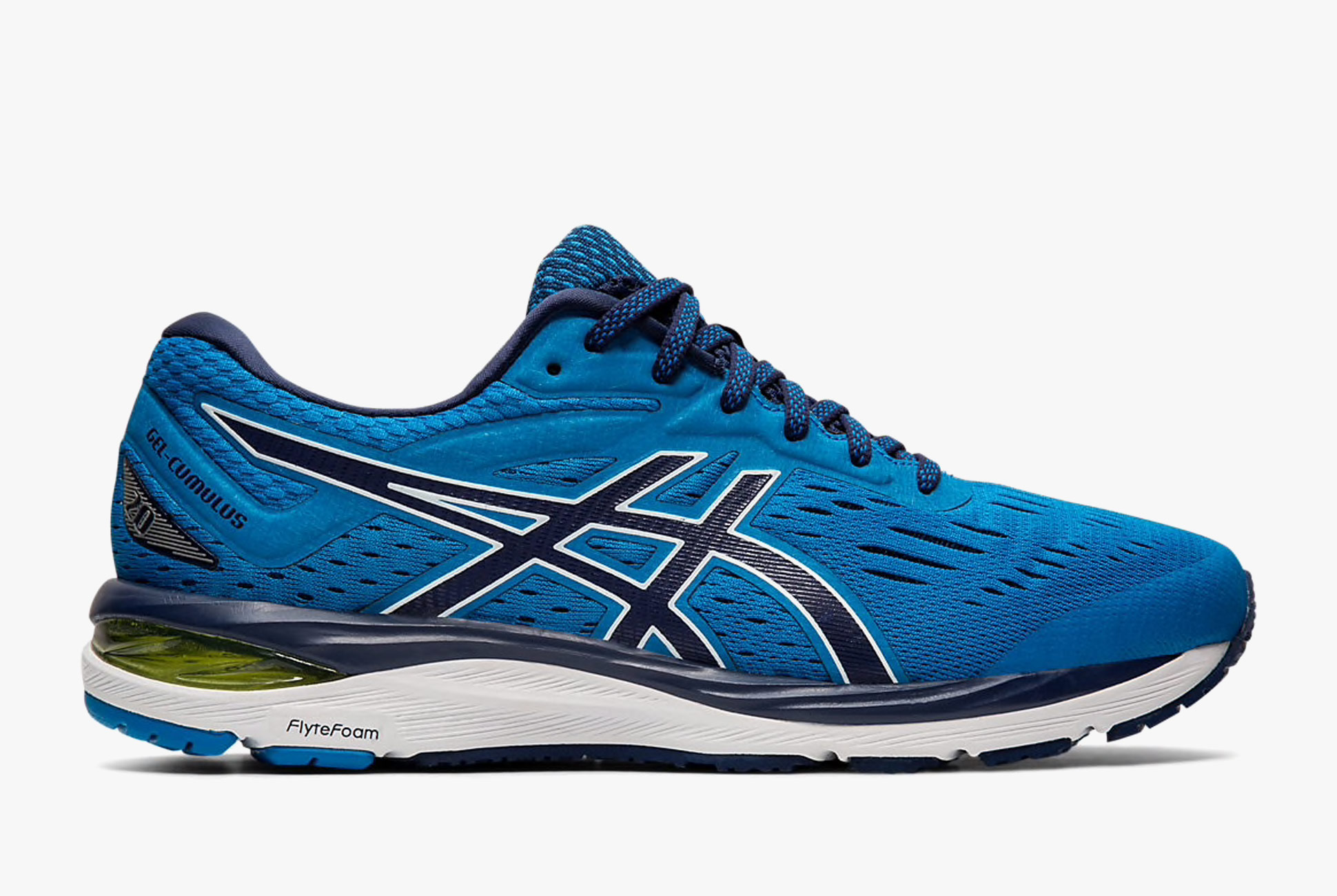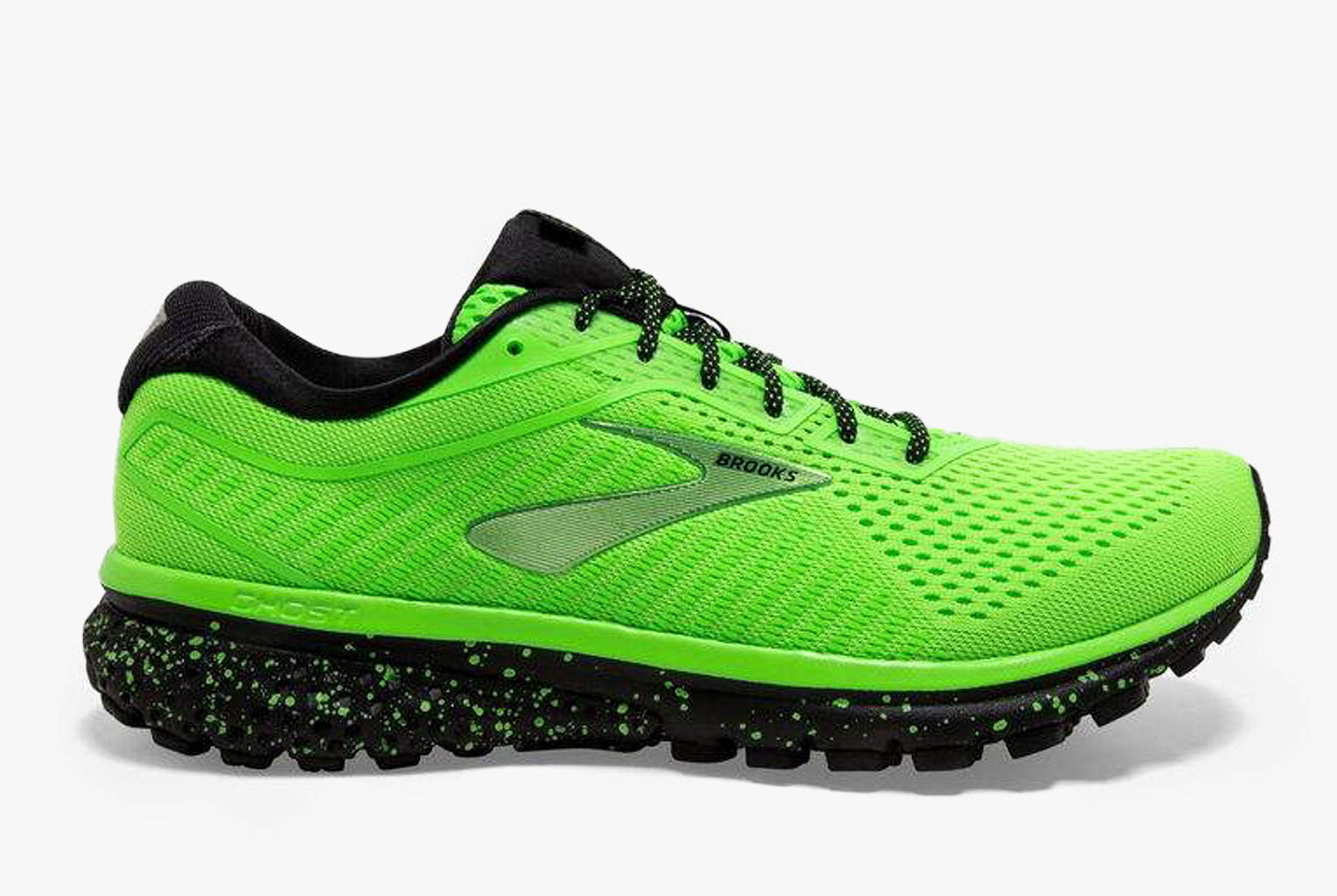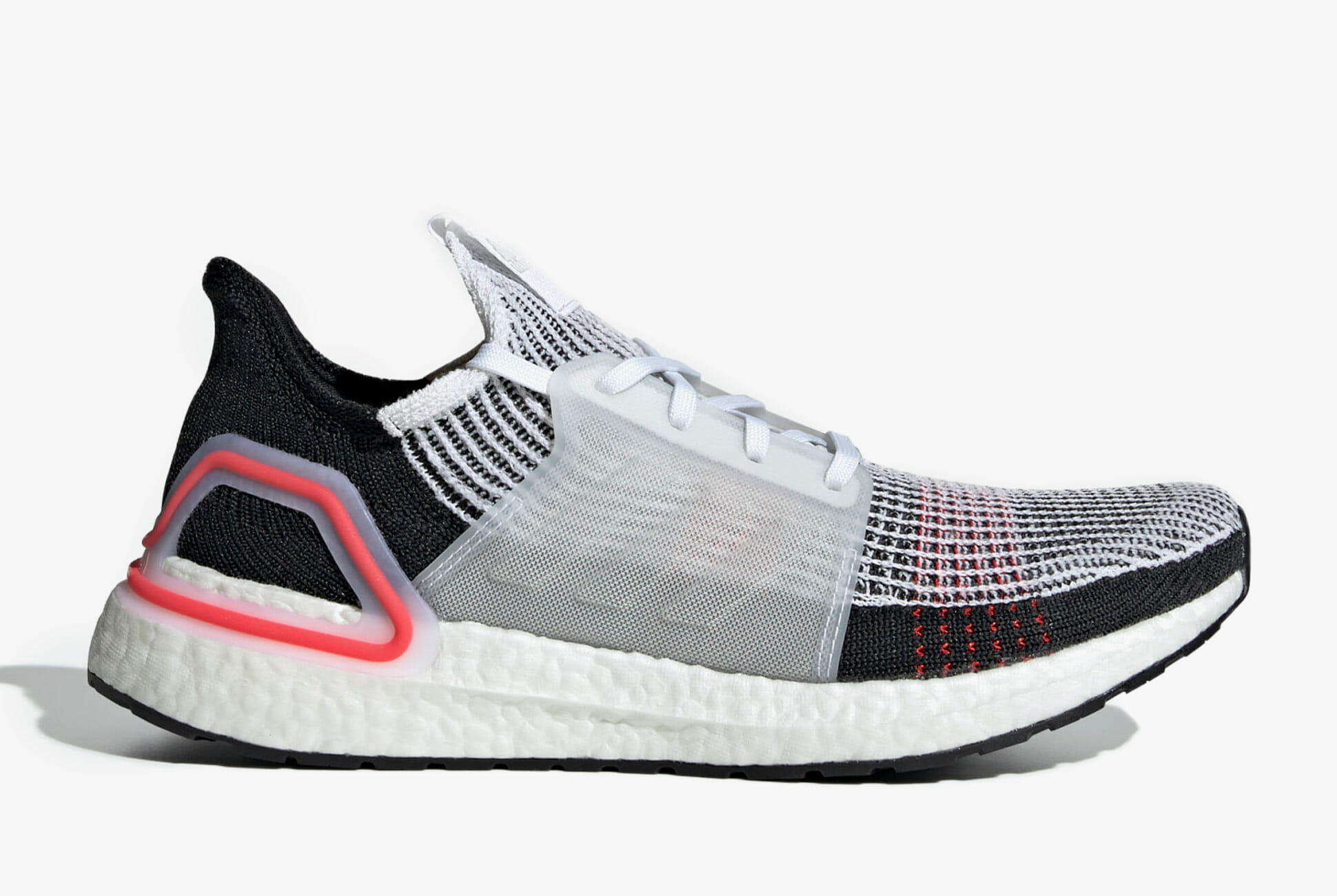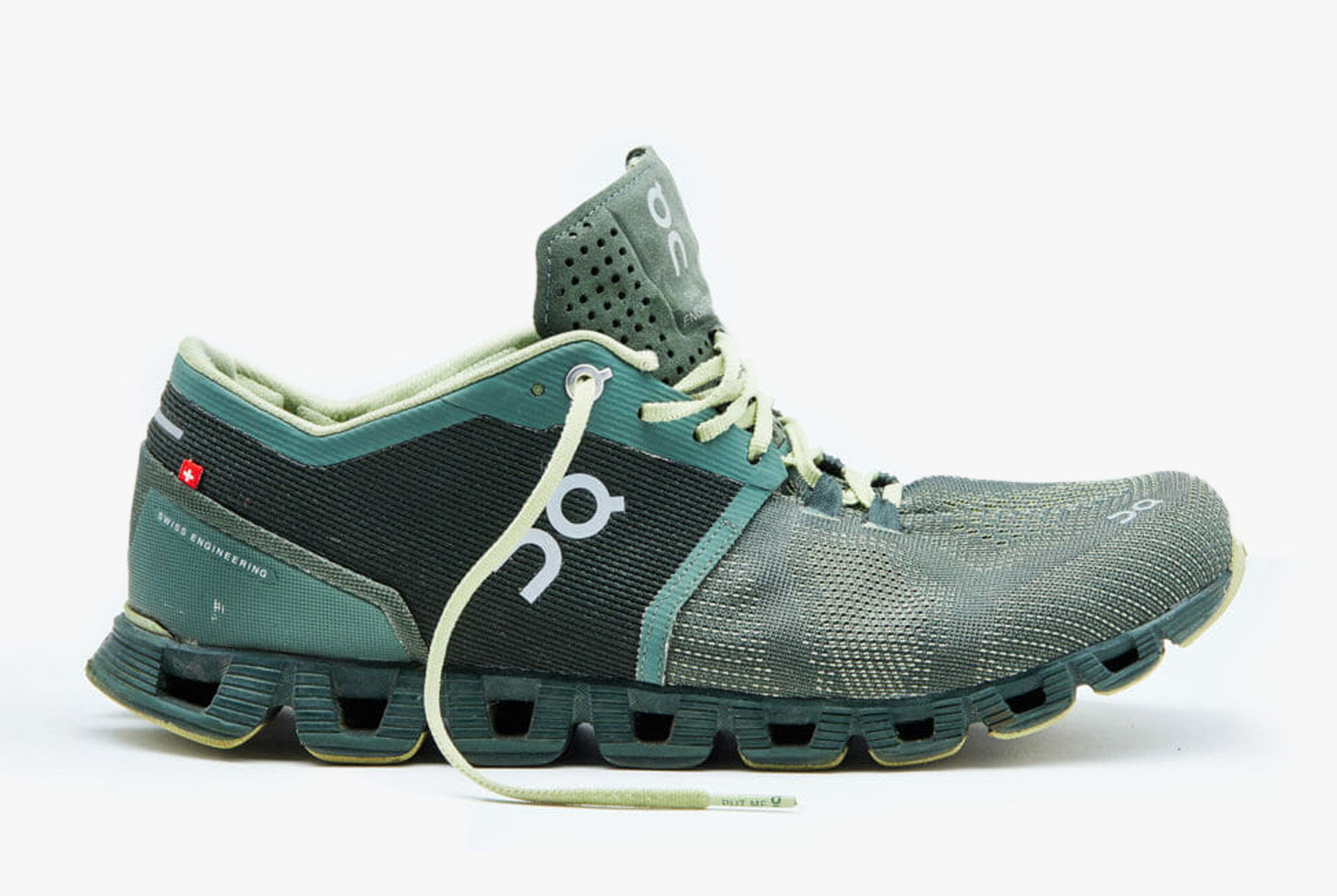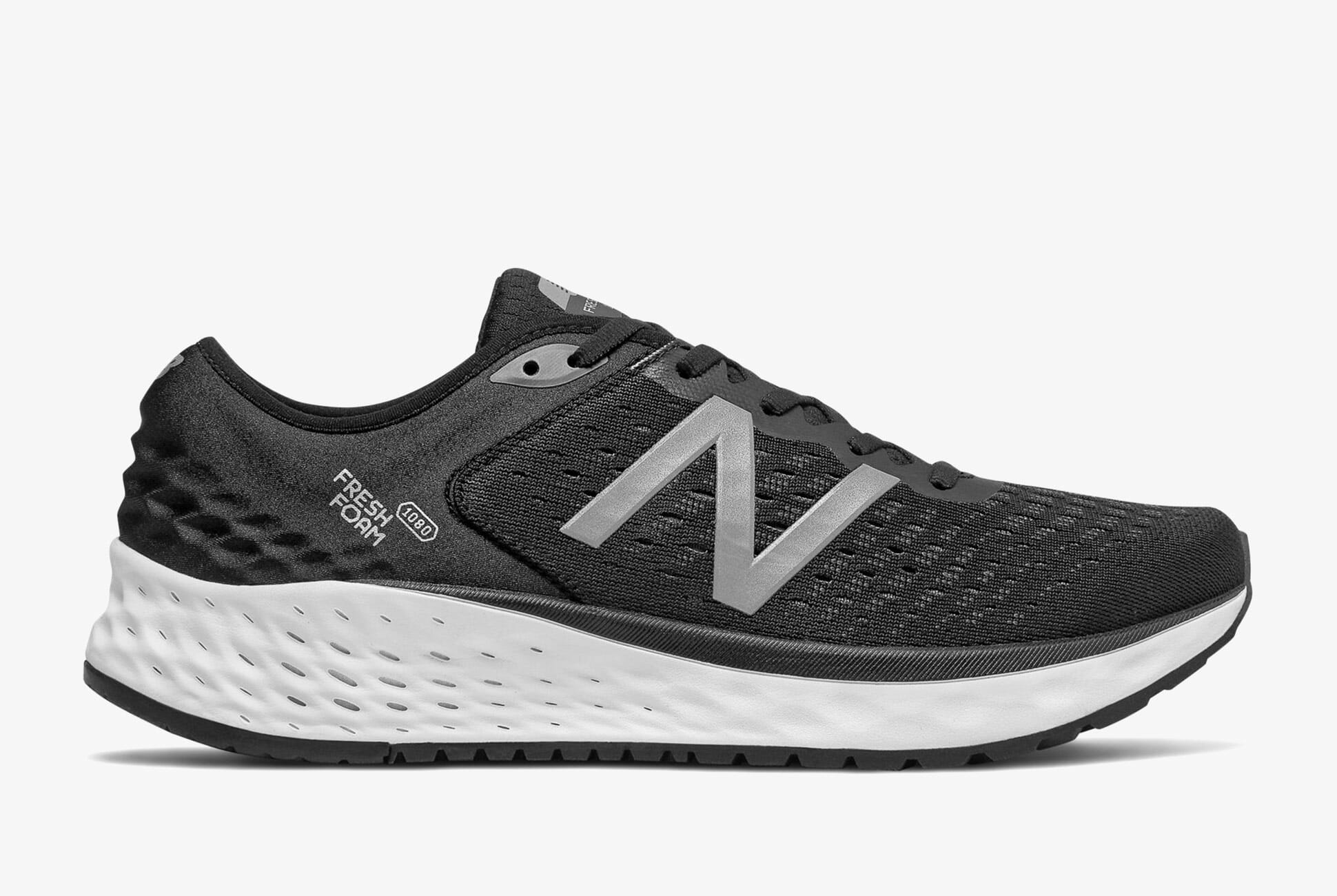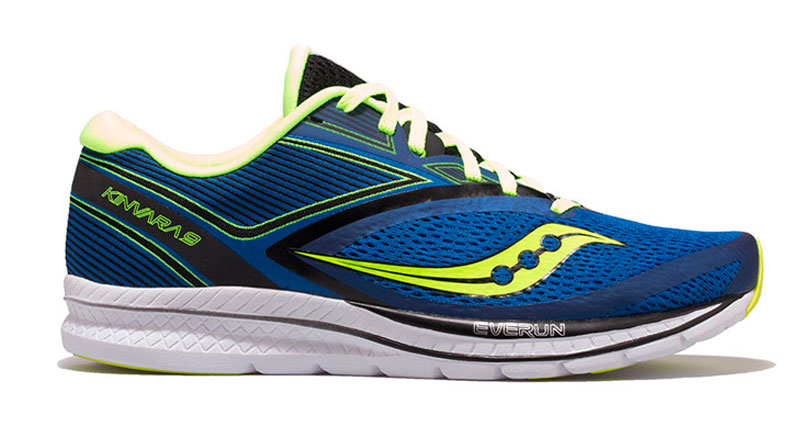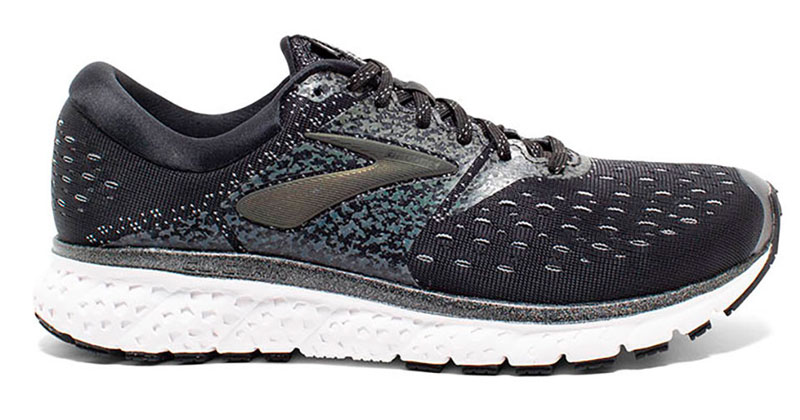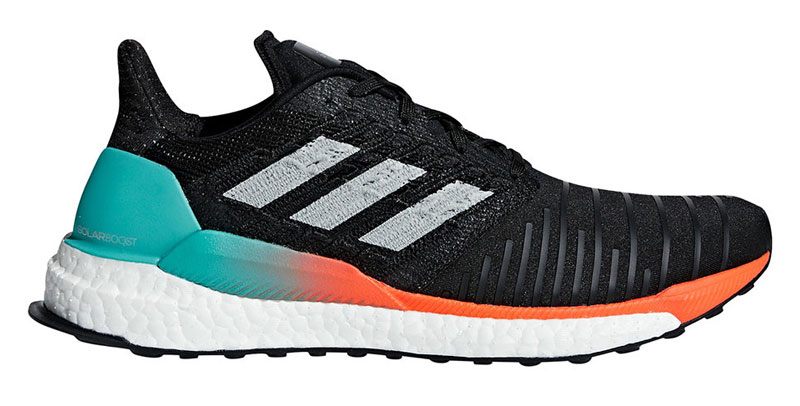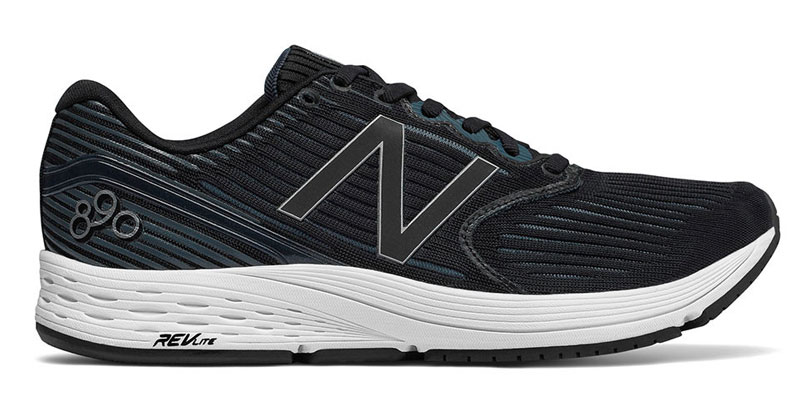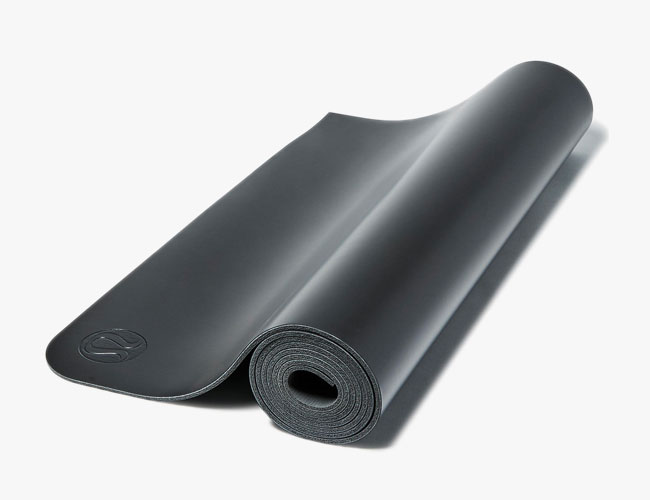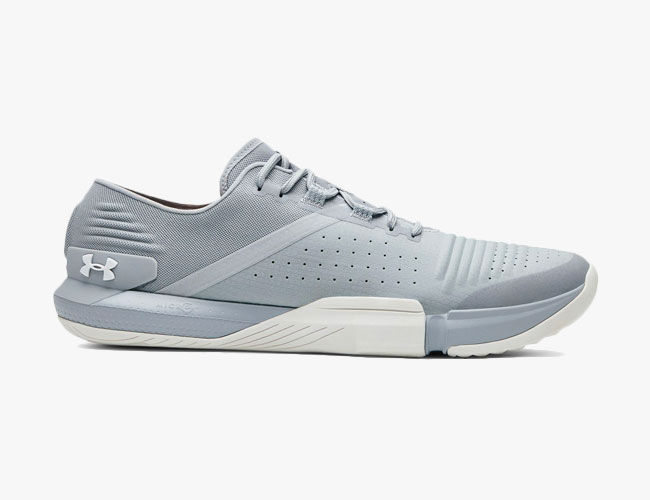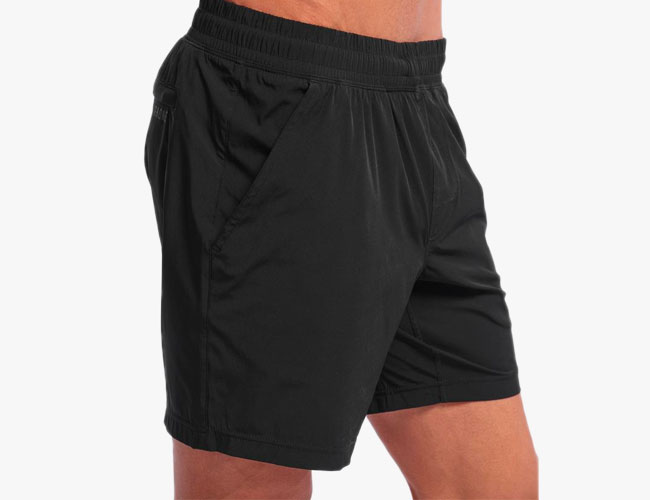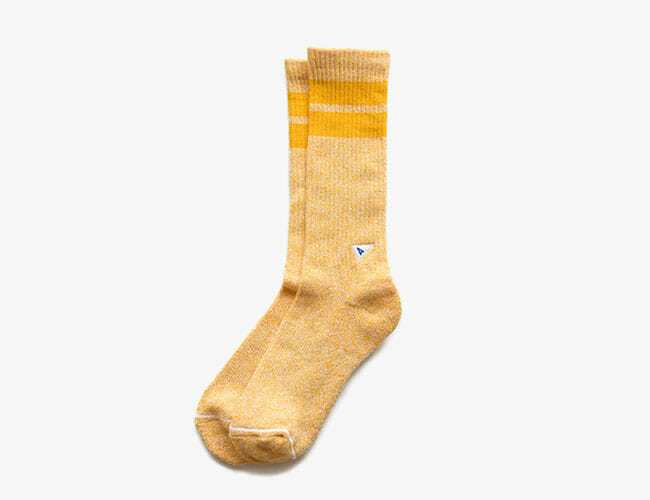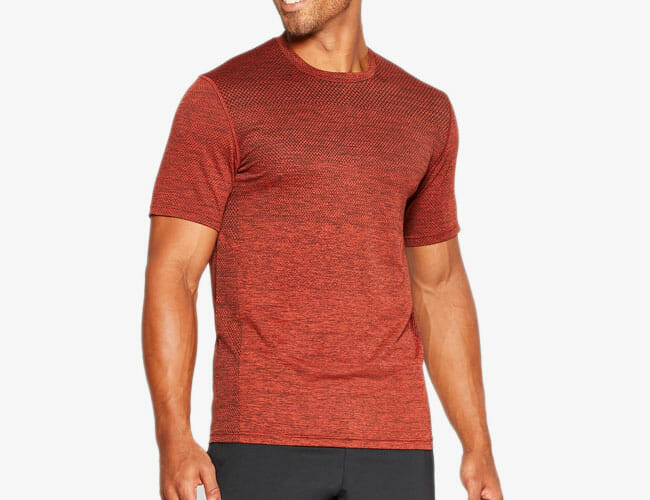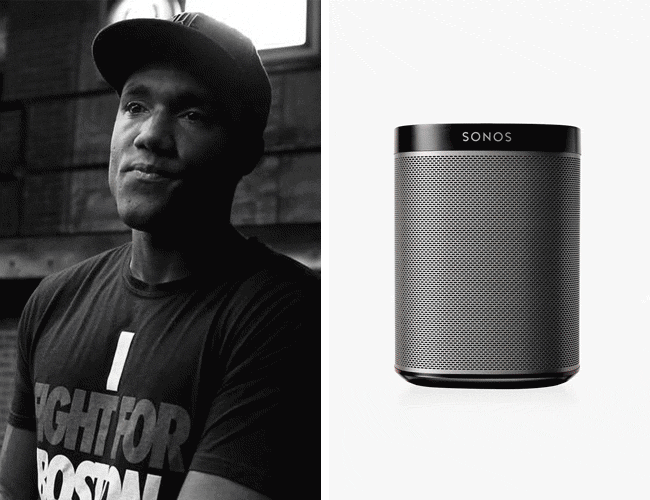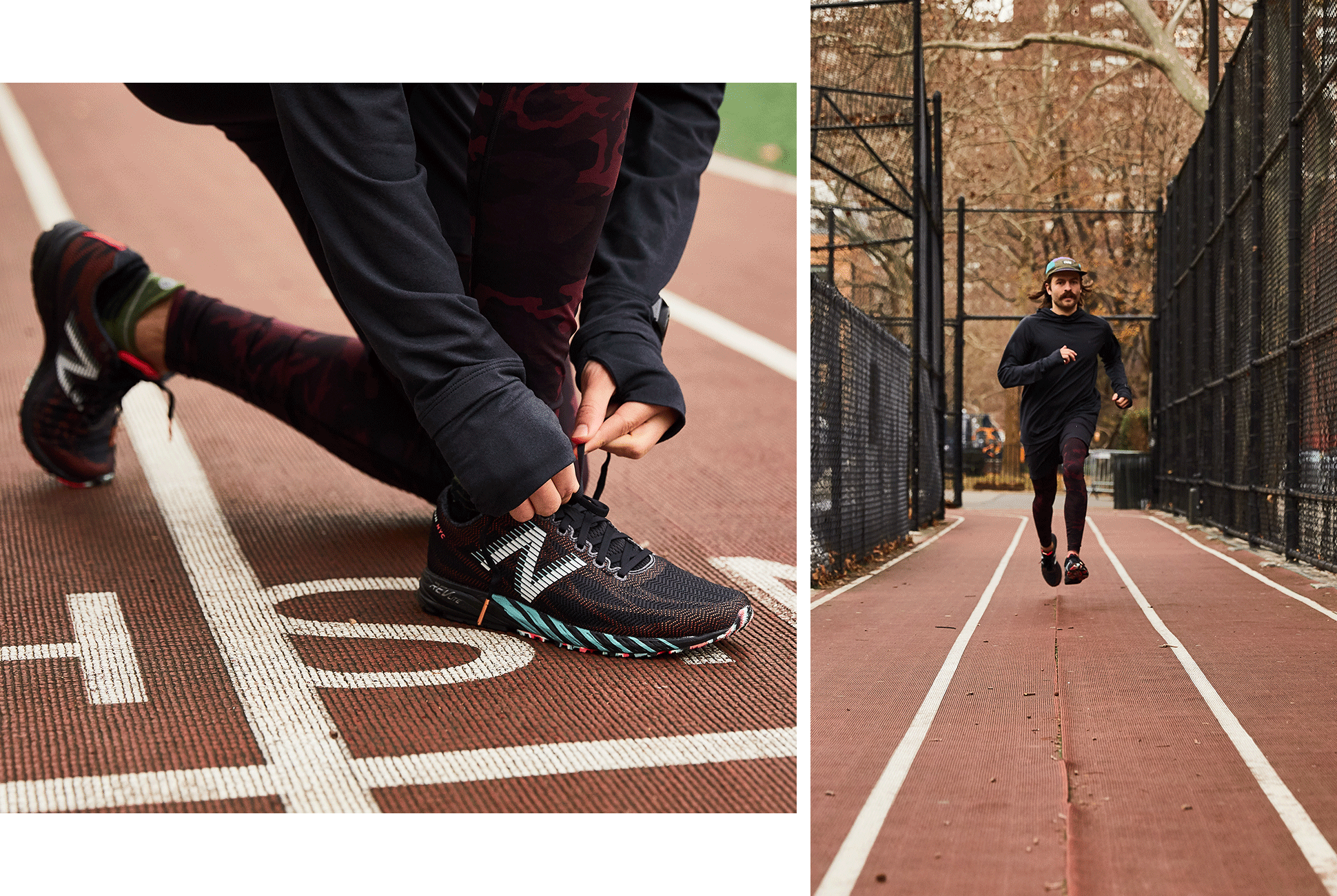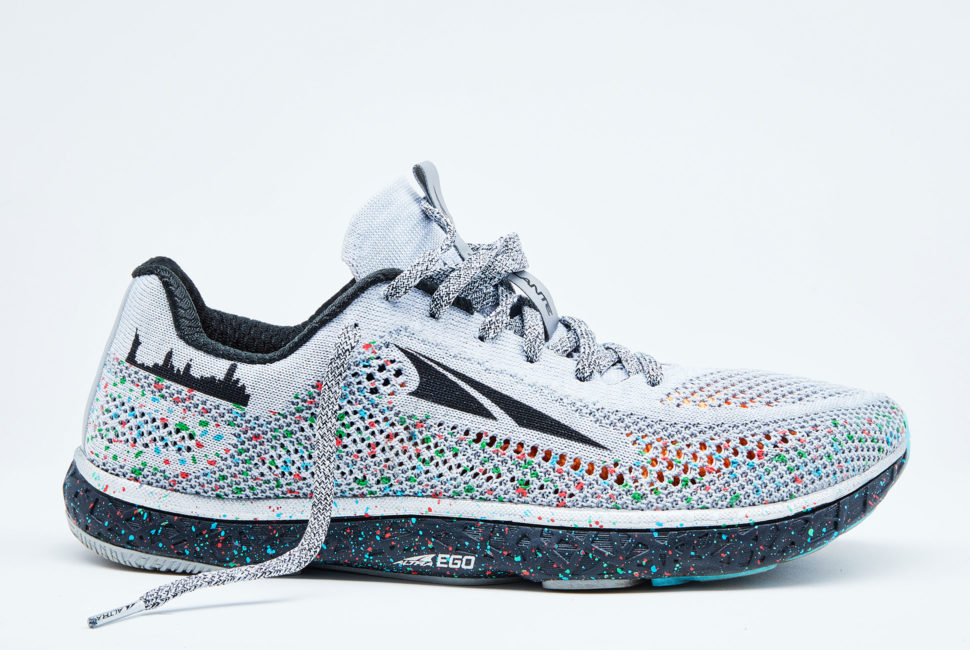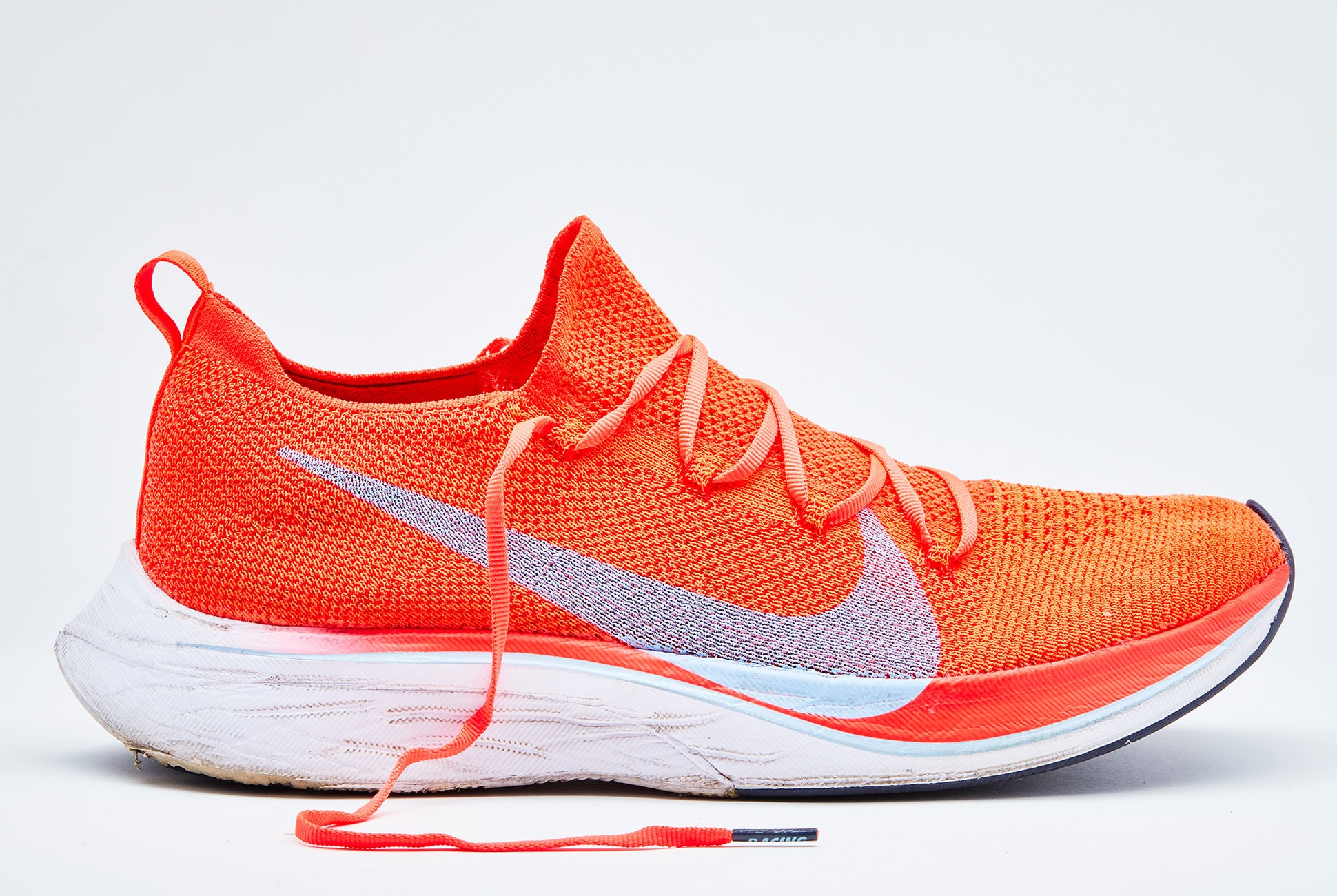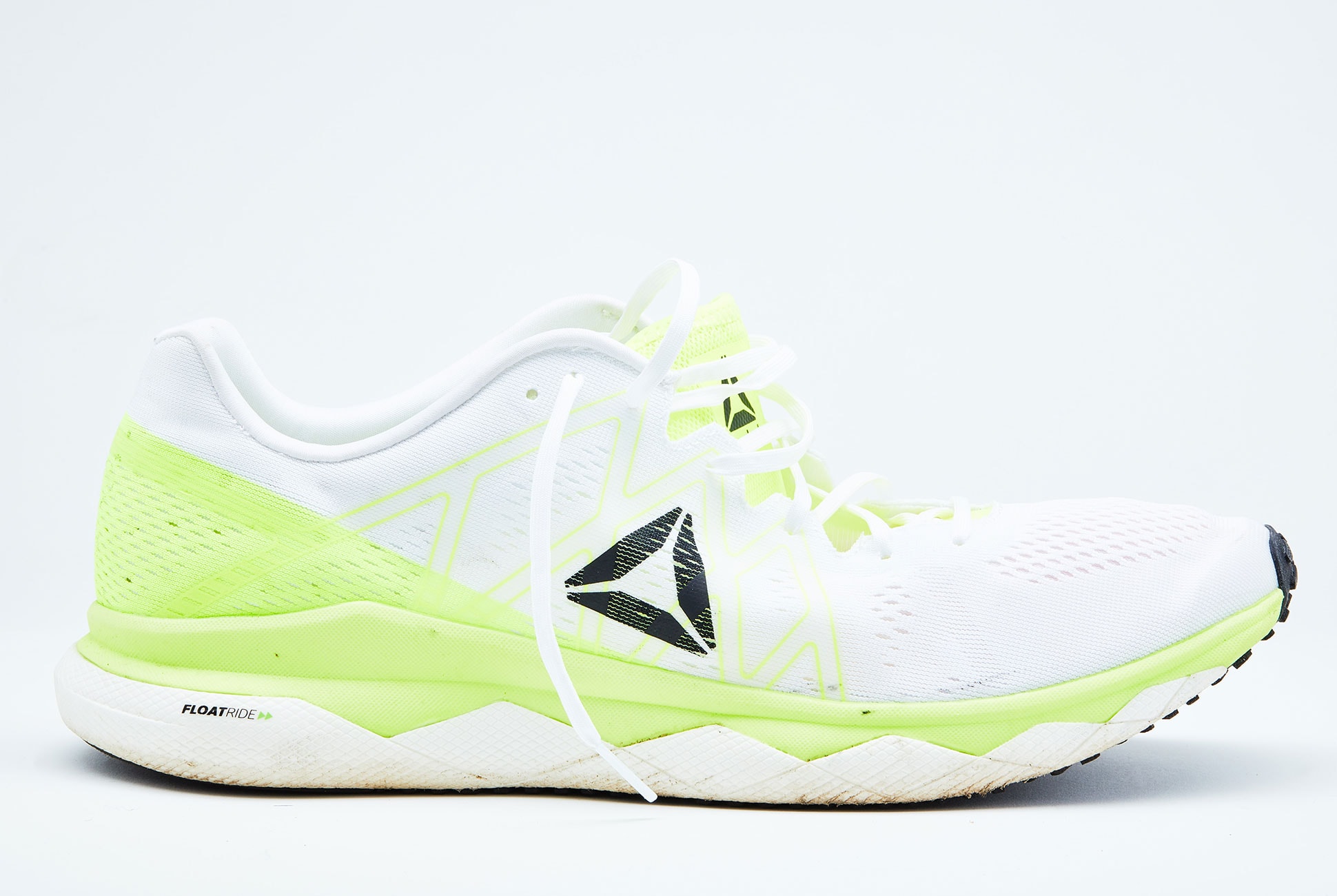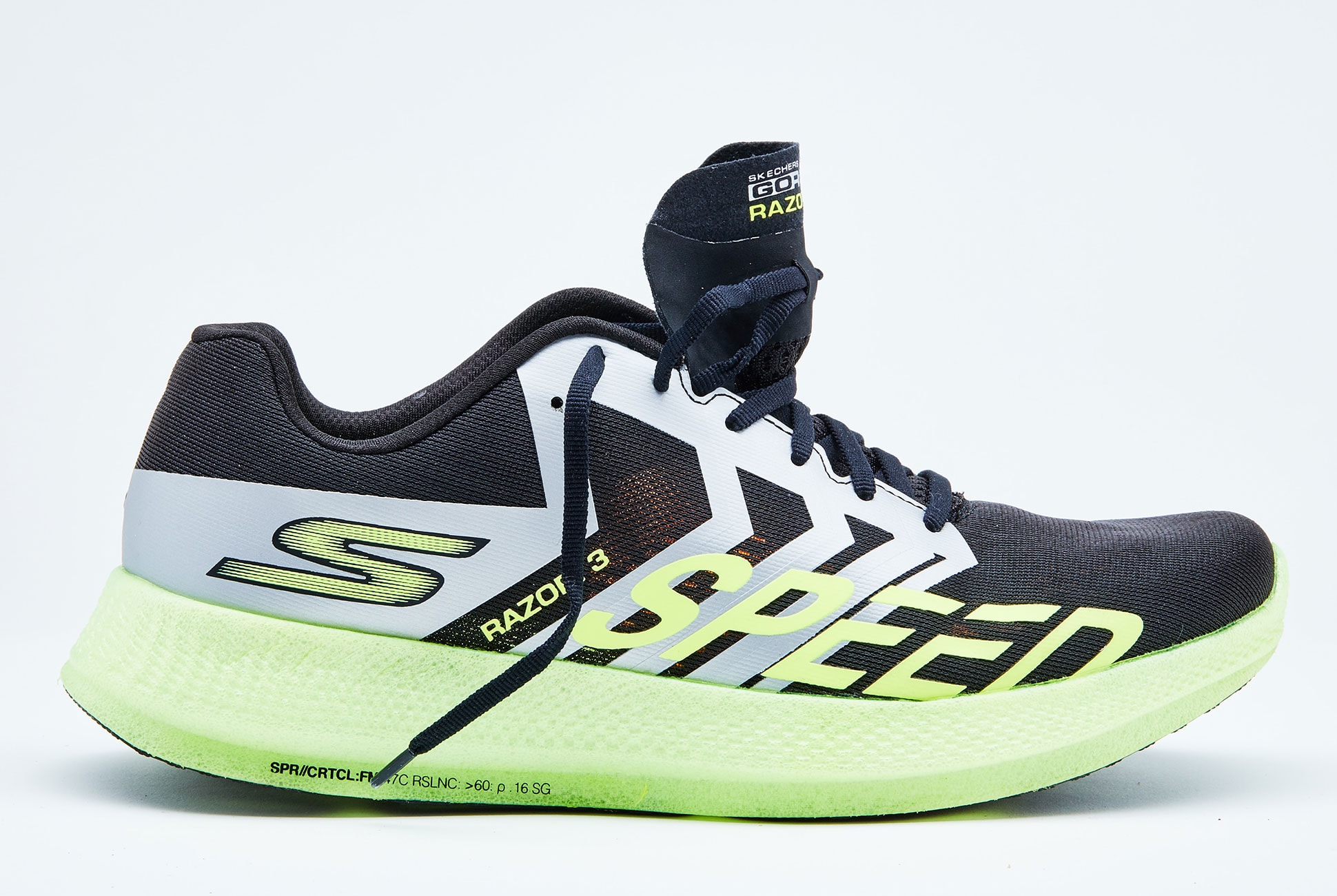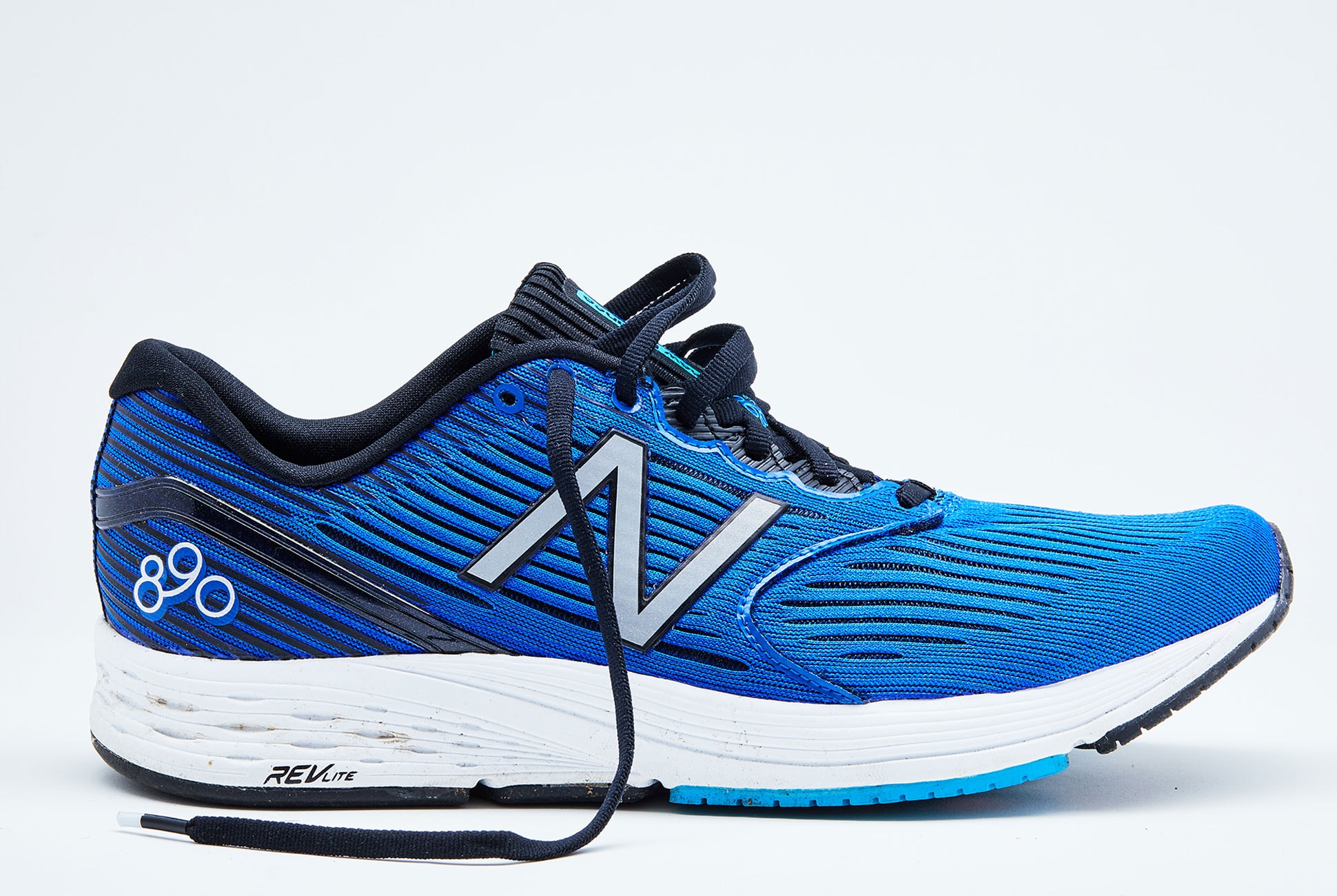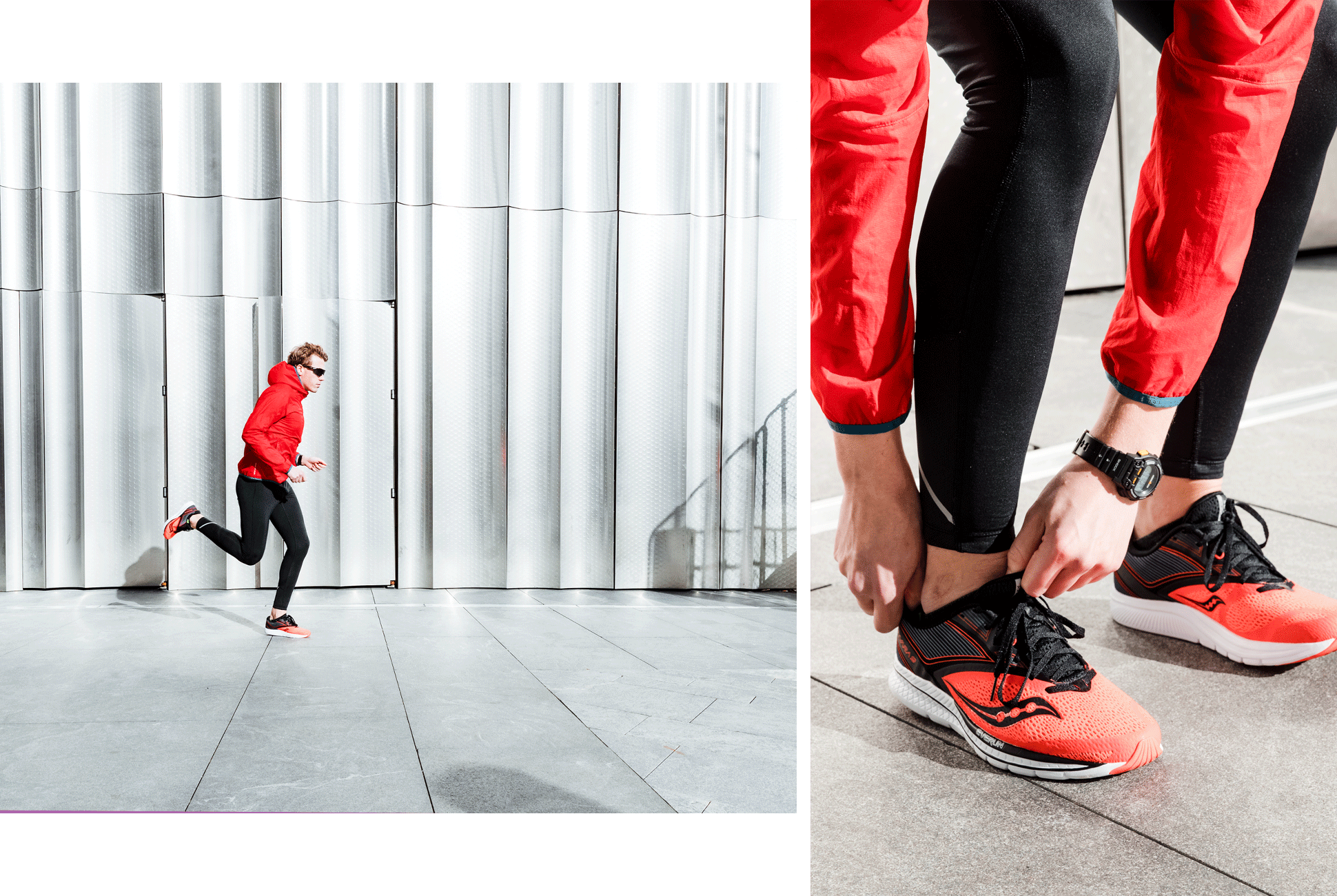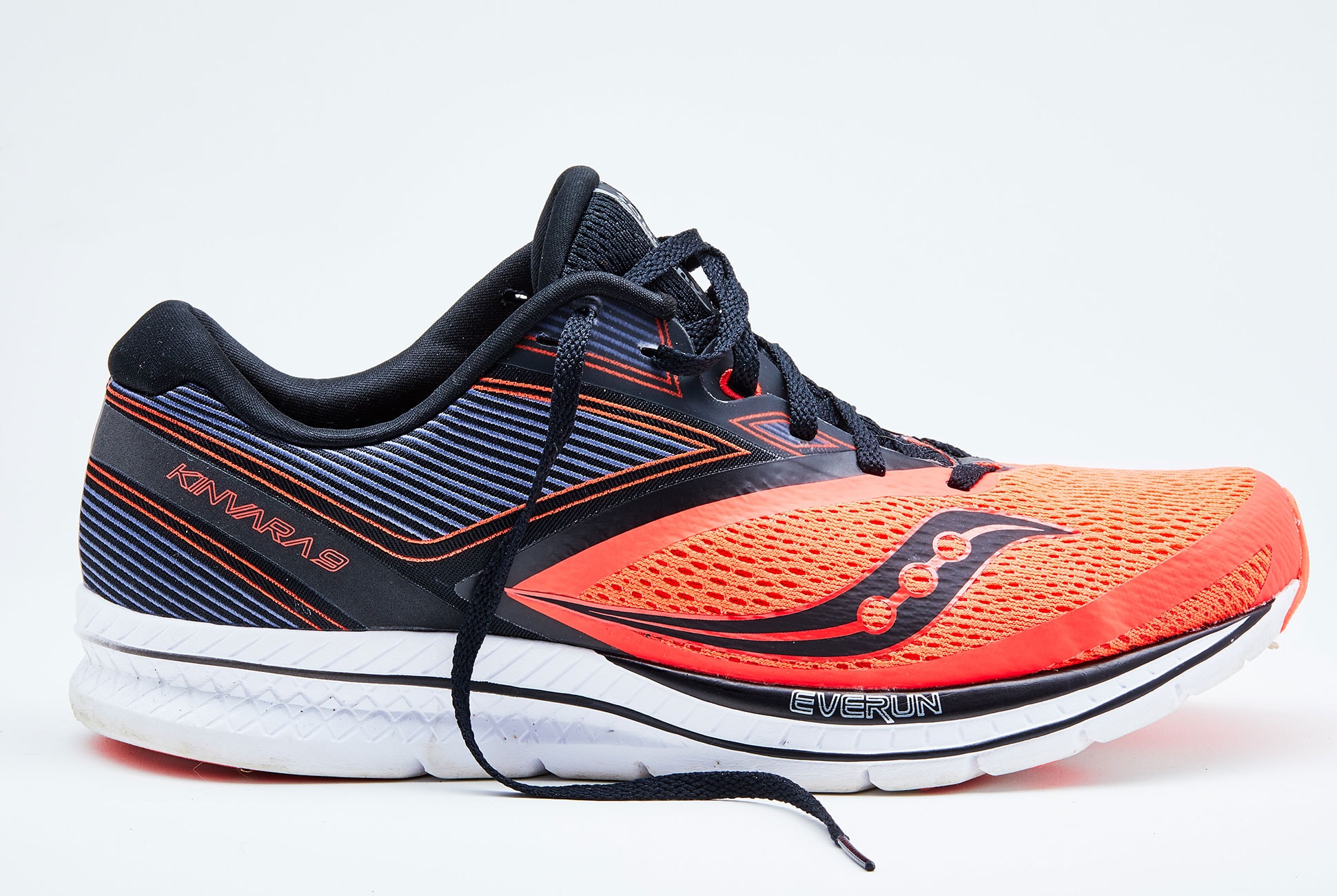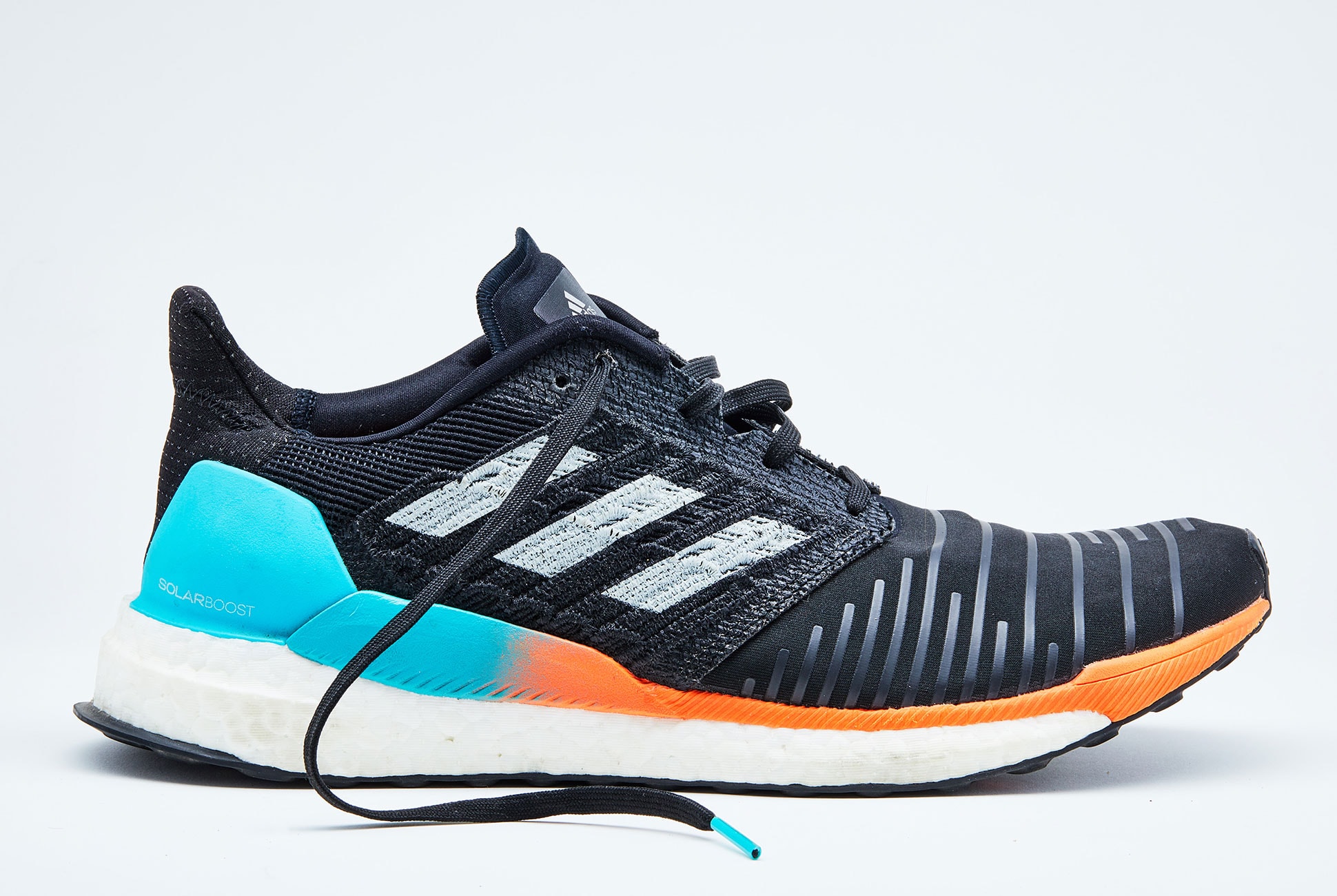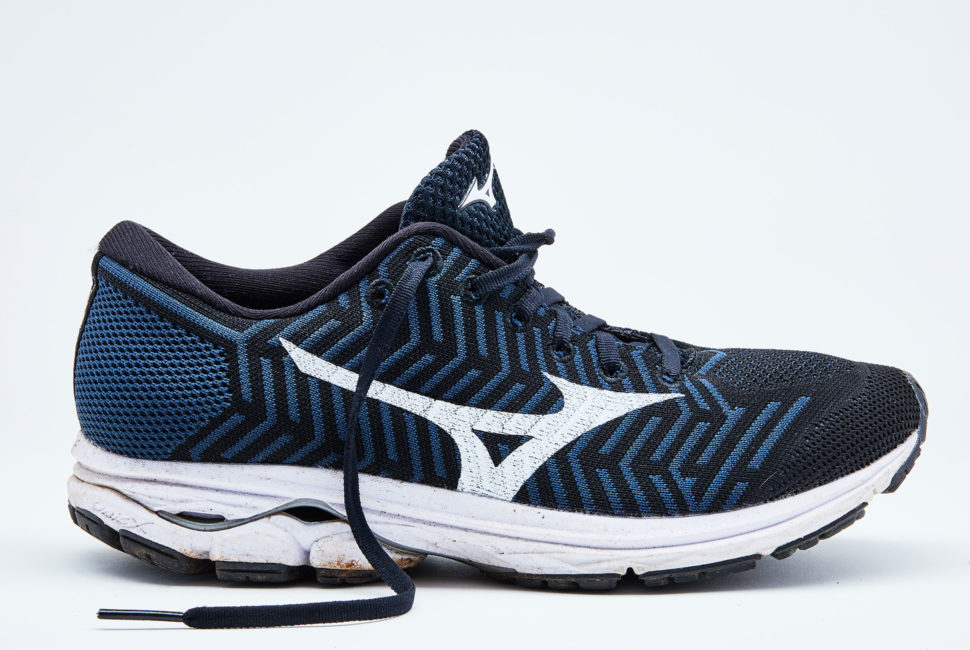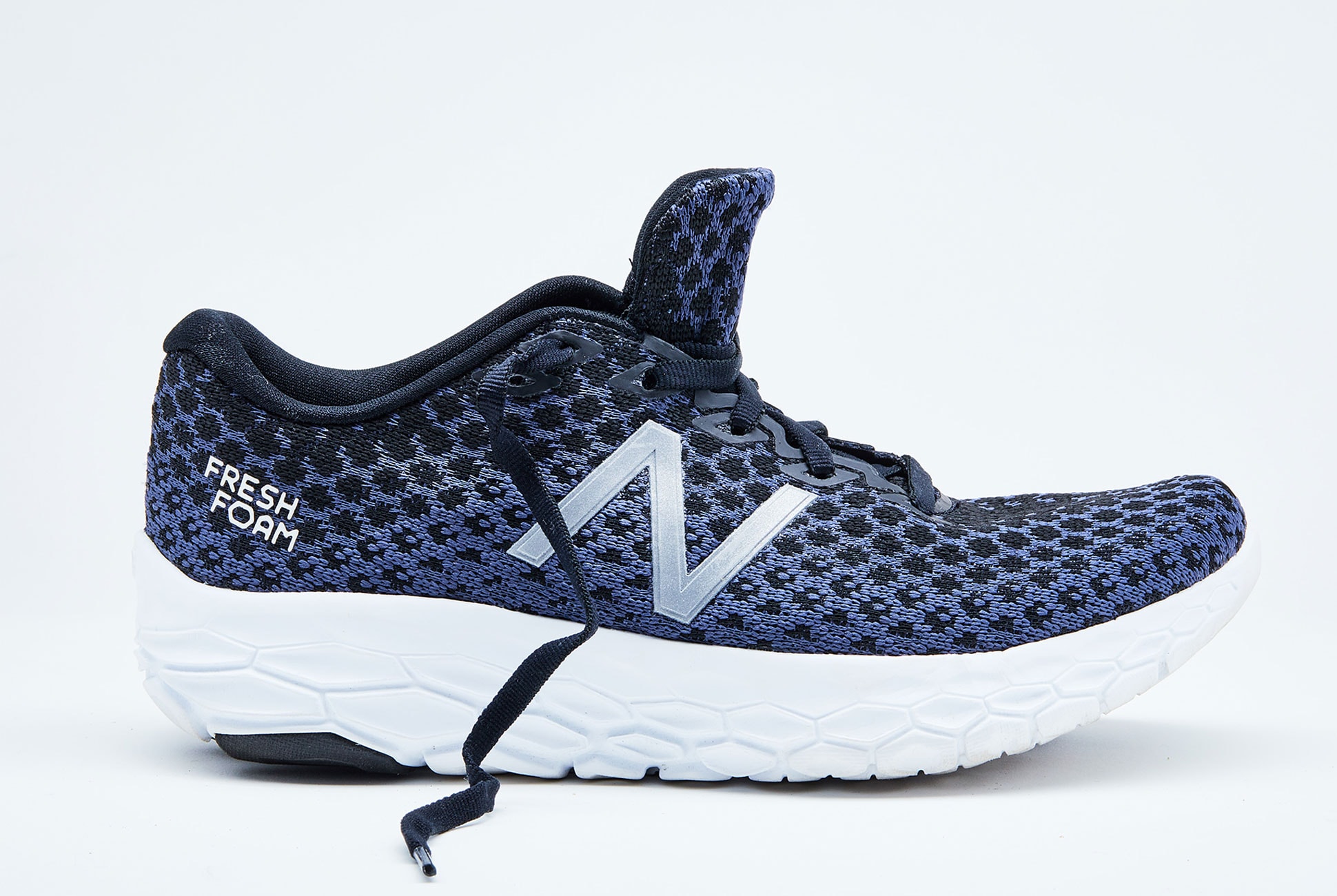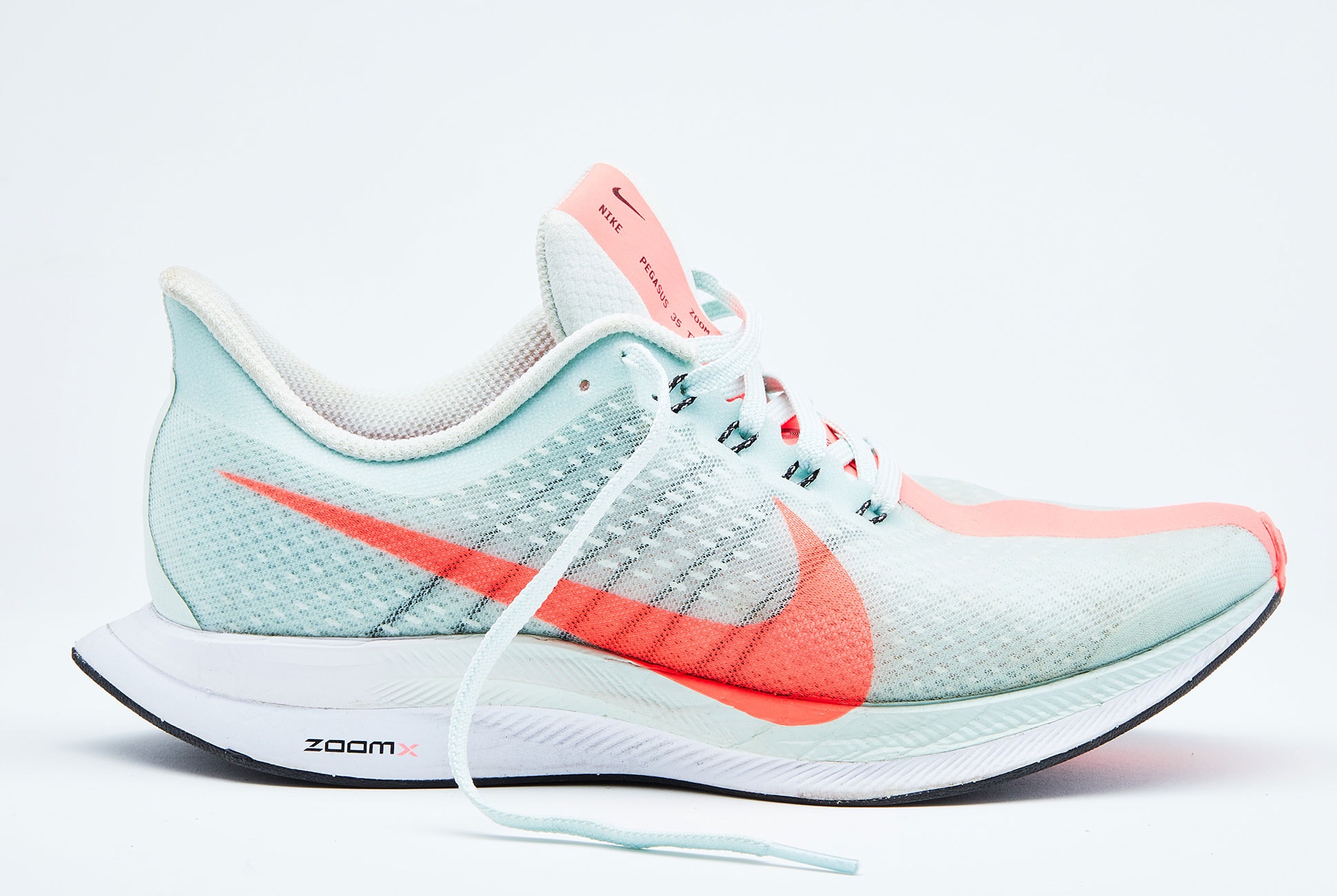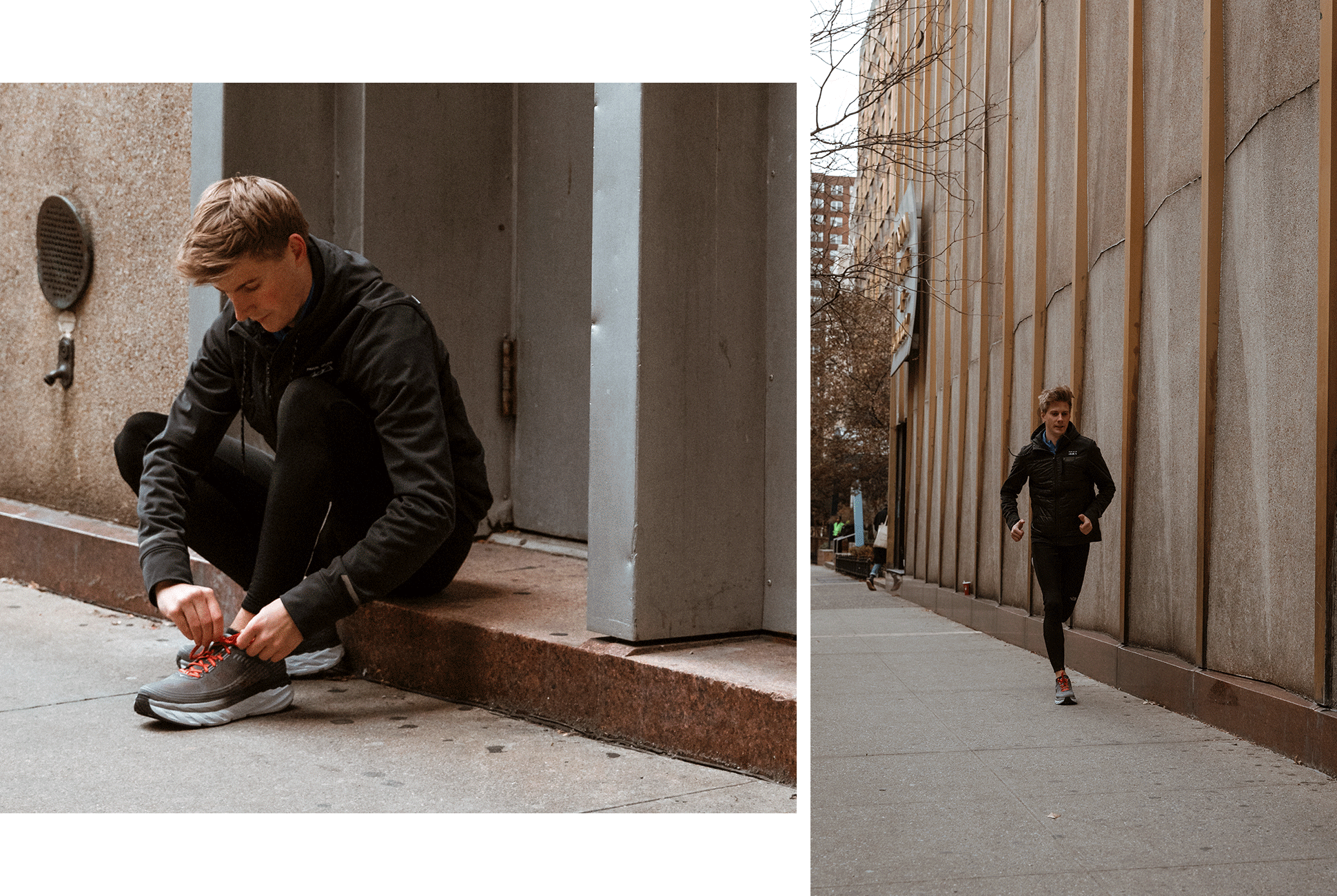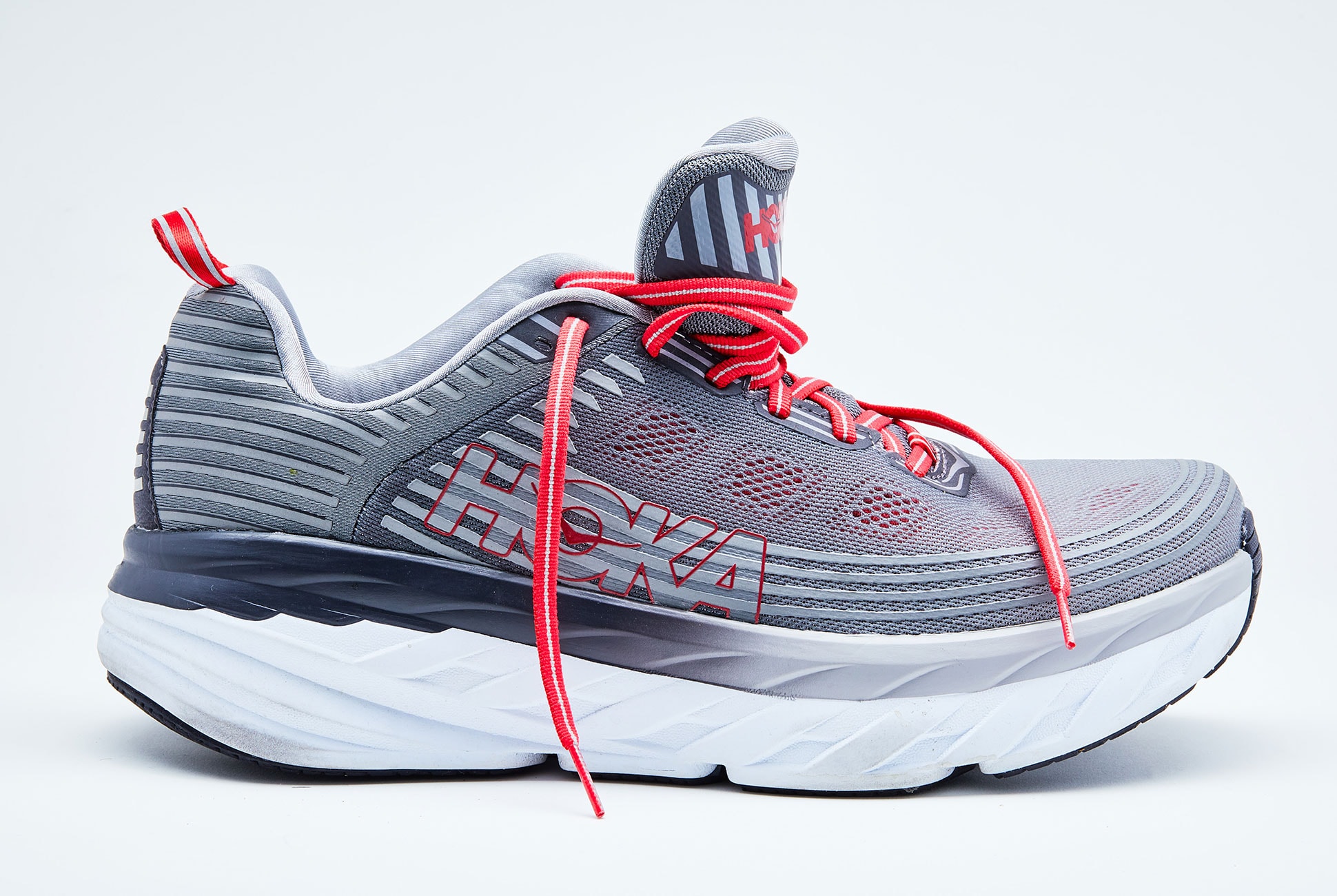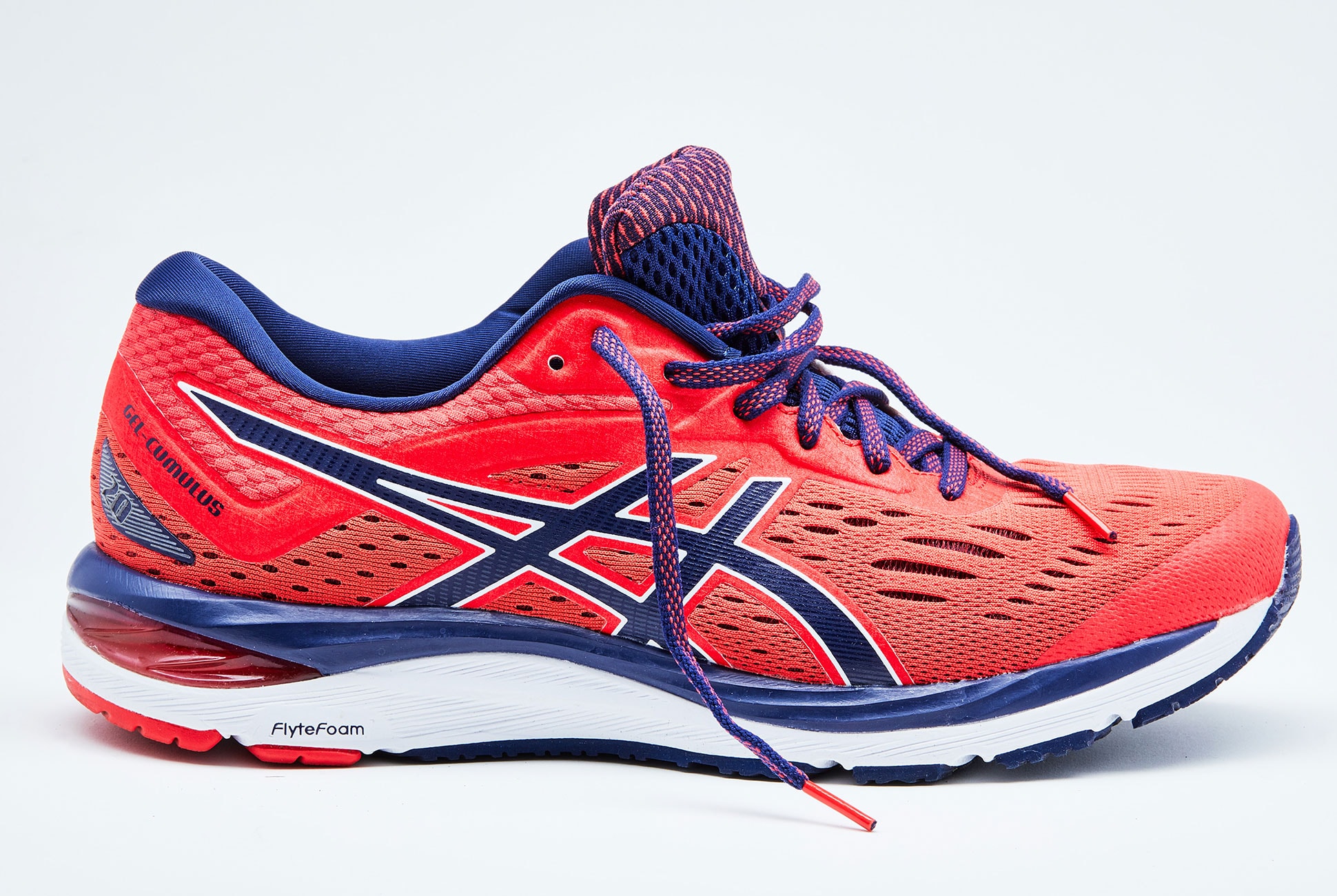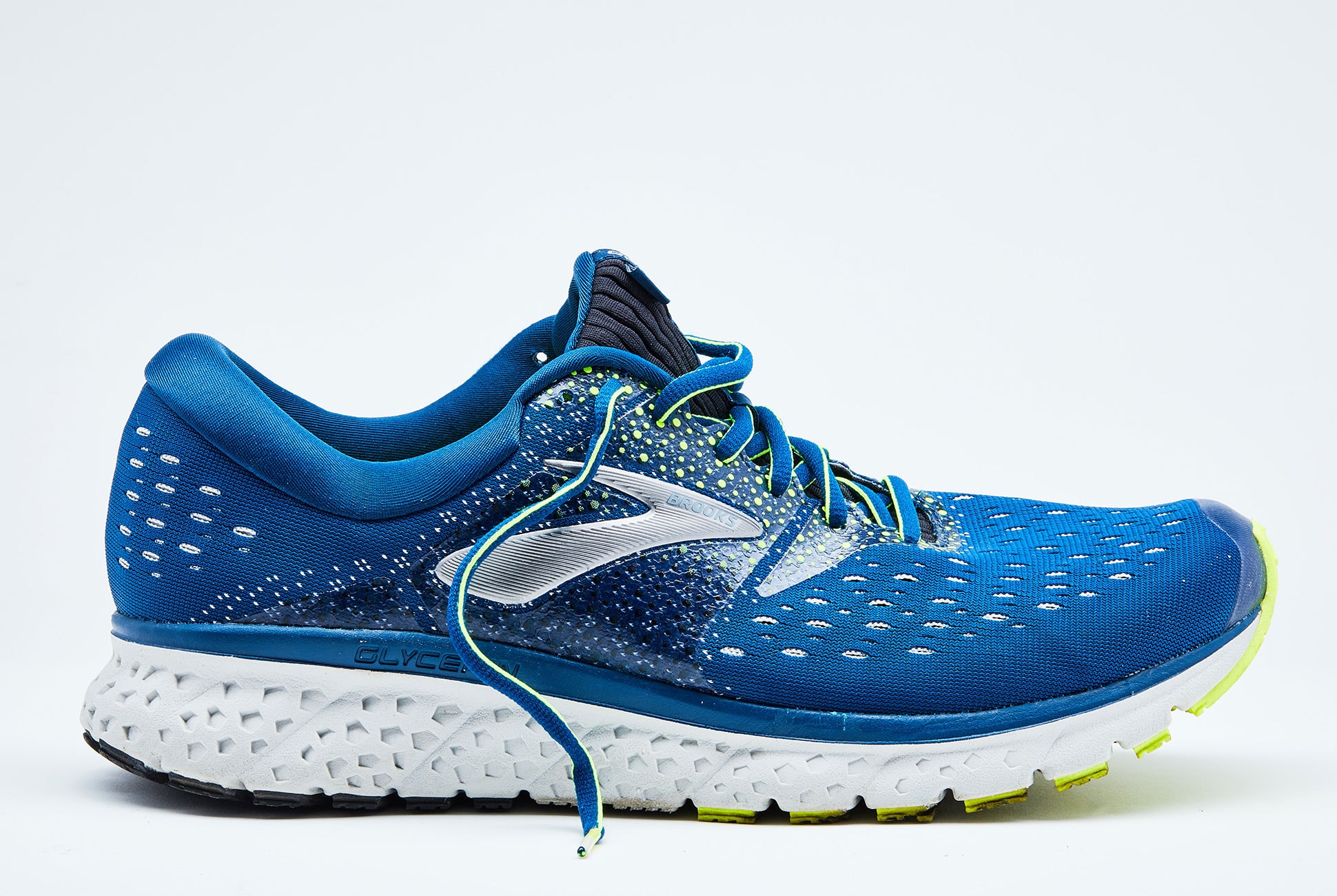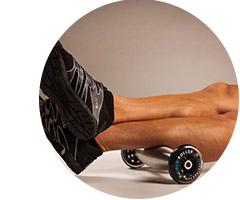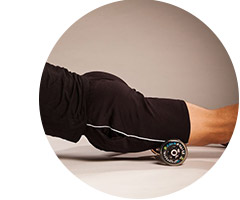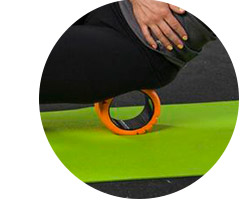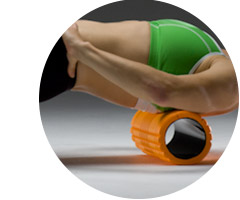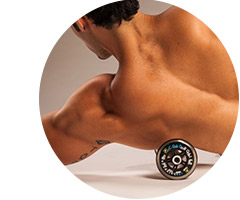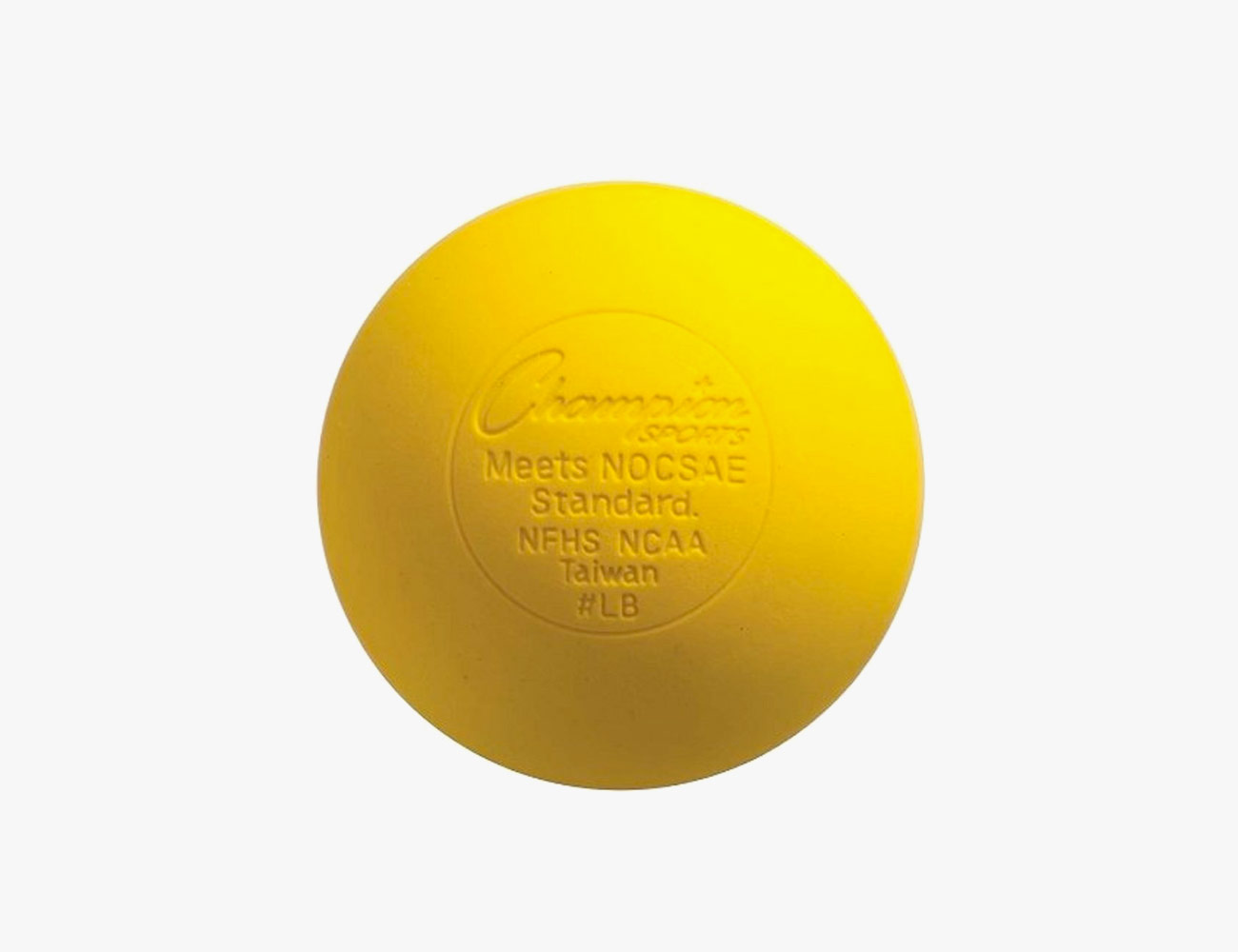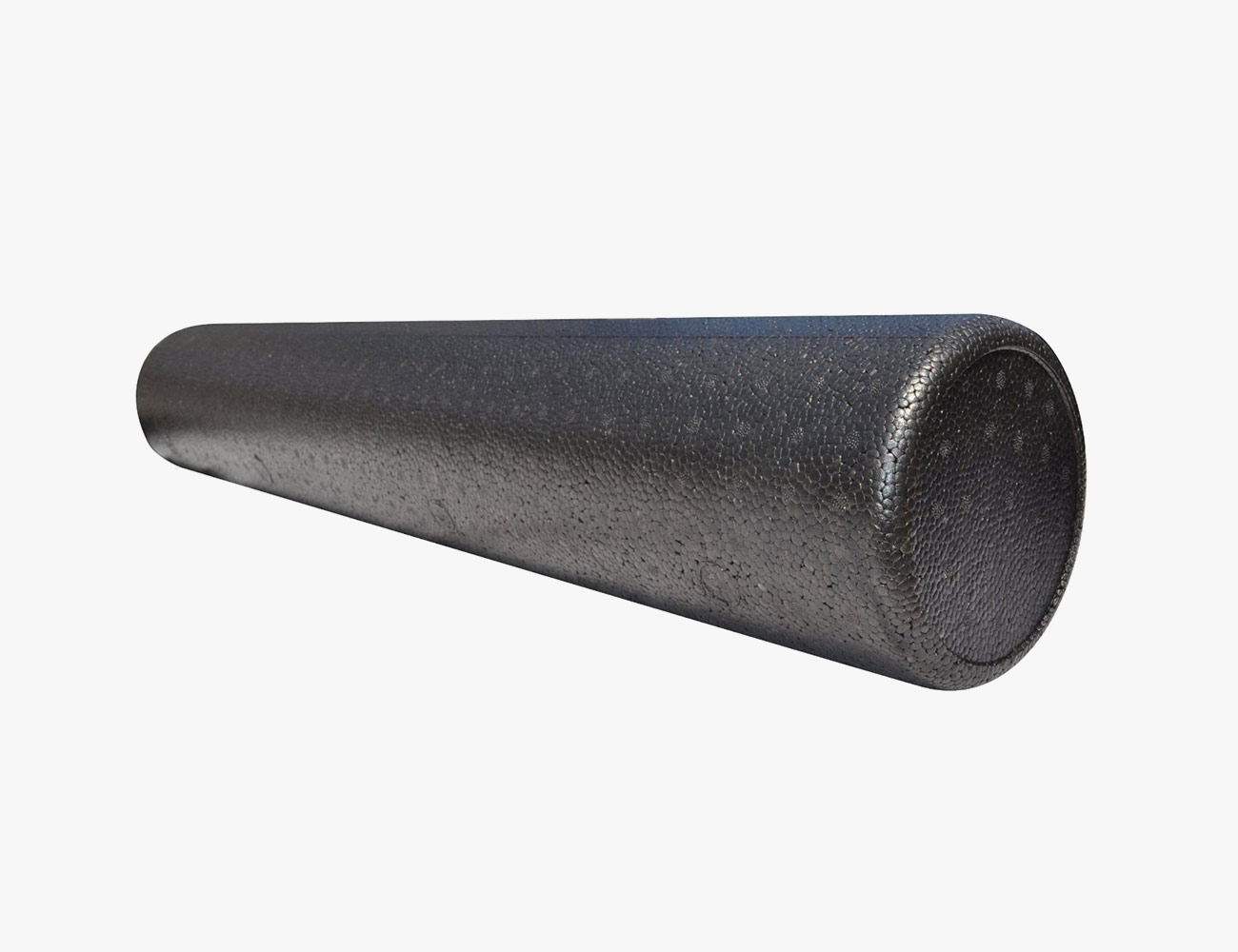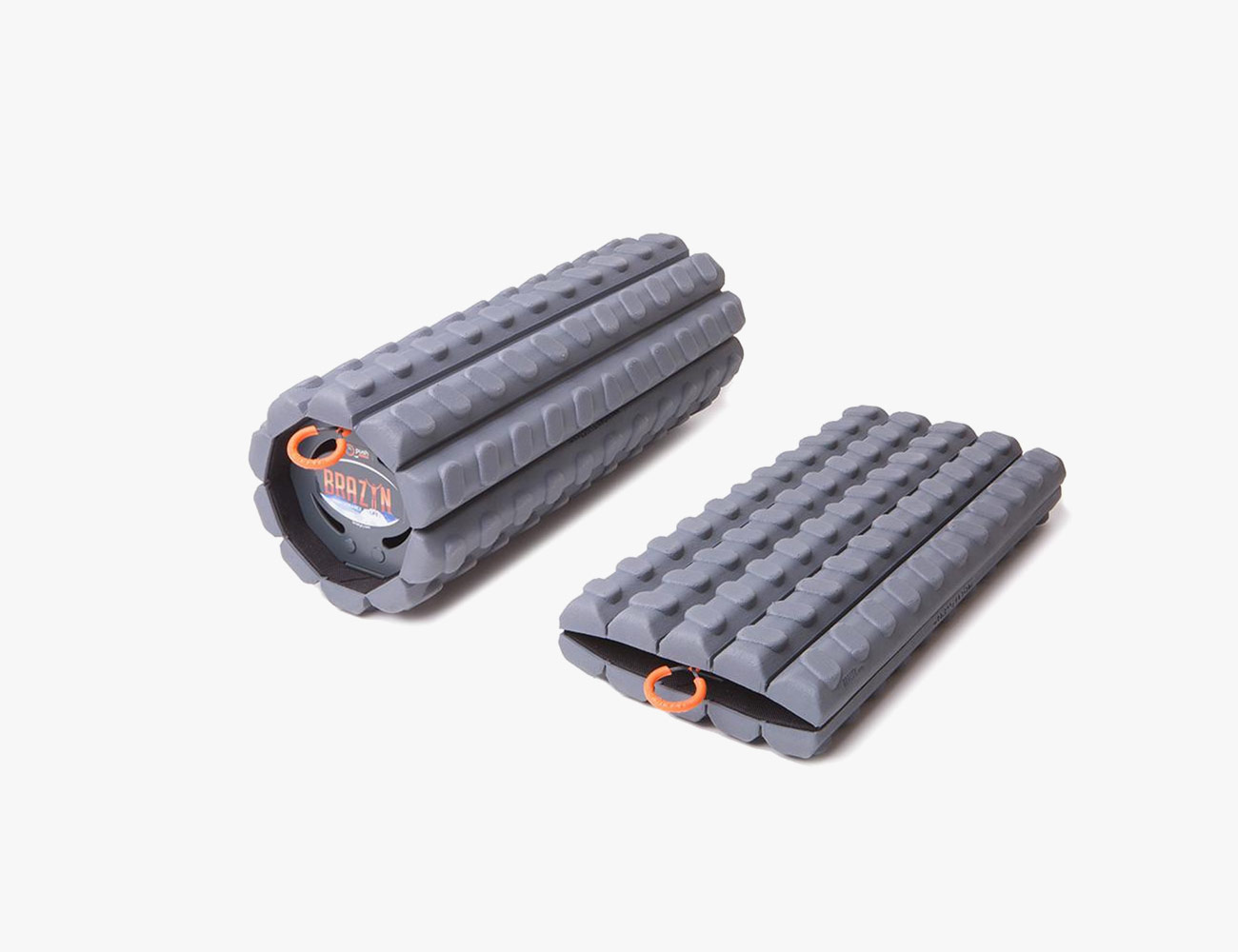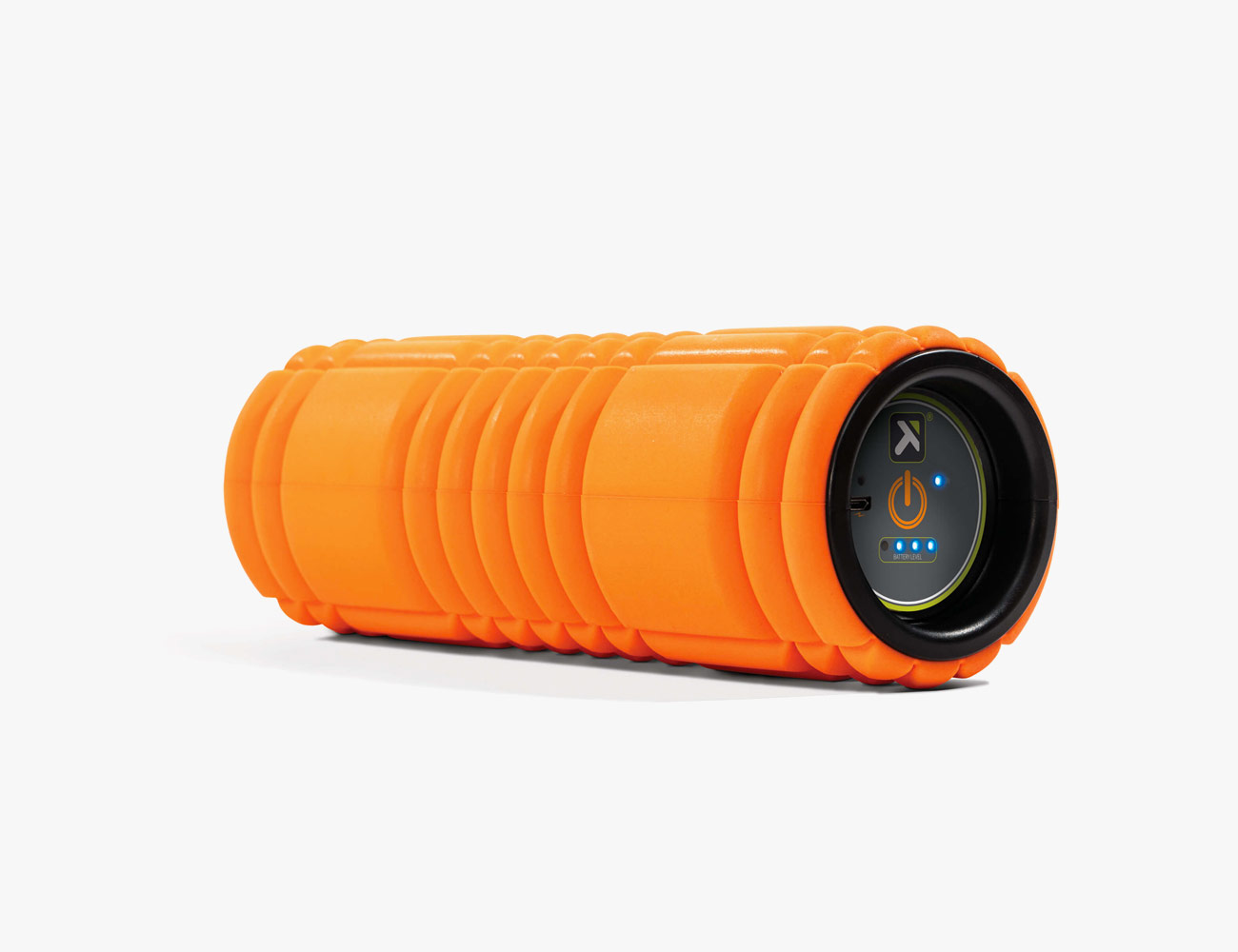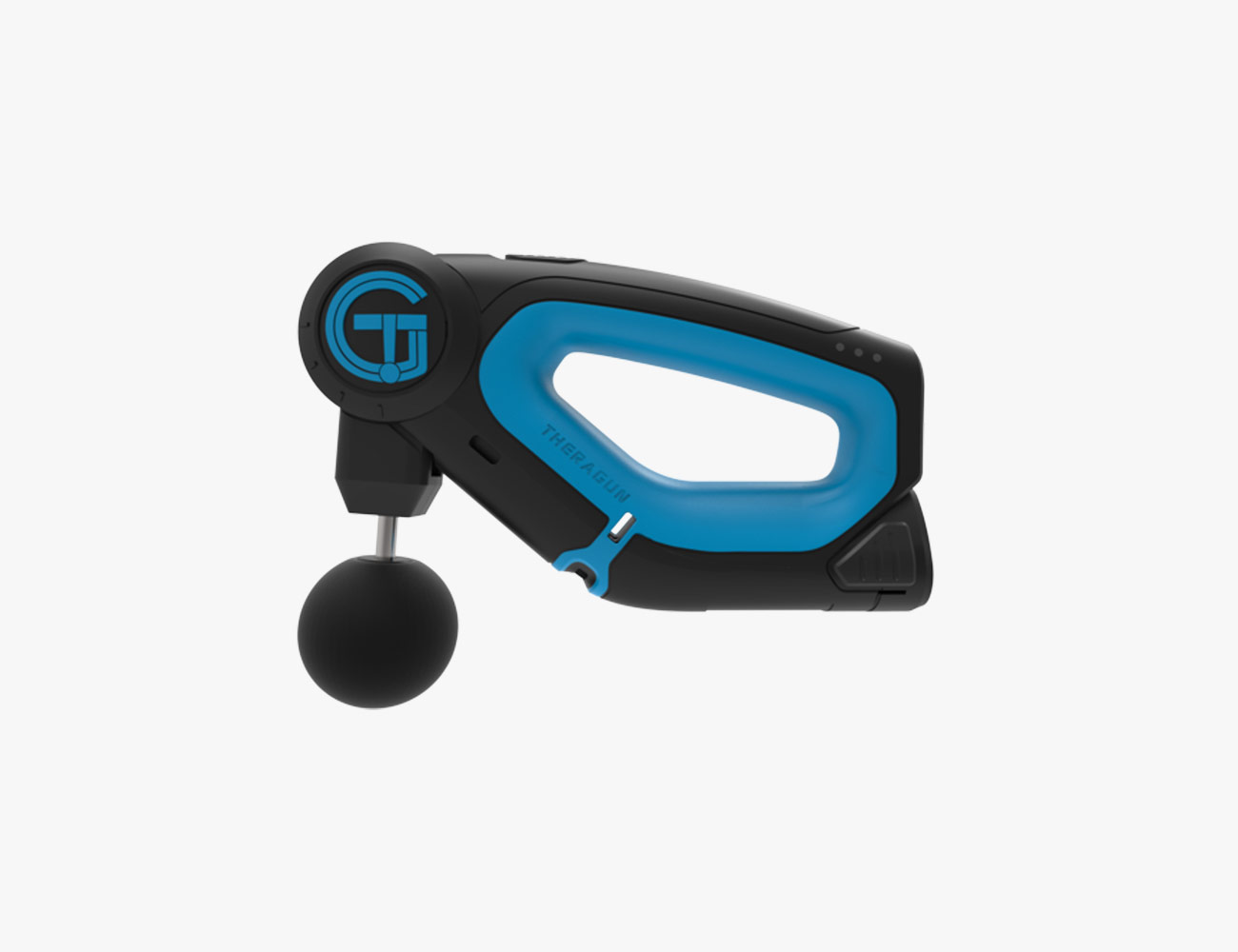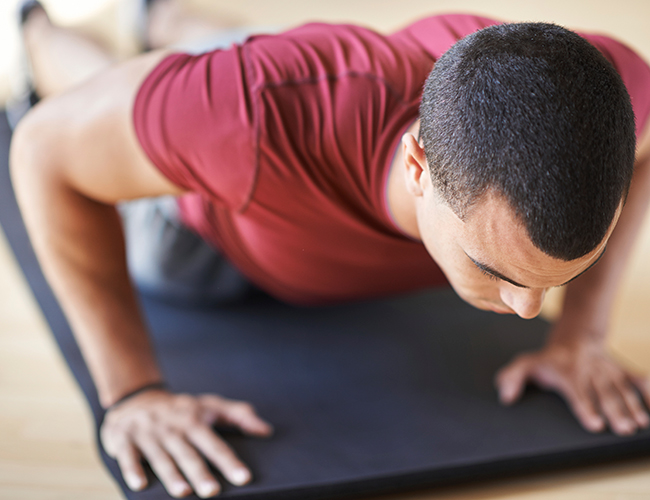The 16 Best Running Shoes Available Right Now
This guide provides our picks for the best shoes for different kinds of runs — from speed sessions to easy days to long-distance journeys.
Introduction
Even with the postponement of the Olympics and major marathons, the running shoe industry shows no signs of slowing down. Our favorite brands continue rolling out new versions of favorites, upgrades to classics and more brand-new foams and lasts than you’d even think possible. While finding the right pair of sneakers is incredibly personal, we keep tabs on the latest releases and try them out to see what lives up to the hype. This list incorporates recent winners as well as time-tested standbys so you can find the perfect pair of shoes no matter how you run.
How We Test Shoes
Throughout the year, our crew tests and reviews some of the most buzzed-about running shoes. We work with a variety of brands to make sure we’re on top of what you’ll see when you walk into your local running specialty store.
We take to the roads in 90-degree weather and 0-degree weather, noting how that temperature affects the foam and gel. We also wear the shoes to walk around all day and on long travel weekends to get an overarching picture of what each shoe can actually do and what its limitations are. Beyond pure fit, we evaluate shoes from a durability, comfort and reliability perspective. We note if the shoes make us feel zippy, help us slog through training miles or fall a little flat.
We then separate them into three distinct categories because we know that in order to prevent injuries, it’s best to rotate sneakers. While it can seem pricey, it helps your sneakers last longer and will keep your feet in better shape. Without further ado, here are our 16 favorite running shoes right now.
The Best Running Shoes for Speed
These shoes are, at their core, race-day shoes. They’re the ones you’ll pull on for track practices and 200-meter repeats. They are the ones you want to wear to log PRs in competitive situations. Editor’s note: normally Nike’s blazing Next % sneakers would appear in this section, but as those shoes are not currently available, we’ve left them out for the time being.
New Balance FuelCell Rebel

These speedy sneakers use the same foam, FuelCell, as the New Balance 5280 spike-like track shoes, the ones Jenny Simpson wore the past two years to win the Fifth Avenue Mile. While they feel a bit funky when you first step in — “it took a minute for my heel to settle and my toes to have some room,” one tester says — the shoes are surprisingly stable. Testers like the feel, calling it “incredibly aggressive and bouncy,” which makes it ideal for fast speeds, even, as one tester puts it, “when I’m not feeling fast in any other way.” If you’re looking to boost your track workouts, these add a shotgun blast.
Weight: 7.3 ounces
Heel to Toe Height: 6 mm
Reebok Floatride Run Fast 2
Reebok dove into running back in 2017 and now makes race-day speed shoes that are practically lighter than your kit. While we love the Run Fast Pros, that $250 price tag is hefty, so we recommend the FloatRide Run Fast 2 for $110 less. “The shoe is super light, and it feels that way,” says one tester. “I’d place it at the halfway point between a racing flat and an everyday trainer.” The mesh upper is breathable and perfect for a speedy mile through a marathon. These shoes feel extra springy on the track and turf so when you bust out 100-meter repeats, you get a boost of energy.
Weight: 7.7 ounces
Heel to Toe Height: 8mm
Skechers GoRun Razor 3 Hyper
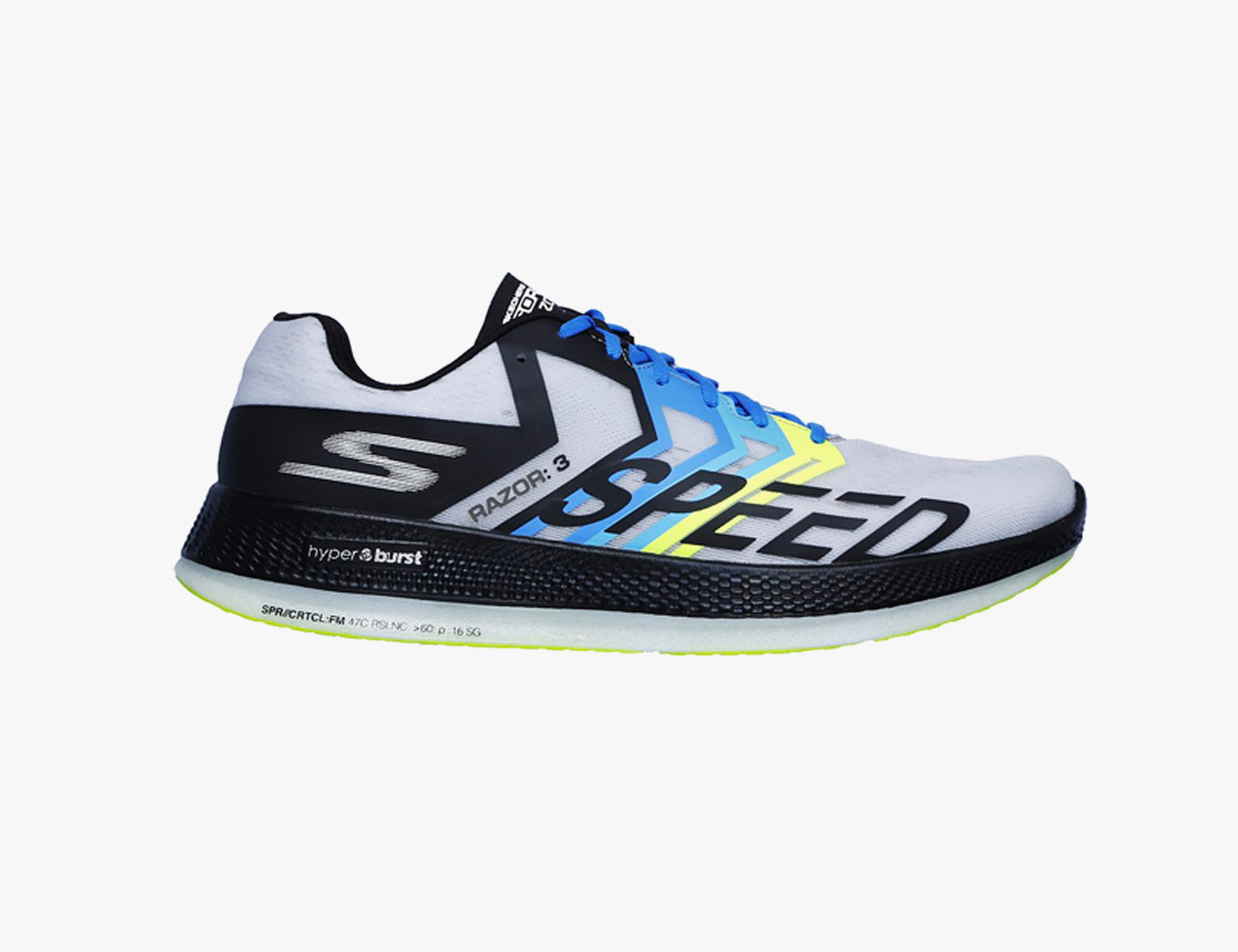
These shoes feel great right from the start. You may have a little extra room along the toe, but the lateral walls and heel cup provide support and a nice fit. The Hyper Burst midsole is brand new for the brand and feels squishy, yet slightly firm to the touch. “These disappear when running,” one tester says. “I ran in sub-32 degrees and could feel the foam warming up underneath me.” There were no hotspots, and you can really feel the ground. “I could even feel the little rocks under my feet when racing downhill.” If you have a hilly race, these are the fast shoes for you.
Weight: 6.4 ounces
Heel to Toe Height: 4 mm
Hoka One One Carbon X
Following in the carbon-fiber trend, Hoka One One launched the Carbon X, a race-day shoe for the everyman. The smooth, bouncy and fun sneaker features a carbon-fiber plate atop compression molded EVA and Injected R-bound. Whether you’re a heel striker or midfoot striker, the rocker on this sneaker will propel you forward. We tested under a variety of conditions, including a half marathon, from which we emerged with no hot spots or blisters. The one downside is the lack of stability off the pavement, but it’s still one of our favorite fitness products.
Weight: 8.7 ounces
Heel to Toe Height: 5 mm
The Best Running Shoes for Long Runs
Long run shoes are cushioned to the max. Some offer a rocker to propel you forward over the hundreds of miles you plan to put on them, and others let you still feel the ground while the foam underfoot might look like it’s not going to let you.
Asics Gel-Nimbus Lite
The Gel-Nimbus is an ideal sneaker for longer, easy runs and heavy-duty mileage. True to its name, it’s an ounce lighter than its predecessor, the Gel-Nimbus 22. And the FlyteFoam midsole paired with rear and forefoot gel cushioning helps to lessen the impact of each footfall while simultaneously helping your foot through its forefoot to midfoot transition, or heel to toe if you’re a heel striker. “I really dig these shoes,” states one tester, who wore them while clocking his fastest-ever marathon, right before coronavirus made such events a fantasy. “They’re a solid all-rounder, crowd-pleaser sorta shoe.”
Weight: 9.7 ounces
Heel Height: 25 mm
Forefoot Height: 15 mm
Pronation: Neutral
Hoka One One Clifton Edge
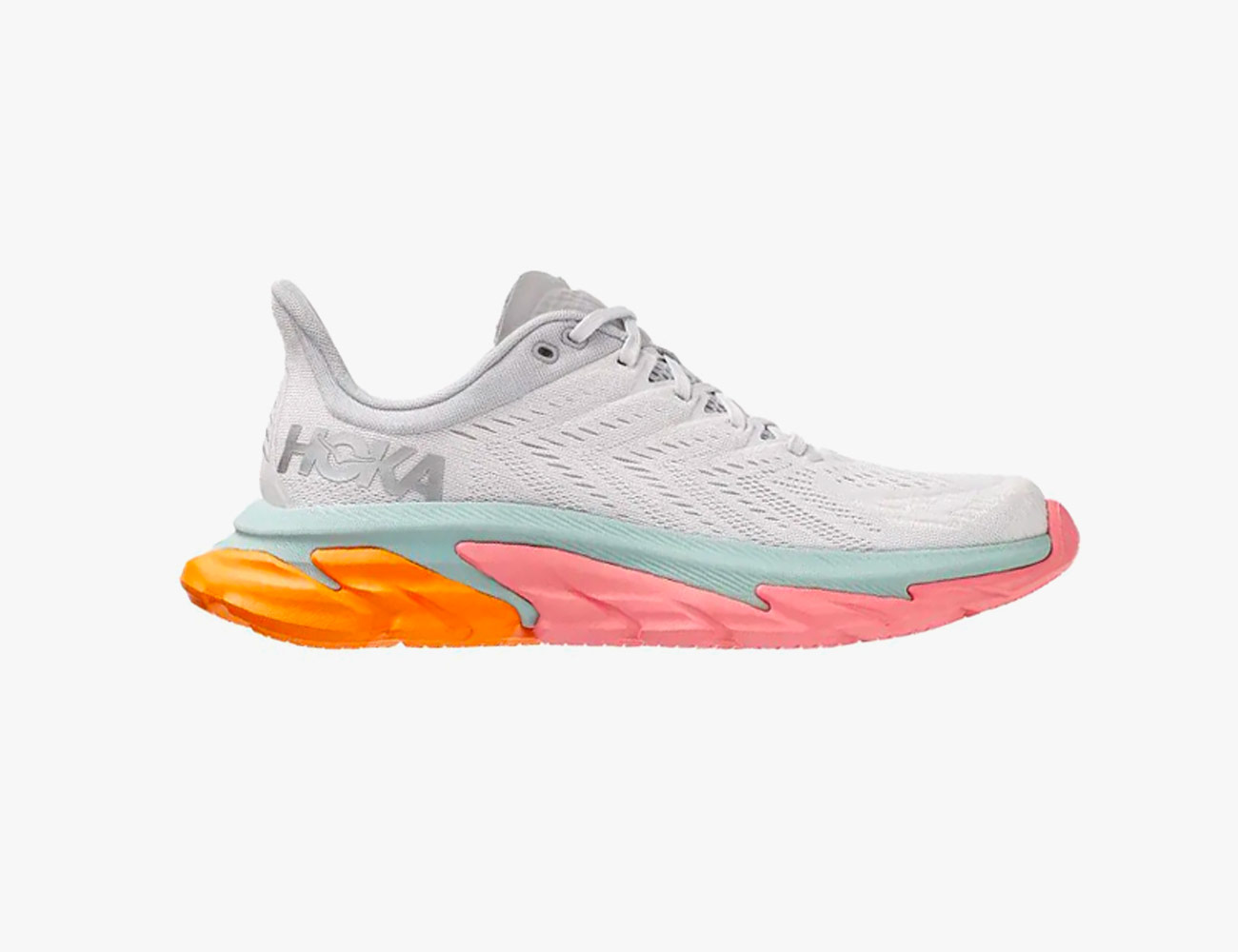
Don’t let the funky looks fool you; some of Hoka’s most innovative sneakers are as smooth and supportive as they come. “Despite its pumped-up form, the Clifton Edge is lightweight and doesn’t feel bulky,” one tester says of this brand-new shoe, which just became available yesterday. “On the contrary, its upper is minimal but still provides plenty of support and a locked-in heel hold, and the oversized base is responsive and springy while providing all the stability it promises.”
Weight: 8.93 ounces
Heel to Toe Height: 5 mm
Brooks Ghost 12
The Ghost has been a part of Brooks running line for seemingly forever — and it’s constantly at the top of the best-selling list for its all-around running prowess. Beginners to experts alike will find this shoe does what they need it to do. The blend of DNA Loft and BioMoGo DNA foam means the shoes are plushly supported but won’t weigh you down, so you sail through your training long runs. If you’ve run in the Ghost before, don’t worry about too many changes — it’s the engineered mesh upper that’s much sleeker than iterations past, but the responsive and soft feel is the same.
Weight: 10.4 ounces
Heel to Toe Height: 12 mm
Adidas Ultraboost 20
When Adidas launched Ultraboost in 2015, it was revolutionary. The foam, fit and feel package was strong, and people loved the crossover value each sneaker carried, from runways to air travel to run commuting. Neutral runners will love the latest iteration’s heel-to-toe Primeknit upper that’s often woven with colorful thread so you know where the shoe provides a bit more give. We love these shoes for half-marathon training — and for traveling, too. The 10.9-ounce weight somehow didn’t slow us down, and it added much-needed cushion to all the pavement pounding. While $180 might seem steep, there are constantly sales on the shoe, so keep an eye out.
Weight: 10.9 ounces
Heel to Toe Height: 10 mm
On Cloud X
This is the shoe you should reach for if you need a stable ride over the course of 100 miles. “It’s very light for a shoe this supportive,” one tester shares. “I had to adjust my running style to accommodate it, but I think this is true when swapping to any shoe. One thing I noticed was that they were super slippery on road paint (like on the yellow or white lines and bike lane lines) when running in the rain, but grippy otherwise.” There’s a lot of structure in this shoe, so you will have to get used to that, but with a dual-density sock liner and adaptive memory foam, soon enough these shoes will fit like a glove.
Weight: 8 ounces
Heel to Toe Height: 6 mm
New Balance 1080 V10
New Balance nails the fit on version 10 of the well-cushioned and comfortable 1080s. Would we recommend them? “Without question,” says one tester. Pull these on for your weekly long runs to feel supported, yet springy, so your legs are fresh the next day. “These are the most comfortable New Balances I’ve ever worn,” raves another tester. “The layer of Fresh Foam was incredibly responsive and could easily compete with Hoka One One’s lightweight cushioning.”
Weight: 10.4 ounces
Heel to Toe Height: 8 mm
The Best Running Shoes for Easy Days
Finally, these easy run shoes are the ones that we’d pick up to run on tempo days as well as days when we’re just headed out for a five-miler or need to escape the house for a quickie.
Saucony Kinvara 11
A decade after the original Kinvara appeared, this shoe is still a favorite for the Saucony Racing Team — and for ours. “They offer enough support that my feet feel cradled,” says one tester. Lightweight PWRRUN cushioning, a flexible outsole for quick transitions and a form-fitting upper do the trick: “I see these as excellent shoes for quicker workouts and tempo runs. They aren’t true race shoes, but for anything 10k or below, I’d feel very comfortable racing in them.”
Weight: 7.8 ounces
Heel Height: 28.5 mm
Forefoot Height: 24.5 mm
Mizuno Rider Waveknit 3
“These shoes have everything I liked about the Waverider 21 and 22 but are definitely more comfortable and breathable with the knit upper,” one tester says. Featuring a SmoothRide midsole and Mizuno Wave cushioning, the shoes are sure to feel peppy as you run. “Mizuno made what I consider to be one of the most comfortable running shoes available even more comfortable while leaving the supportive heel structure in place.” Pick these up for tempo runs as well as long easy days — whatever you need.
Weight: 10 ounces
Heel to Toe Height: 12 mm
Under Armour HOVR Sonic 2
Now just $91, these shoes are a steal for the number of times you’ll pull them on for easy runs and for everyday wear. A stretchy tongue and external heel clip make the fit snug, yet easy to slide off without untying the laces. The cushion is right in between rigid and plush, sure to please neutral runners. A super breathable knit upper make this one of the picks our testers reached for during hot summer days, but don’t let that dissuade you from buying for winter. A good pair of running socks will keep your feet warm. “If you’re a no-wasted-movement elite-ish runner, you probably won’t sweat it,” caveats one tester, “but if you’re more of a pavement-pounding middle-packer, you might feel the same over the final few miles of a longer run.”
Weight: 10 ounces
Heel to Toe Height: 8 mm
Altra Torin 4
The Torin 4 is a lightweight update to the Torin 3.5, despite the very plush 26 mm of cushion underfoot. A foot-shaped toe box means your toes actually have room to breathe. Testers who wore Altras for the first time were impressed with the comfortable and responsive feel. “I also found that with the zero drop, I was more responsive on the balls of my feet,” one tester observes. “I mentally fought against it at first, thinking that the sell of a ‘natural’ approach to foot strike wasn’t a real thing, but on hills, or even when I started to get tired, I found myself keeping pop in my forefoot and driving forward.”
Weight: 9.1 ounces
Stack Height: 26 mm (Zero Drop)
Nike Zoom Pegasus 37
The 37th version of the uber-popular Pegasus sneaker is the product of a new round of dynamic testing with both male and female runners. That research resulted in some major adjustments, most notably an airbag more than twice as thick (10mm vs. 4 mm) and concentrated in the forefoot. The result? “The new foam is noticeable,” says one tester of one of the newest entries on this list. “It’s a lot of softer and springier, but less responsive; the last two iterations of the Pegasus felt really quick and fast. I see the 37s as a return to form of sorts for what earlier iterations aspired to be: a no-nonsense running shoe for easy days.”
Weight: 10.05 ounces
Heel to Toe Height: 10 mm
Allbirds Tree Dasher
A surprise addition to our compilation is Allbirds’ first foray into performance footwear. “The one-piece upper is knit from FSC Certified eucalyptus trees, a lighter, eco-friendly alternative to merino wool,” our tester reports. “Since it’s all once piece, you don’t feel the upper stretching or rubbing in weird ways. There are no hot spots.” She’s impressed with the stability as well: “Your feet have a decent amount of support as you pivot to change running lanes on the track or quickly turn a corner to avoid having to stop at a light. The slightly wider toebox helps with fit, too.” Because the laces do not permit a heel lock, it’s not ideal for those with ankle issues, but it’s perfect for bouncing around town and light recovery runs.


